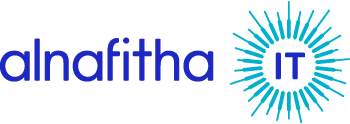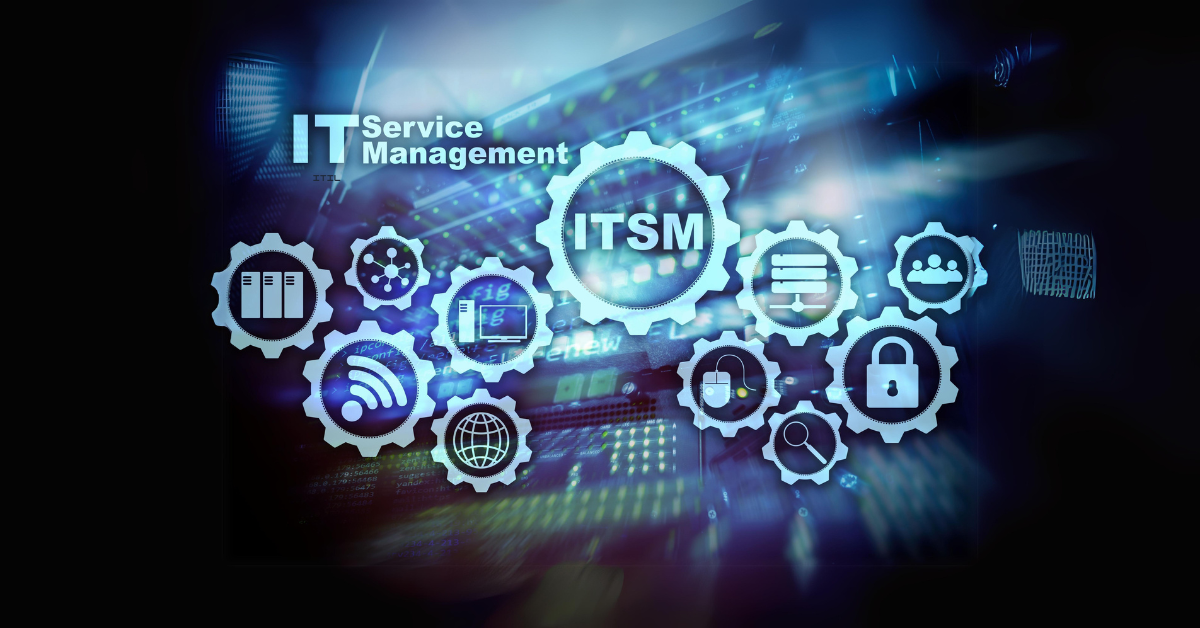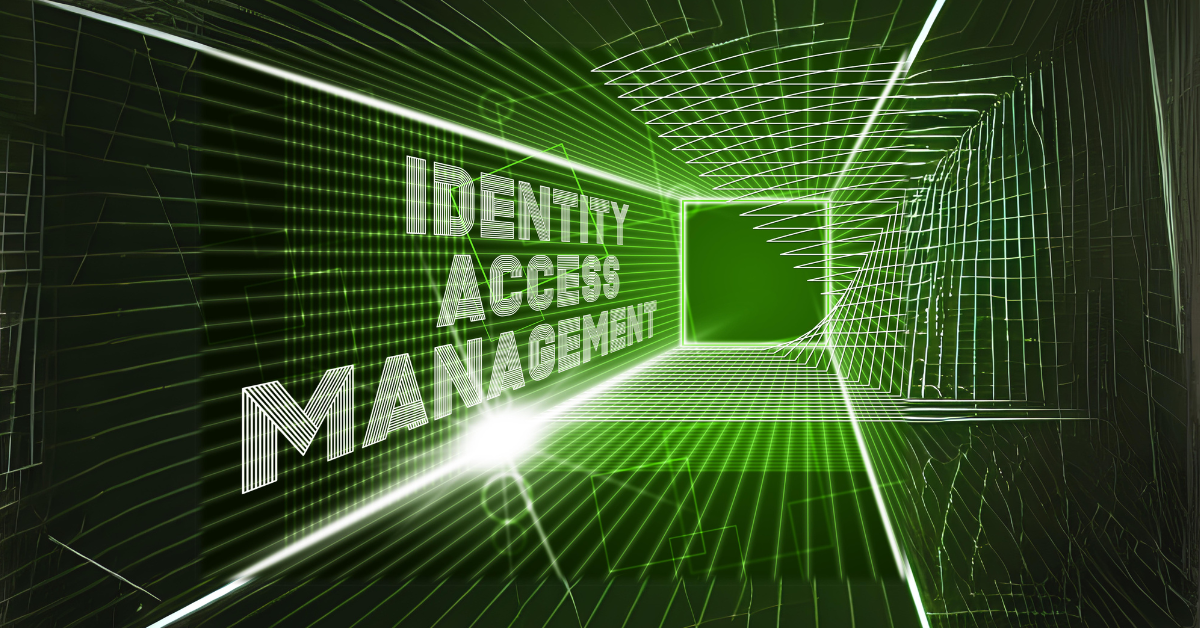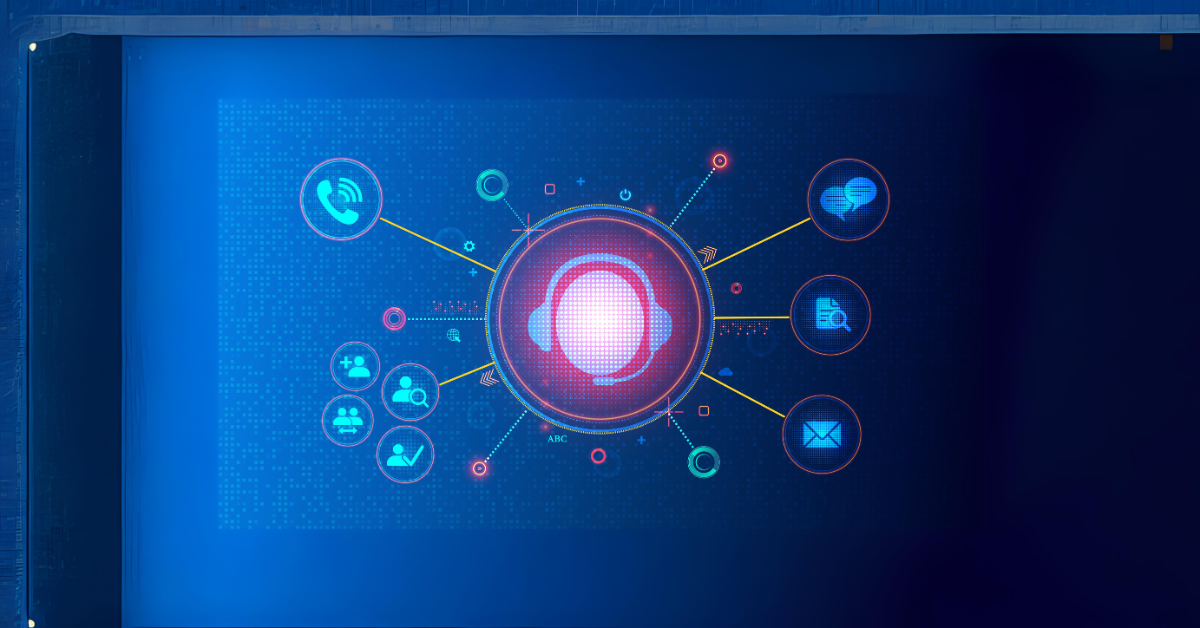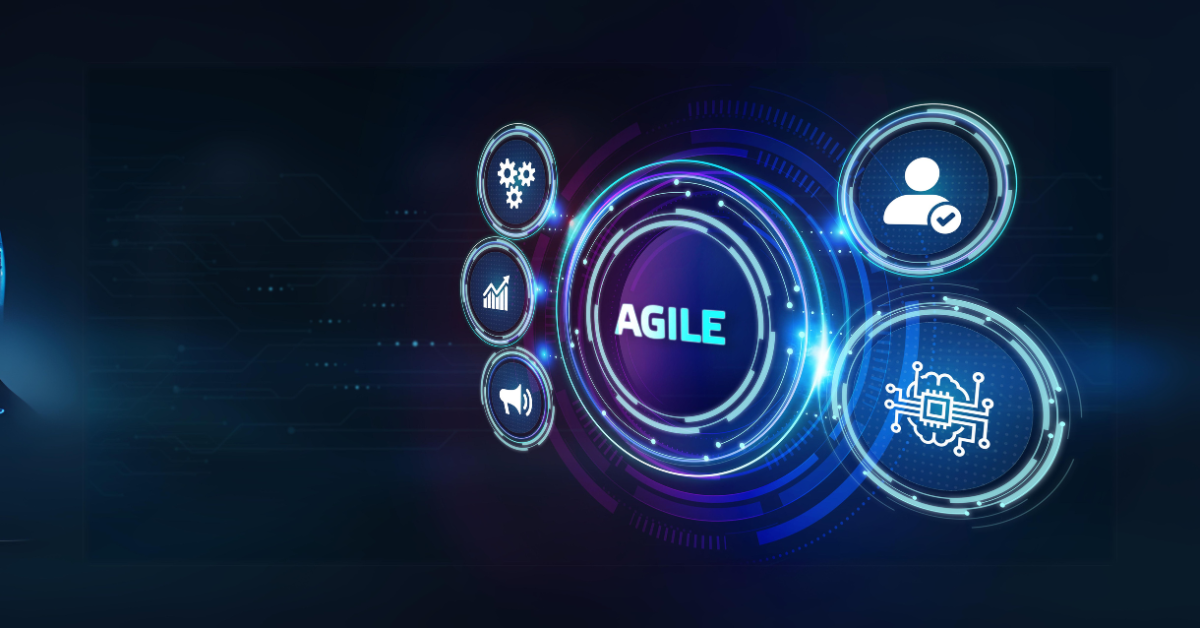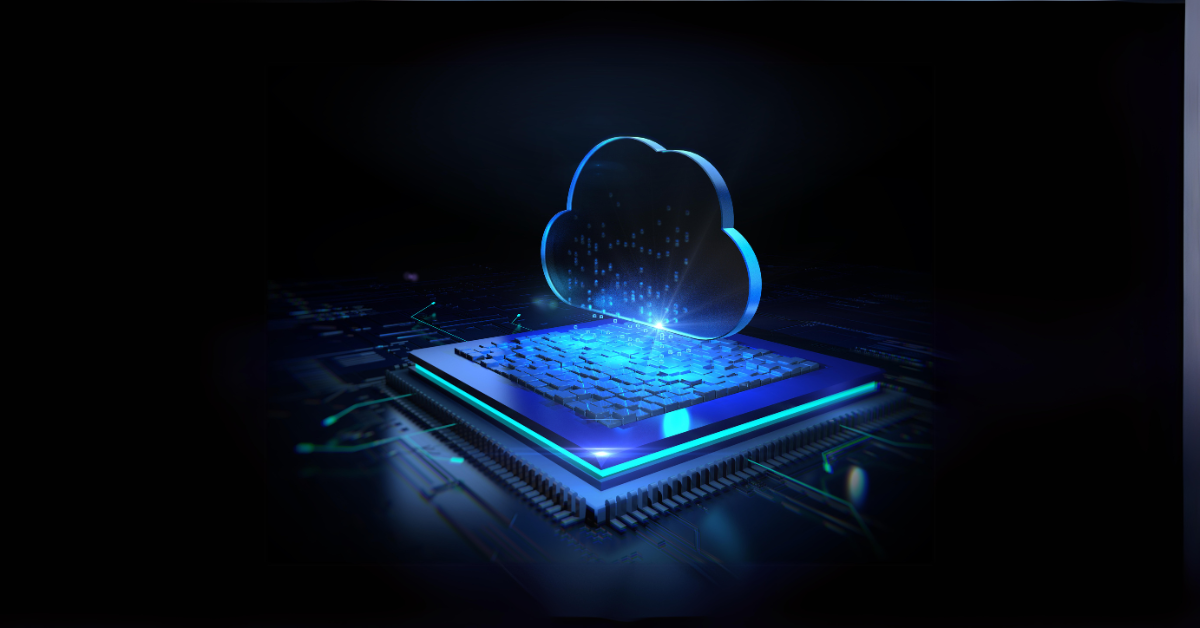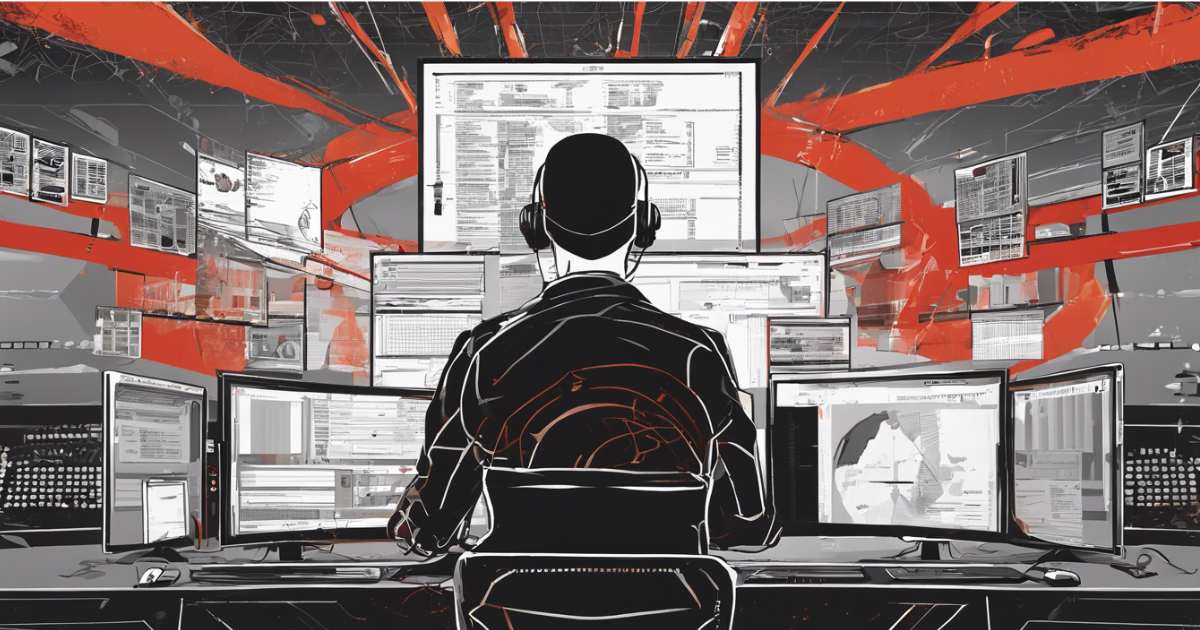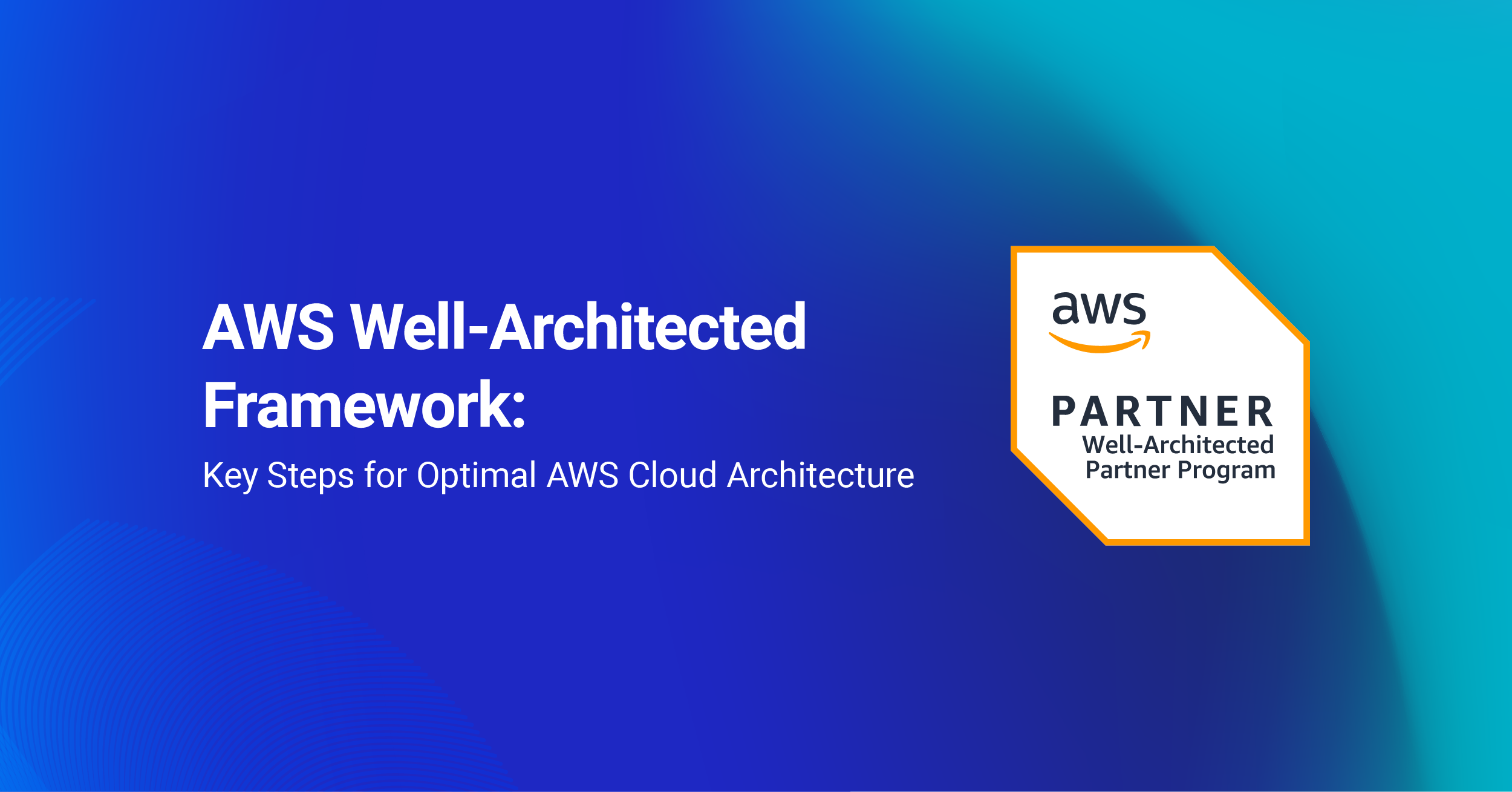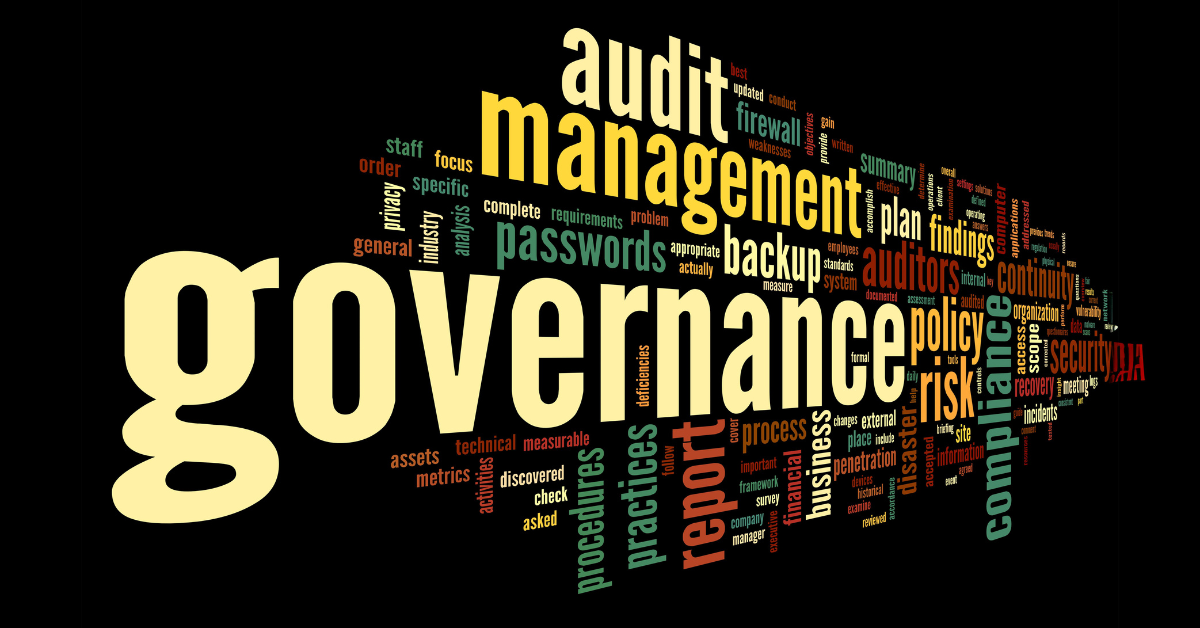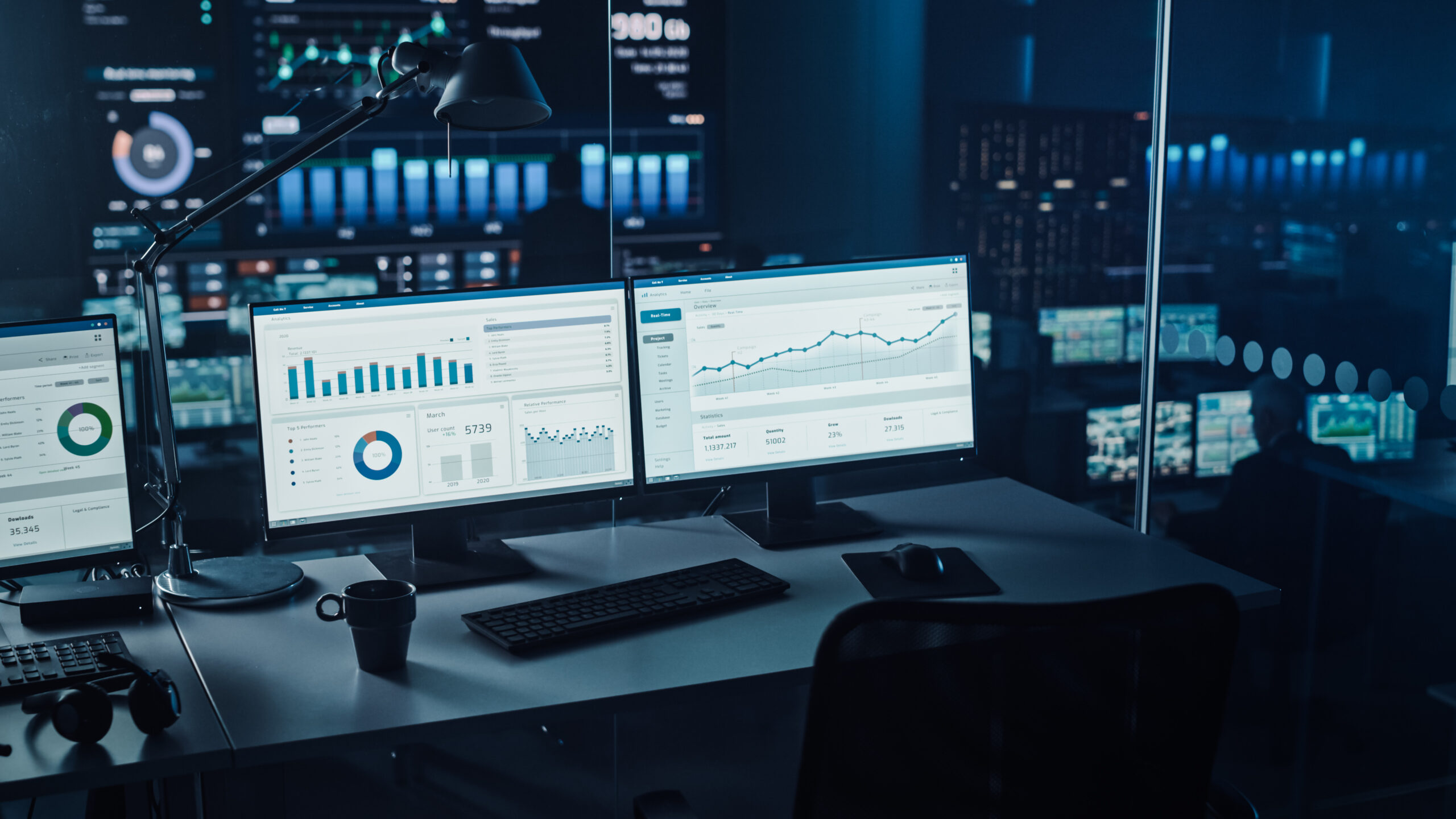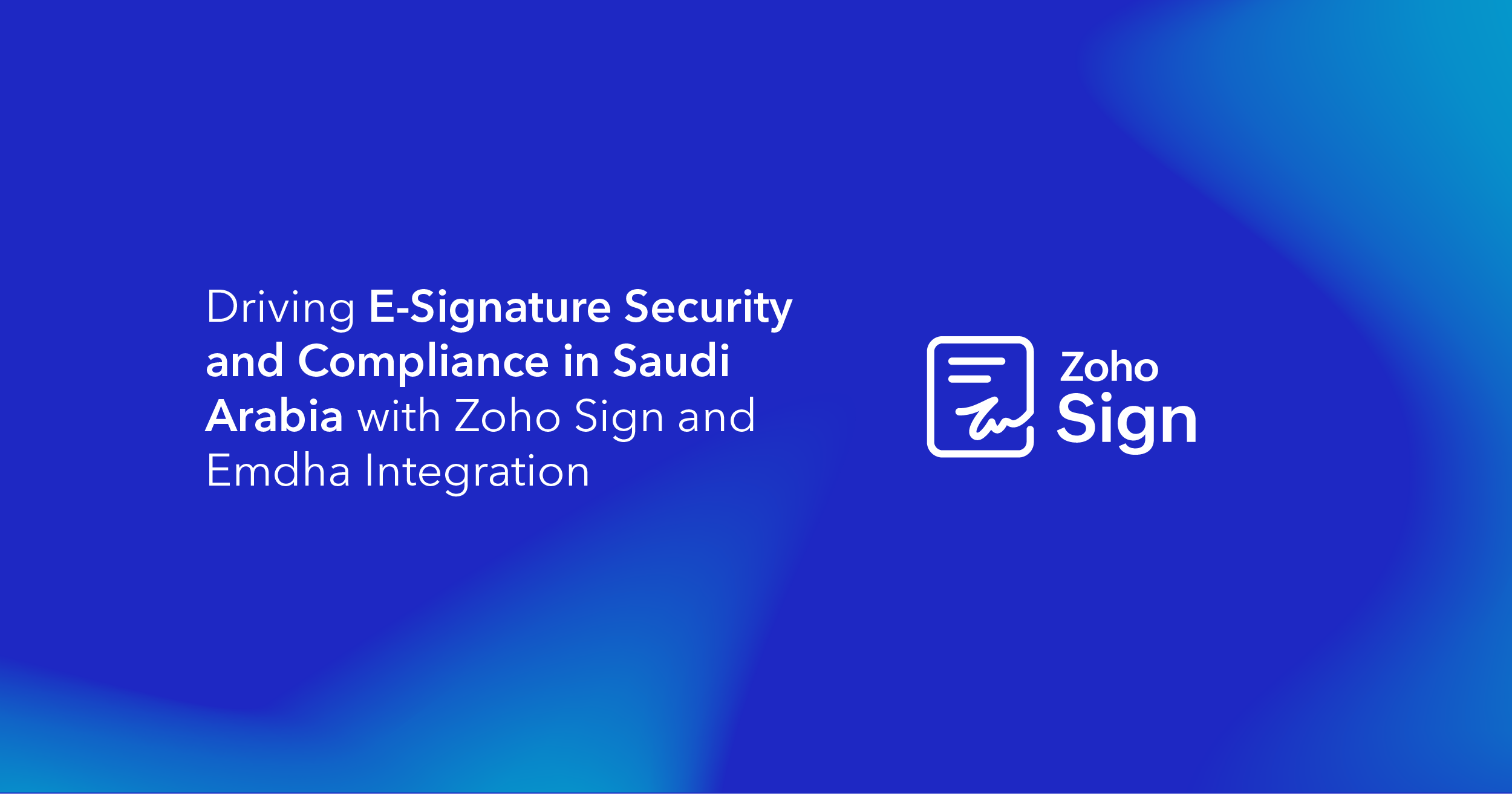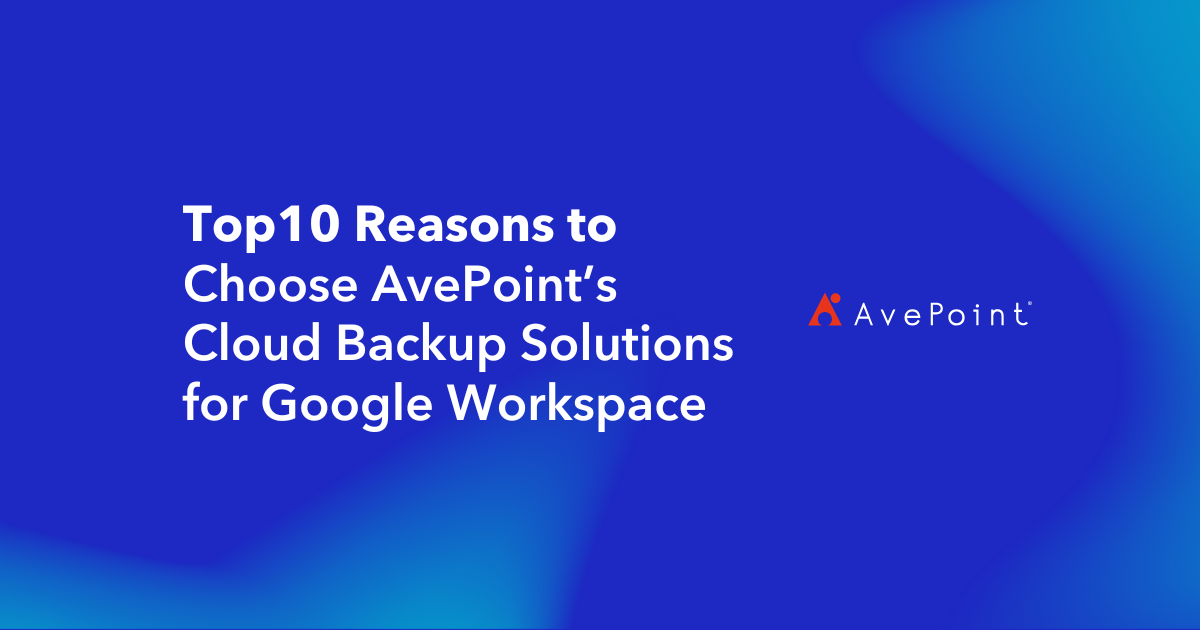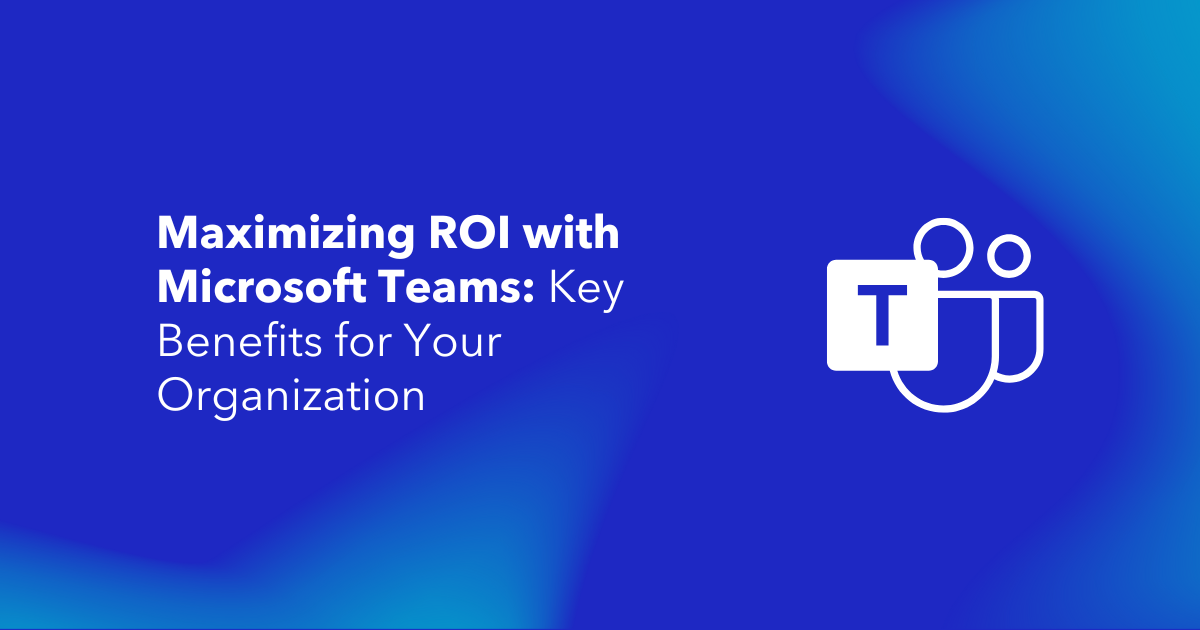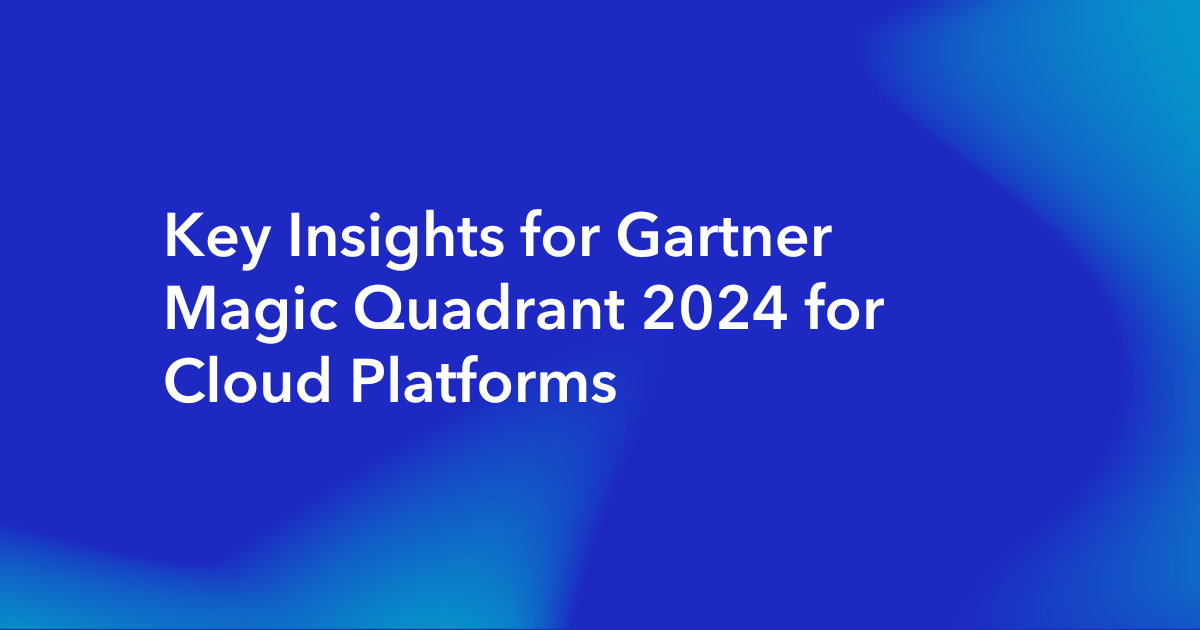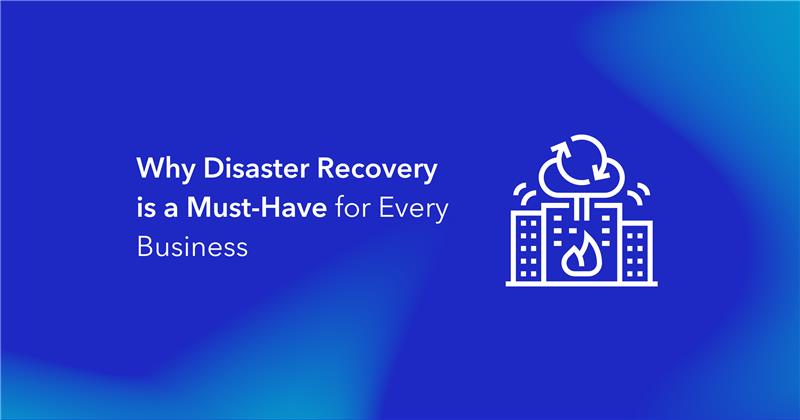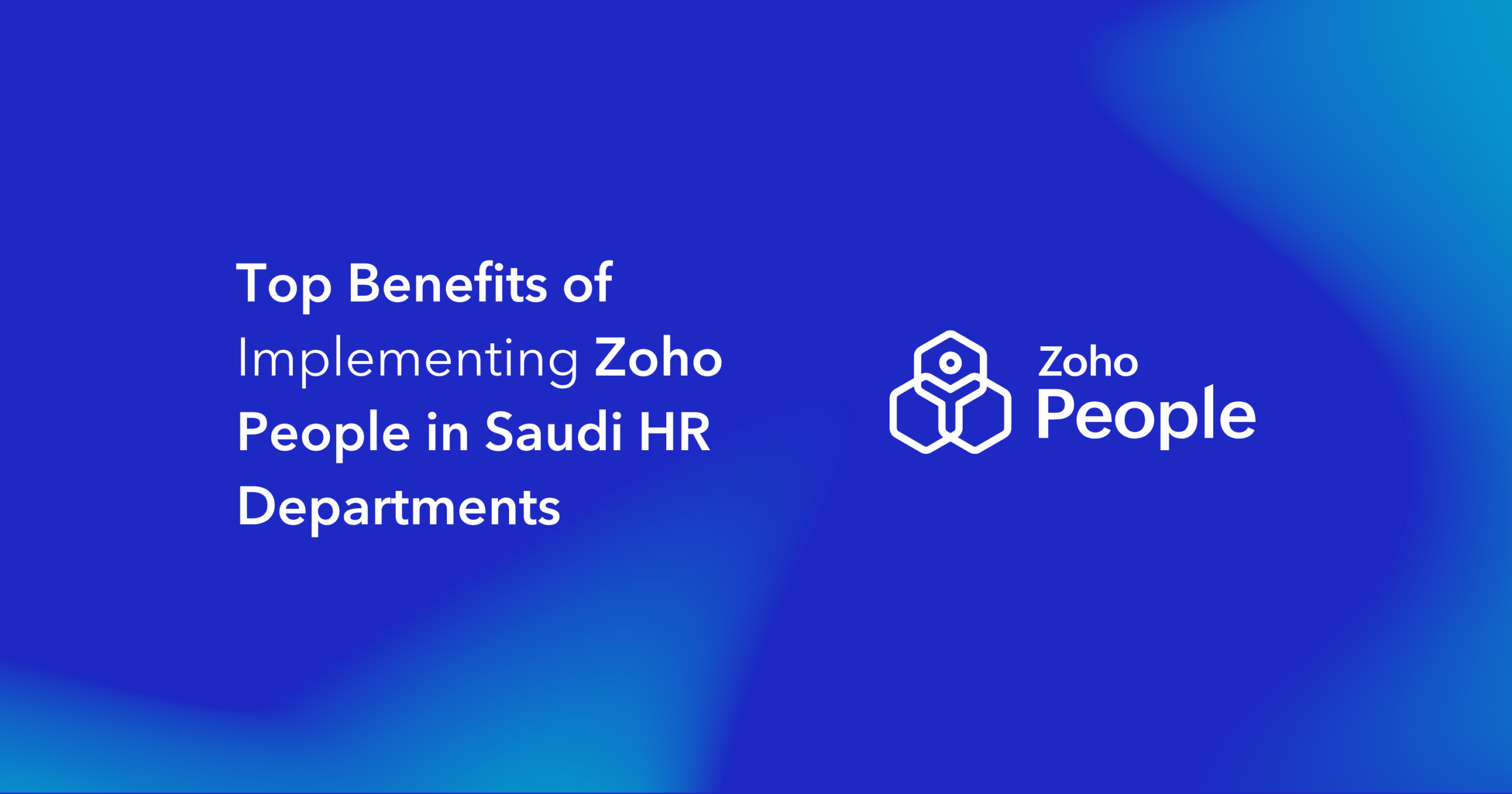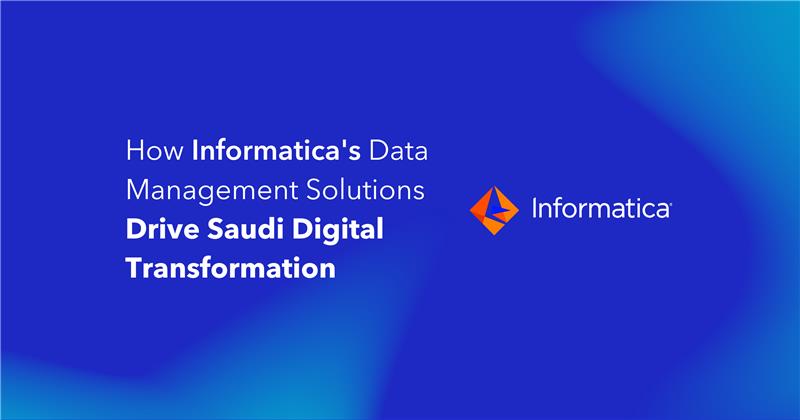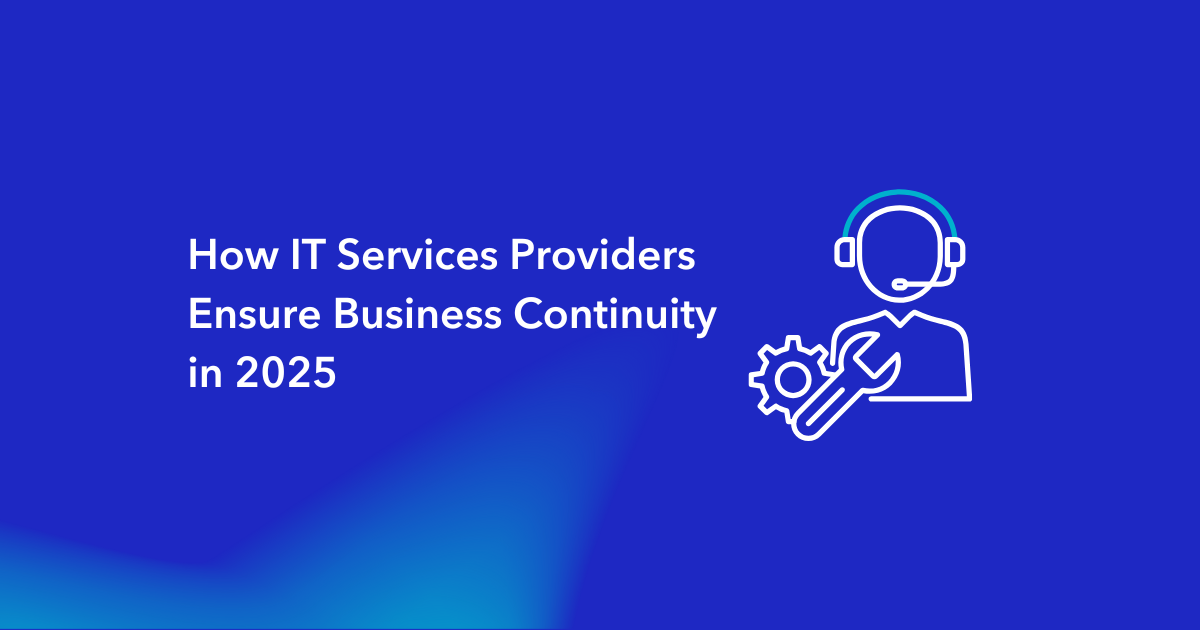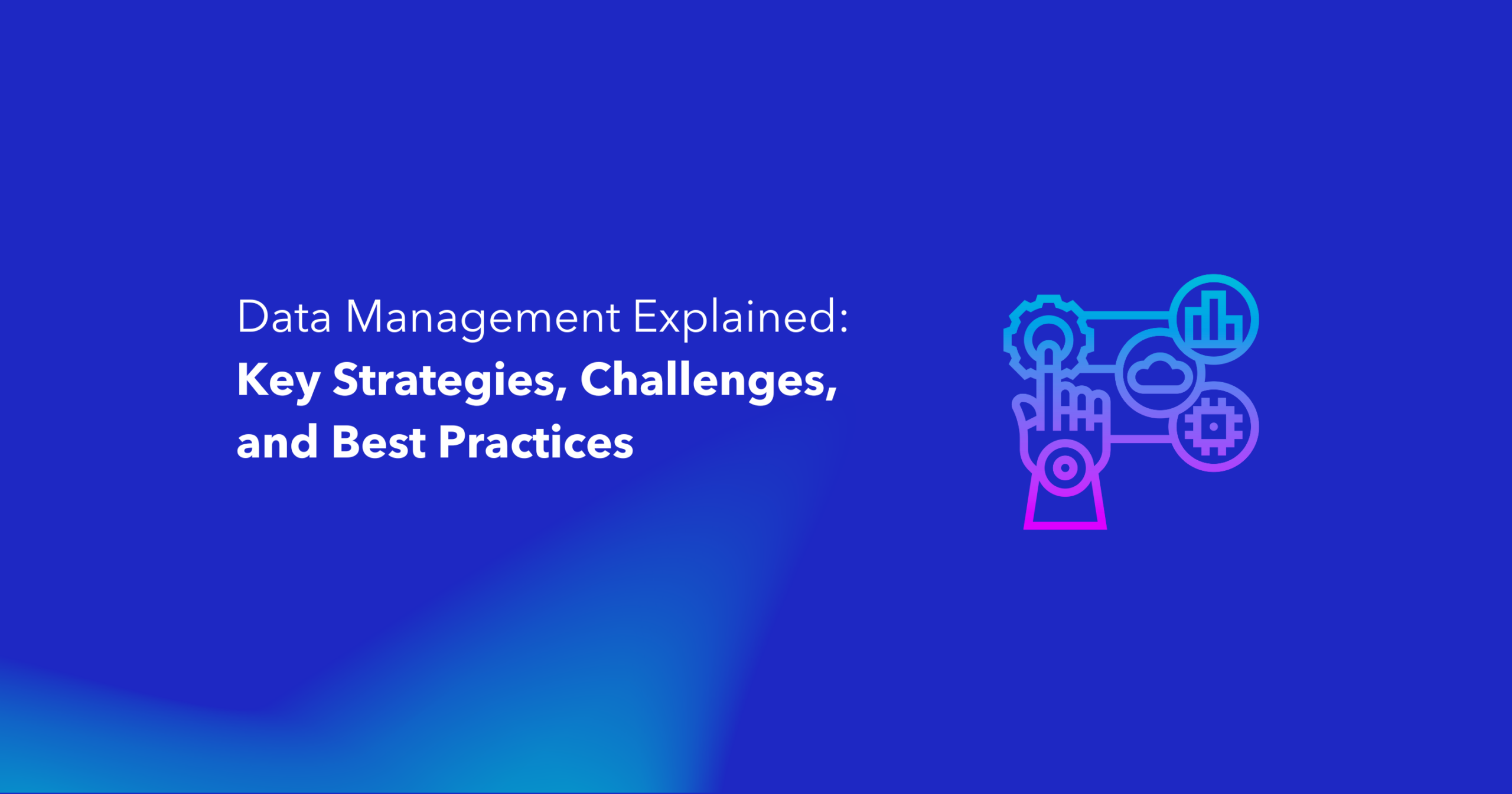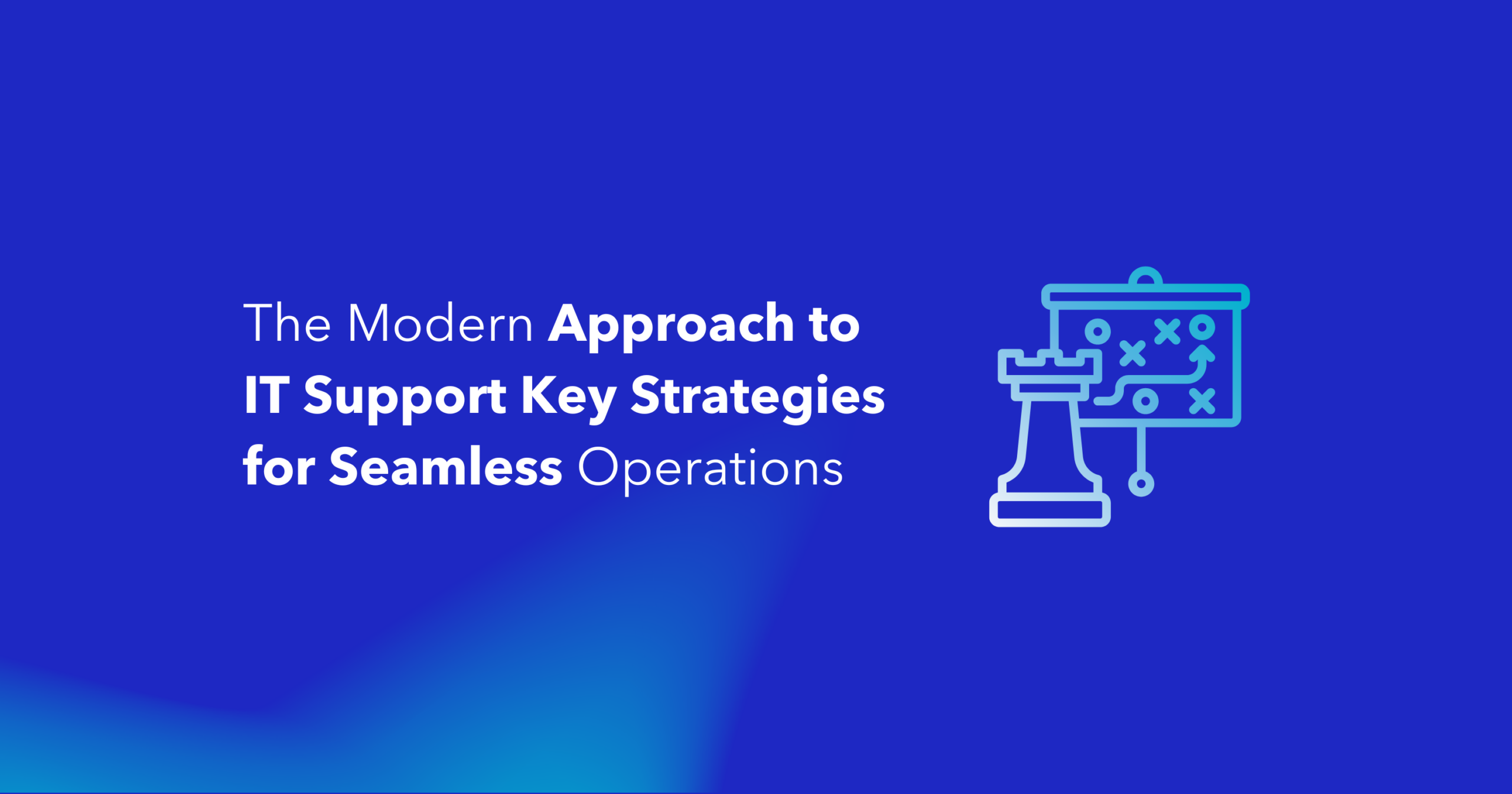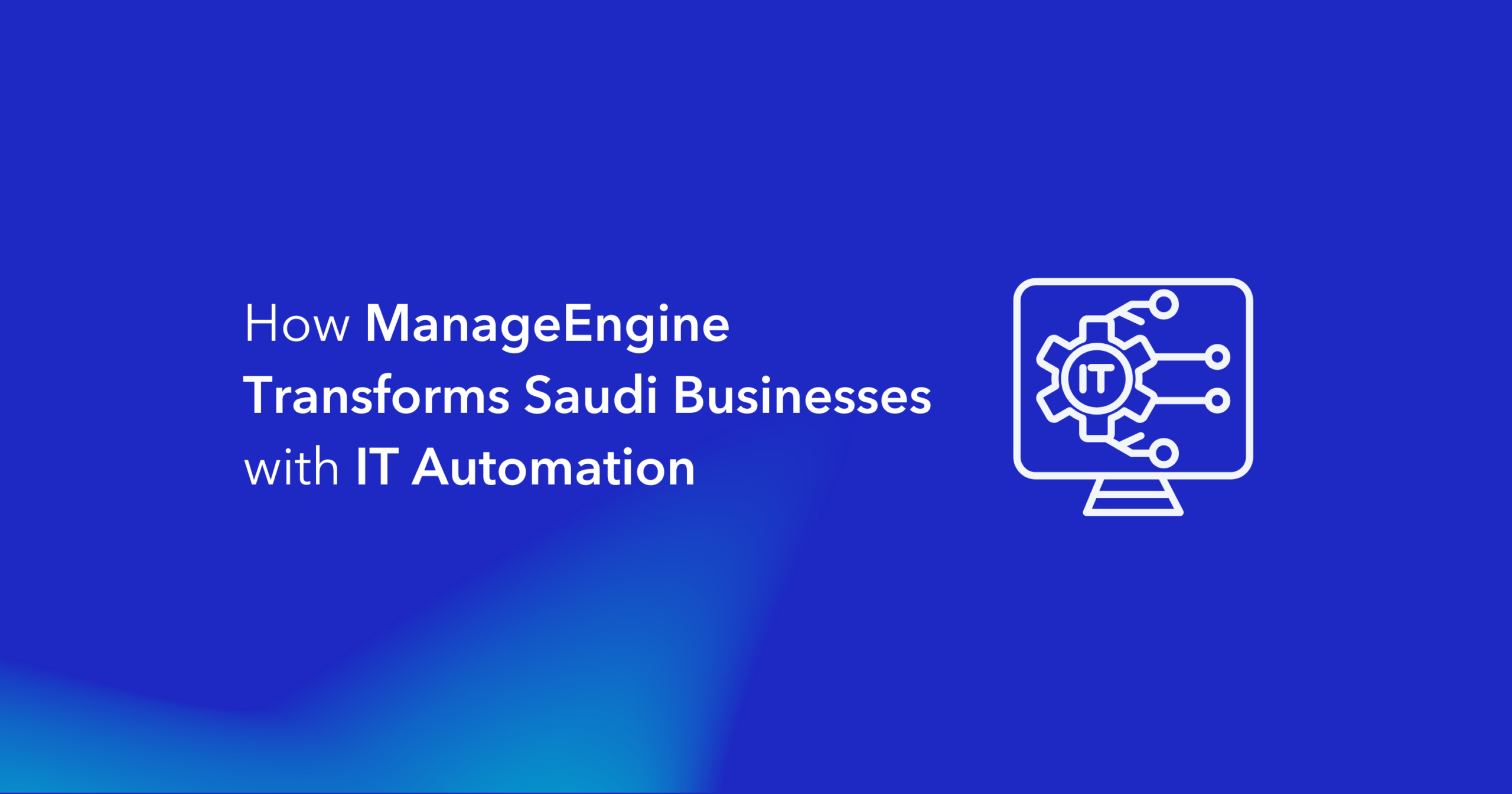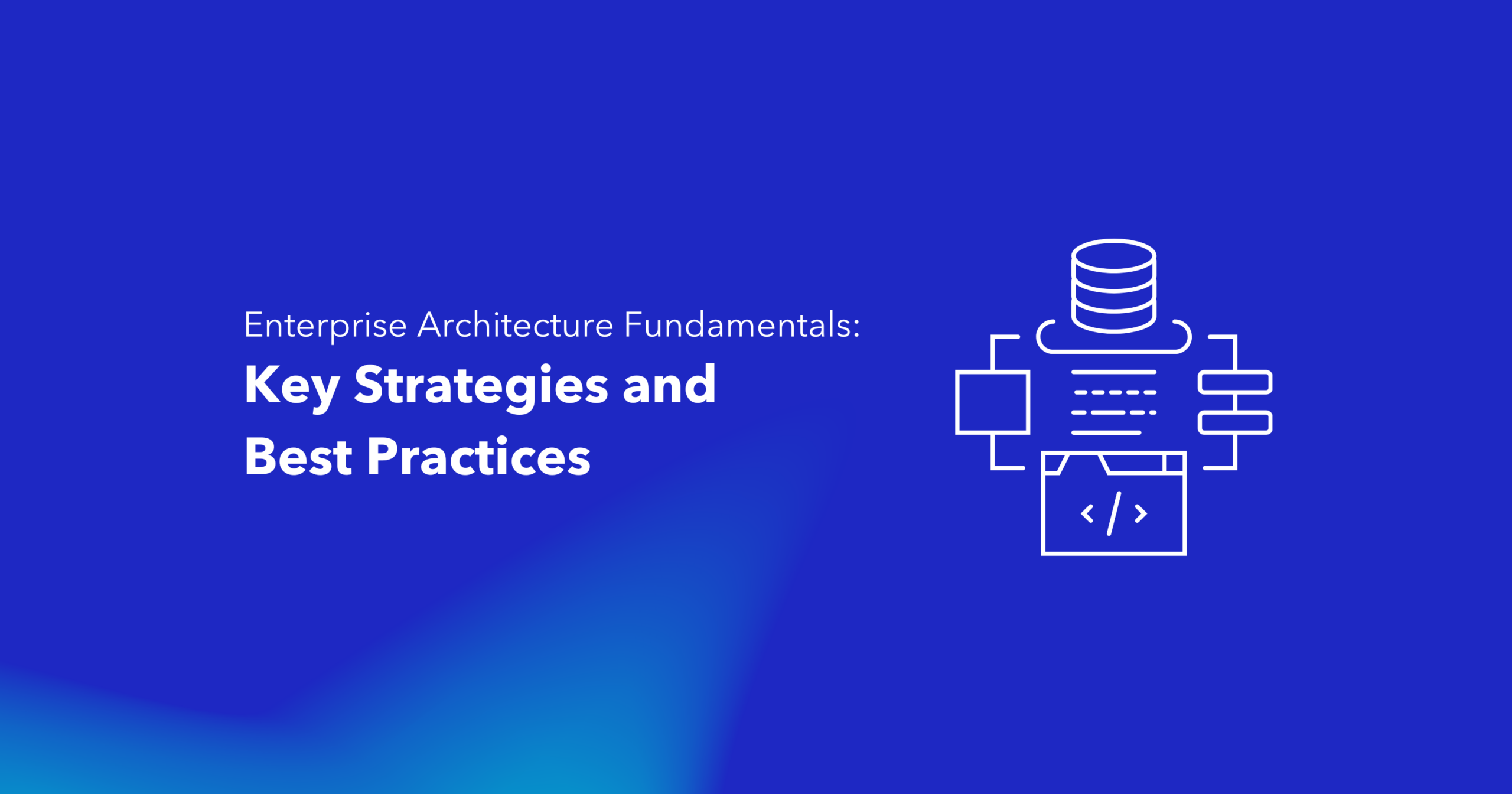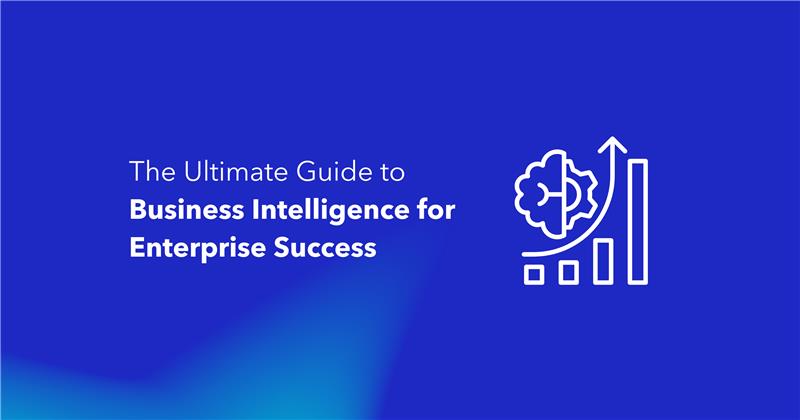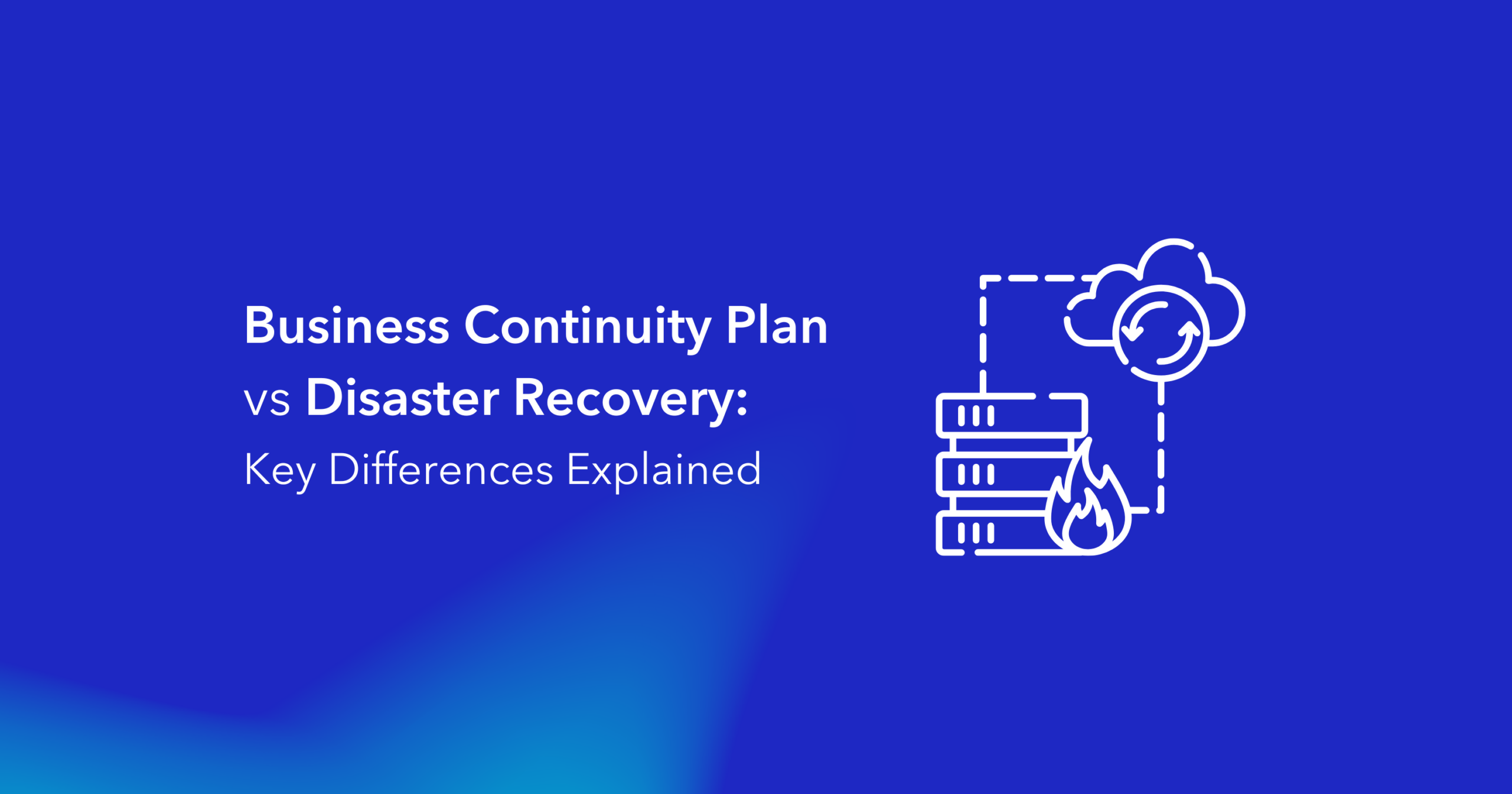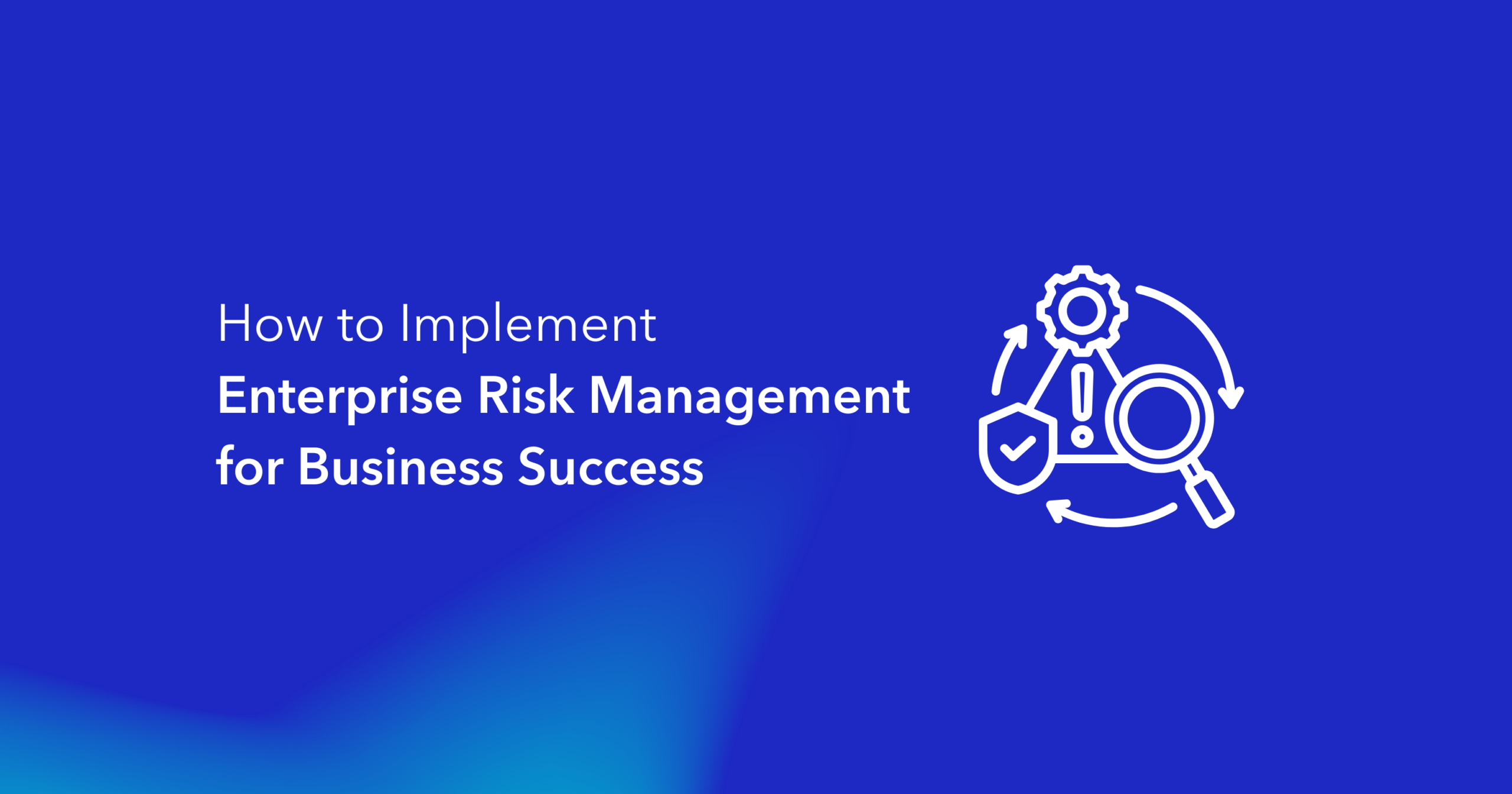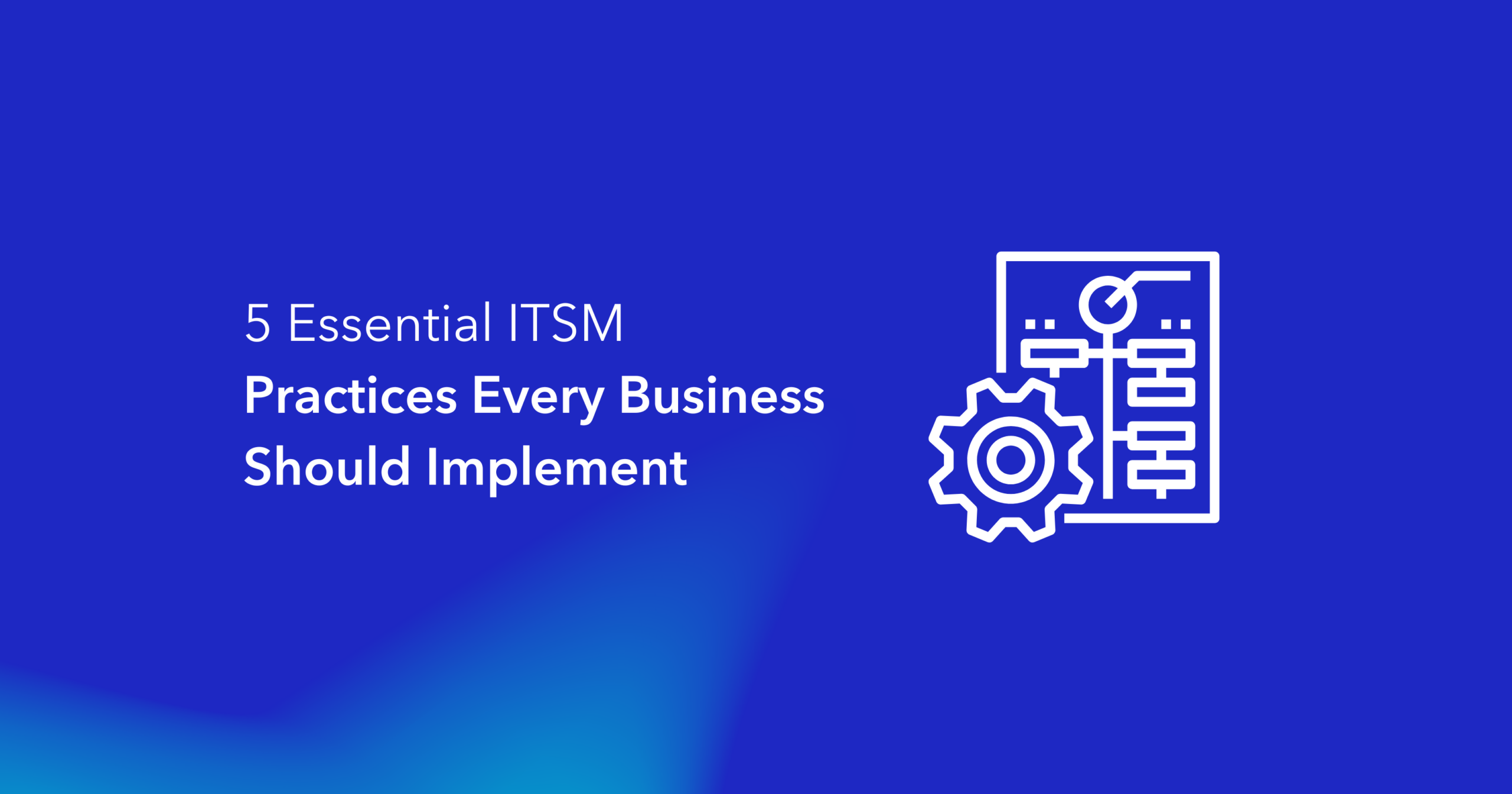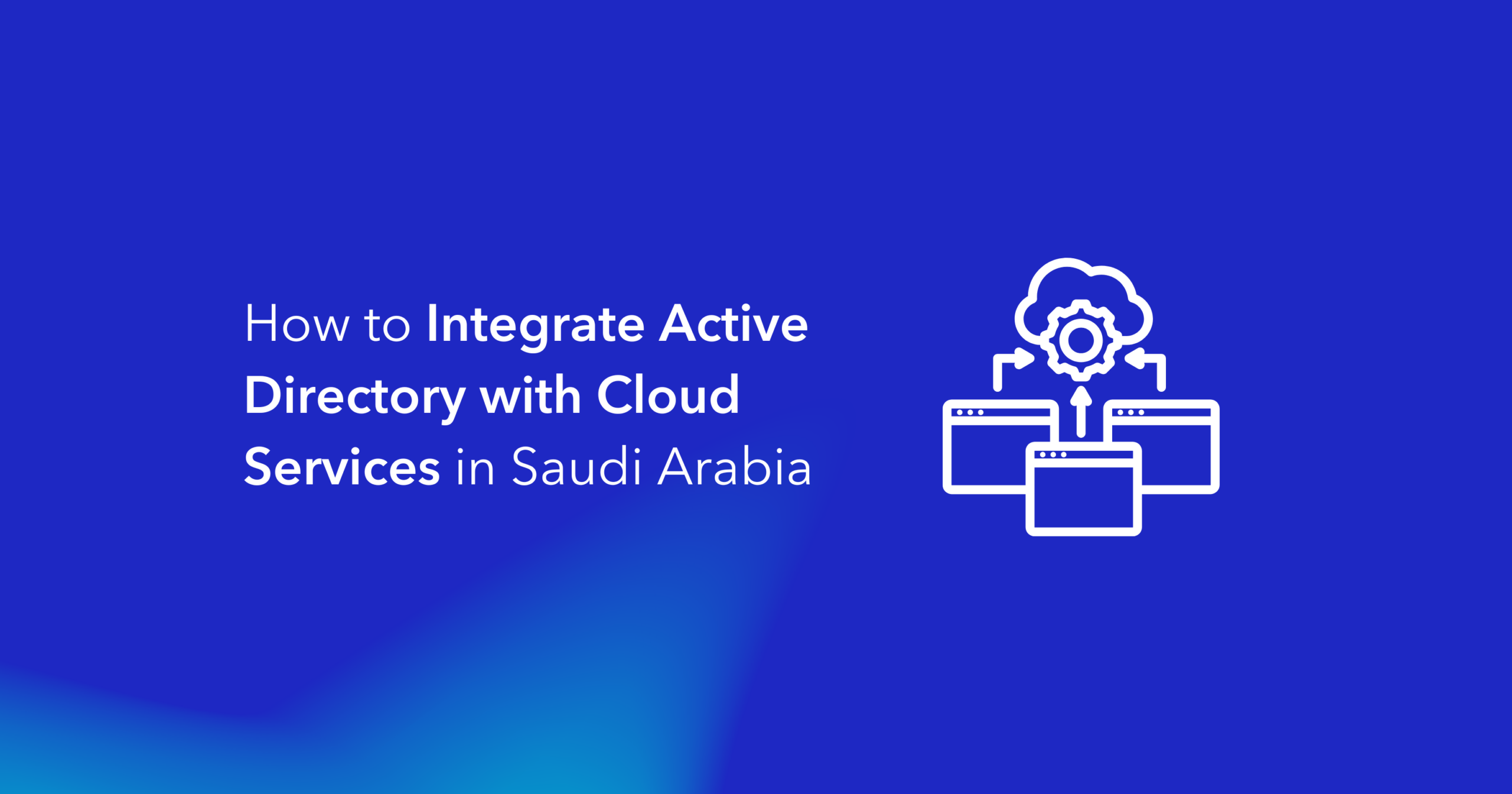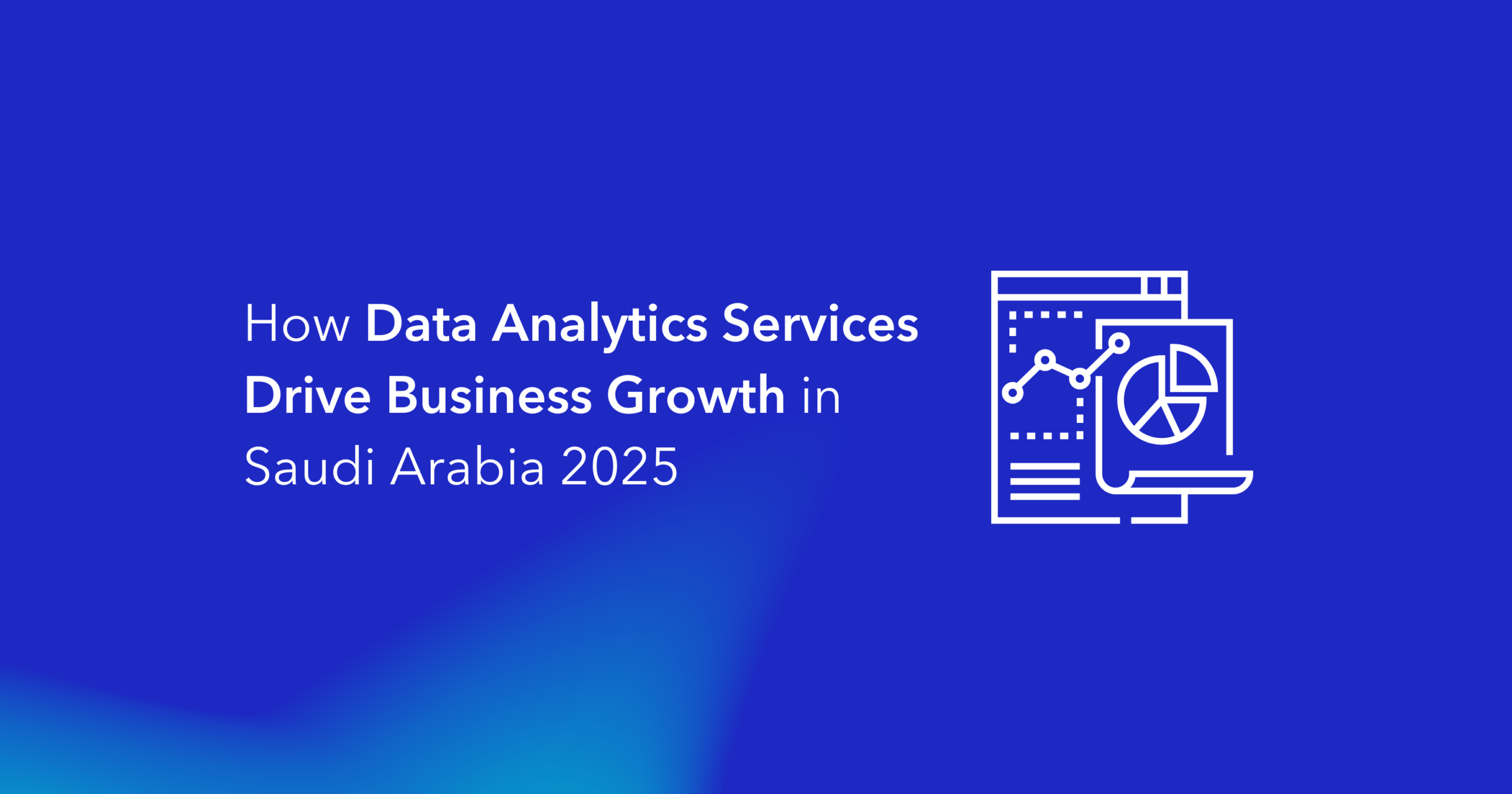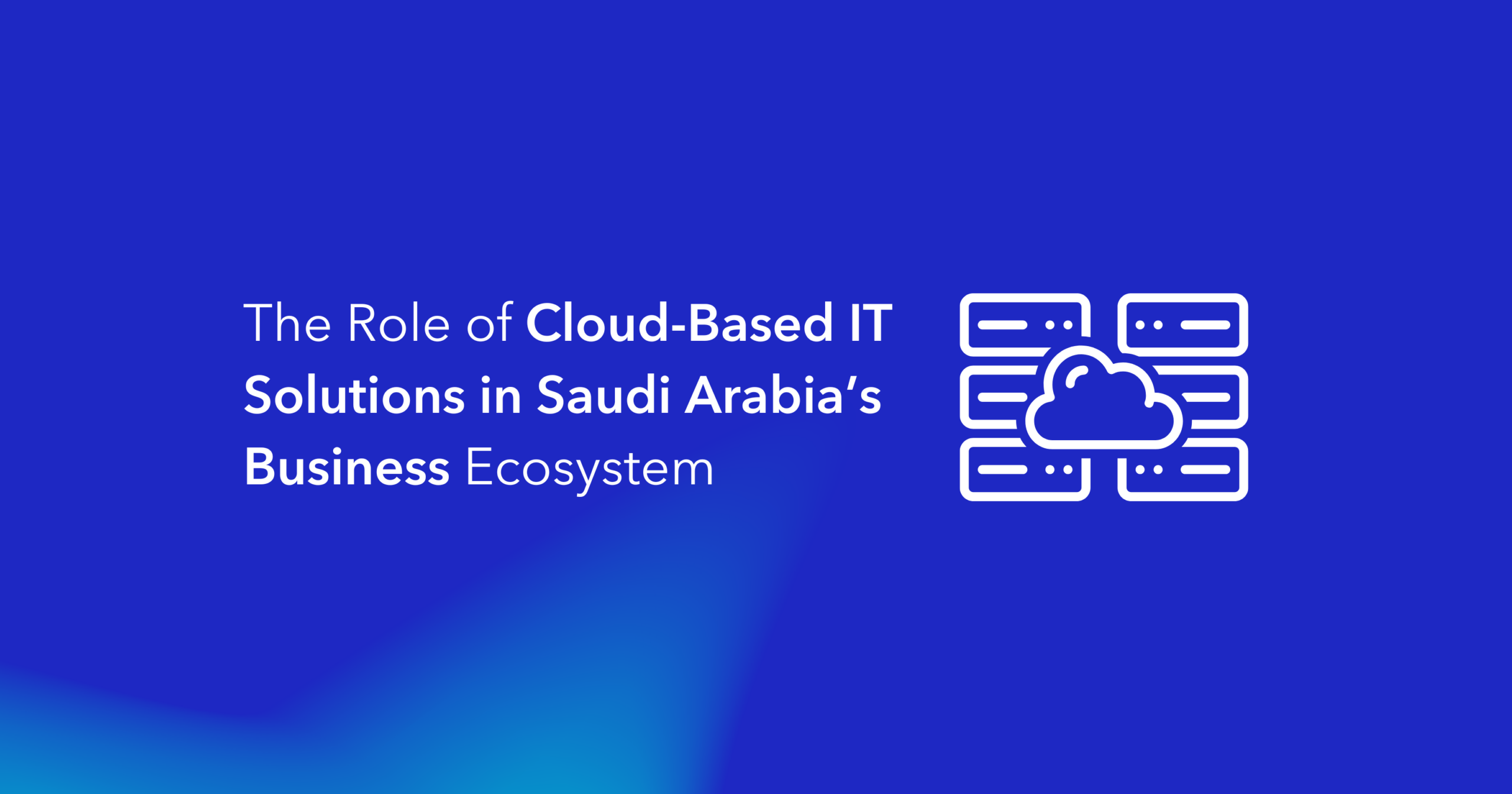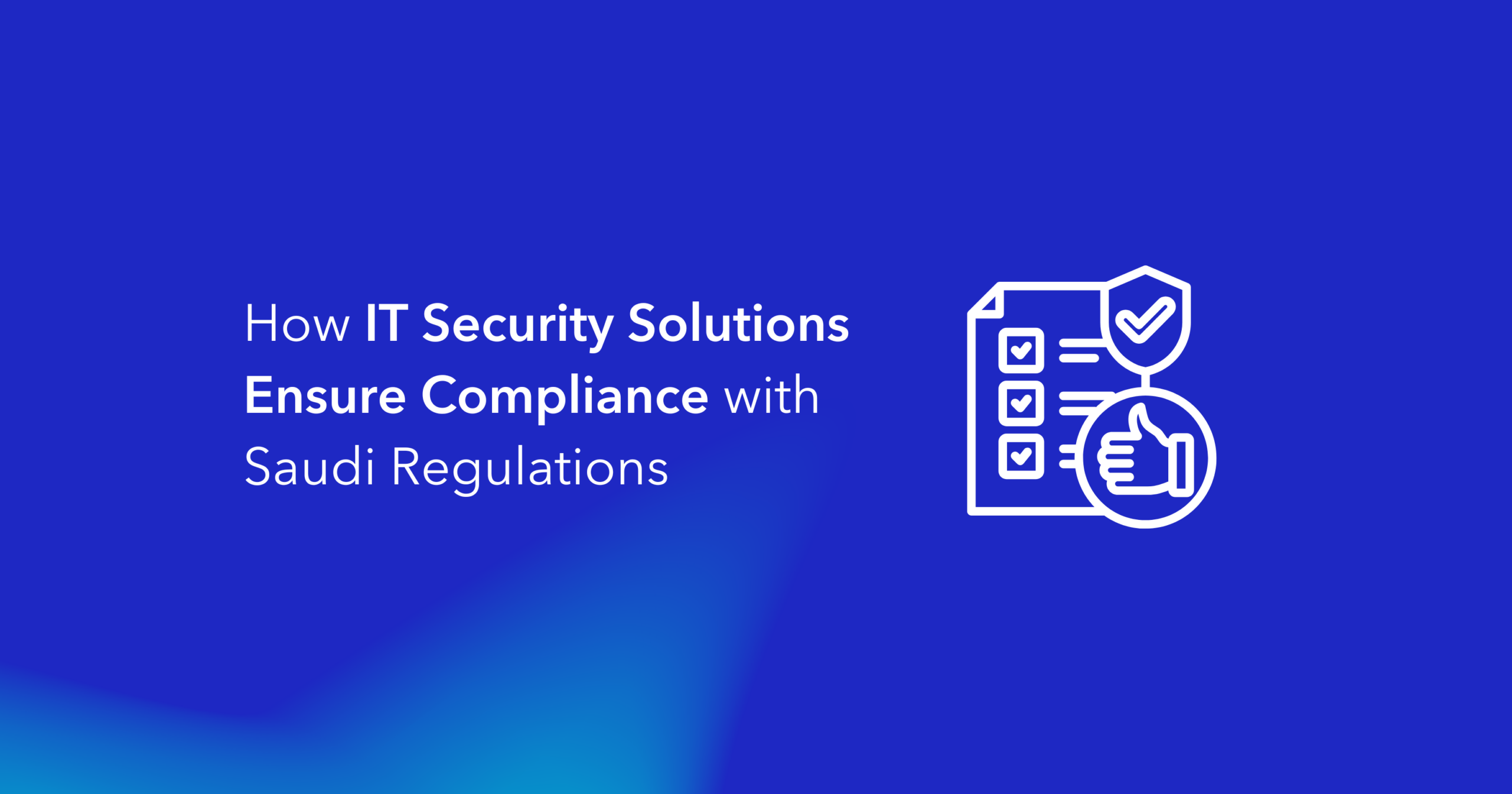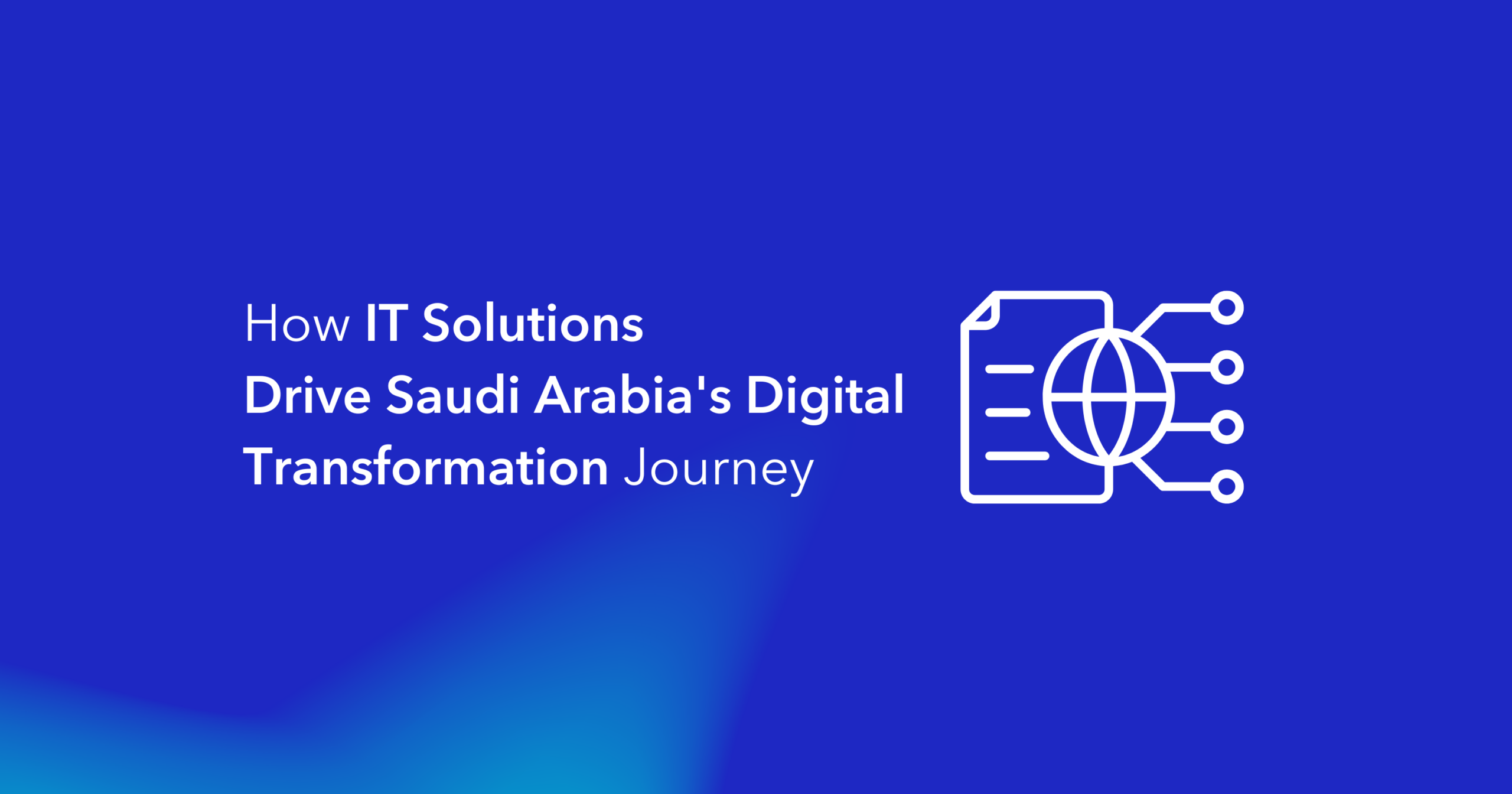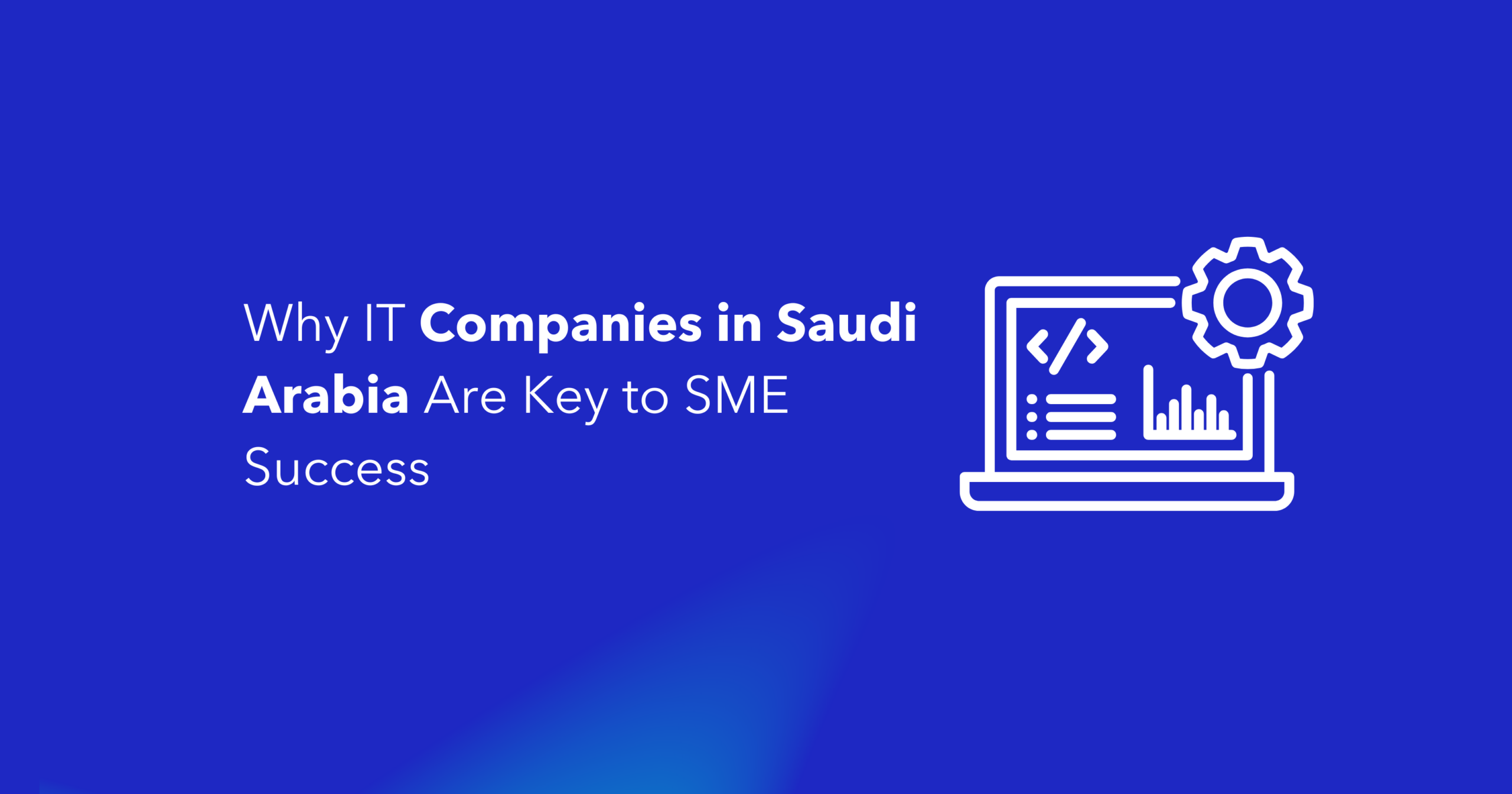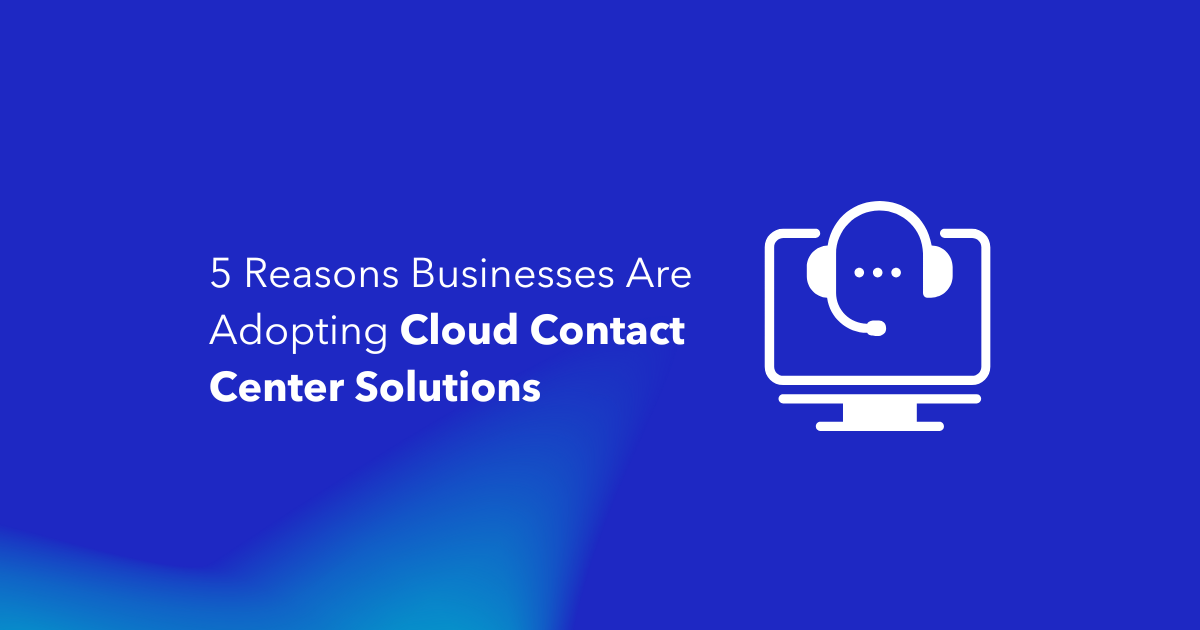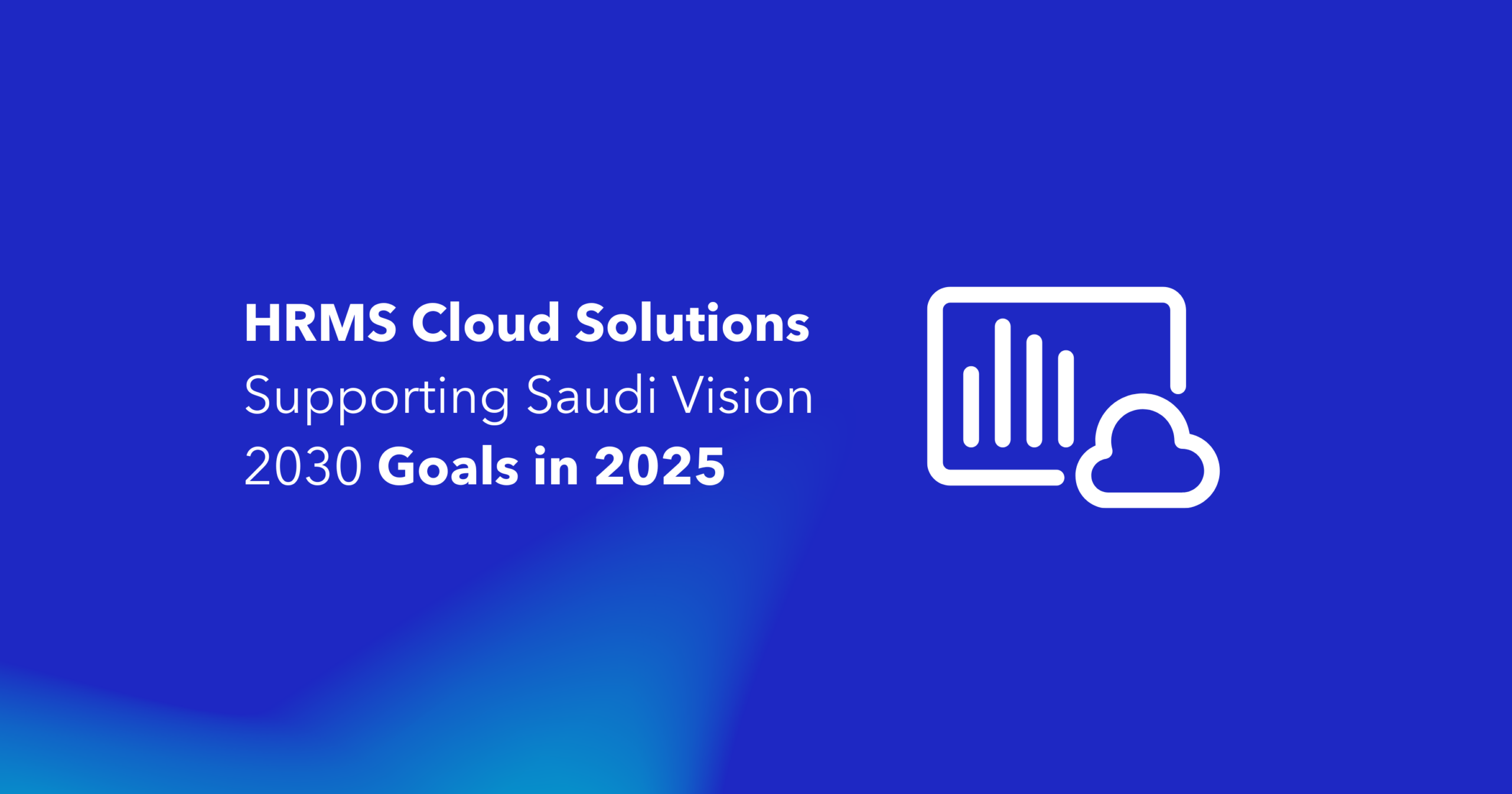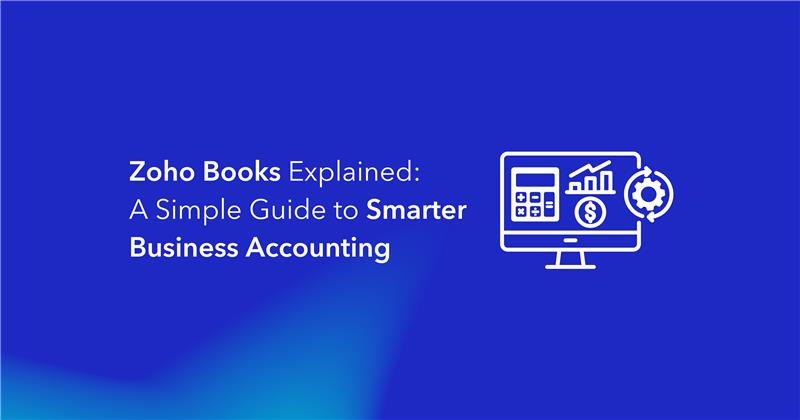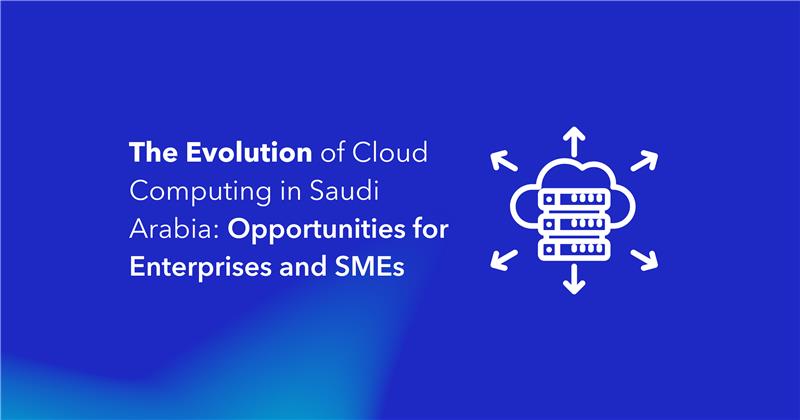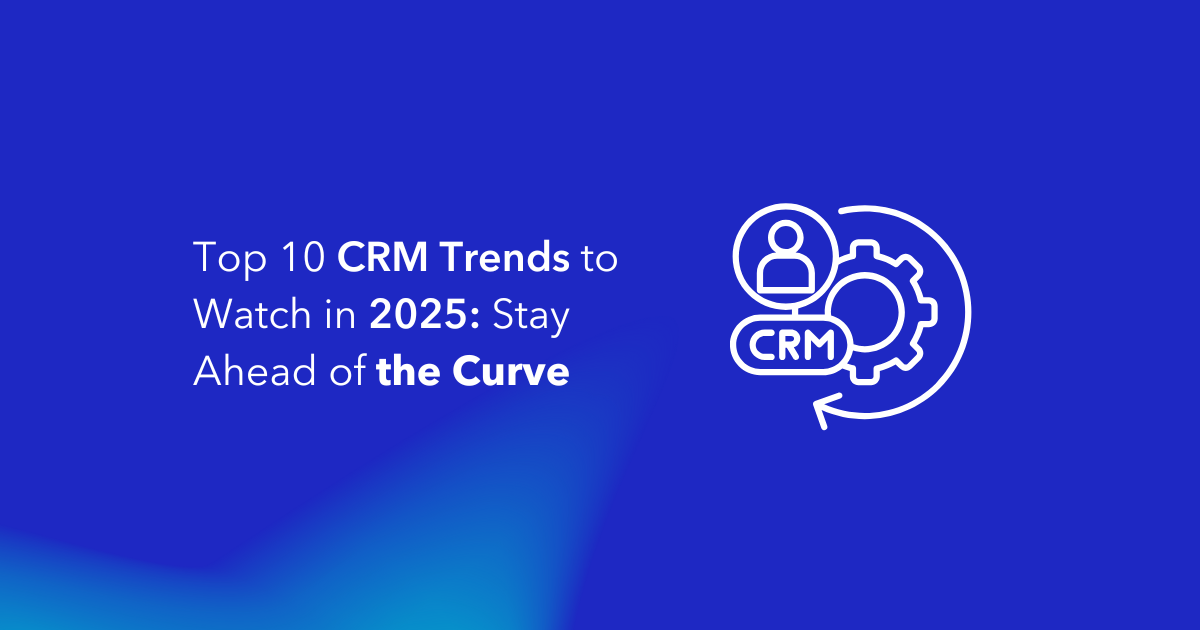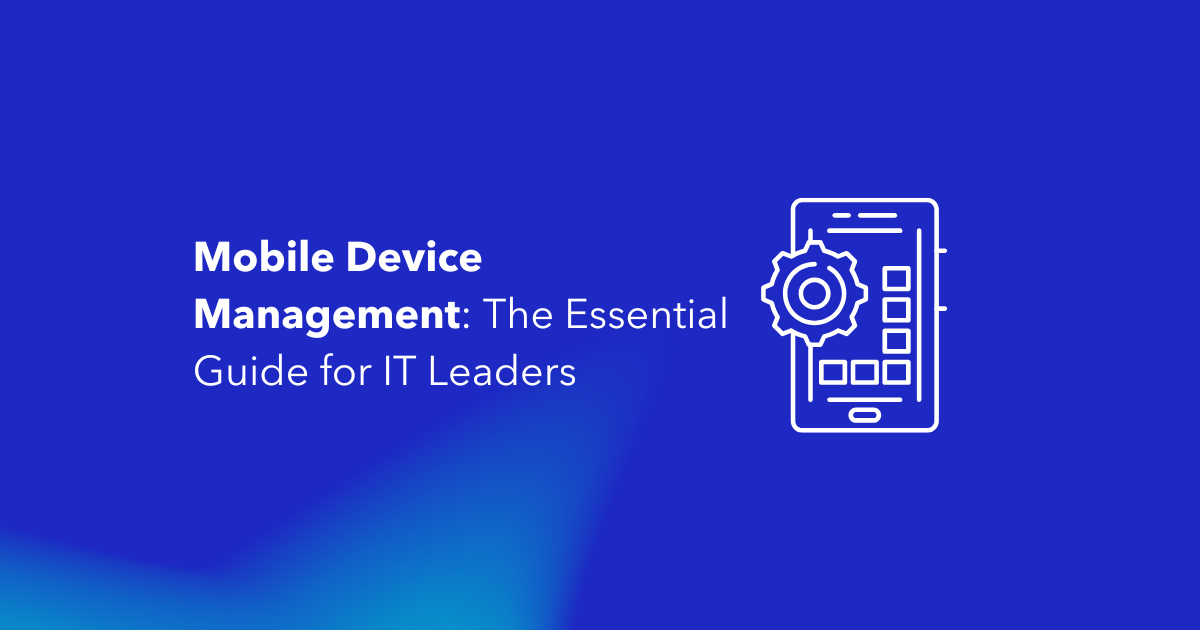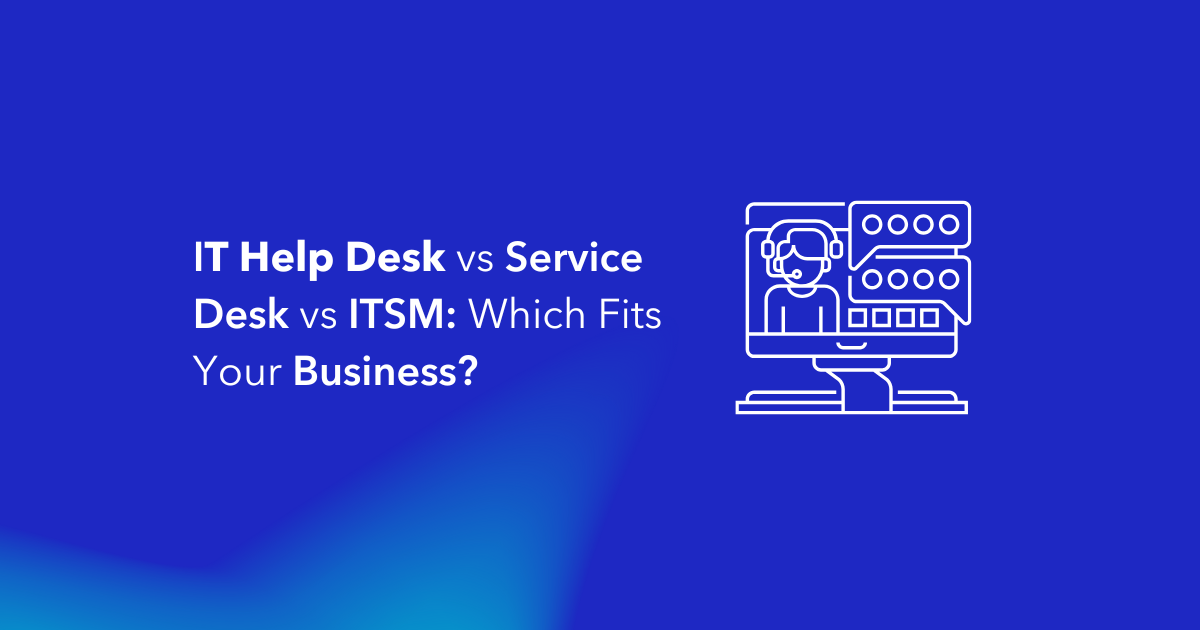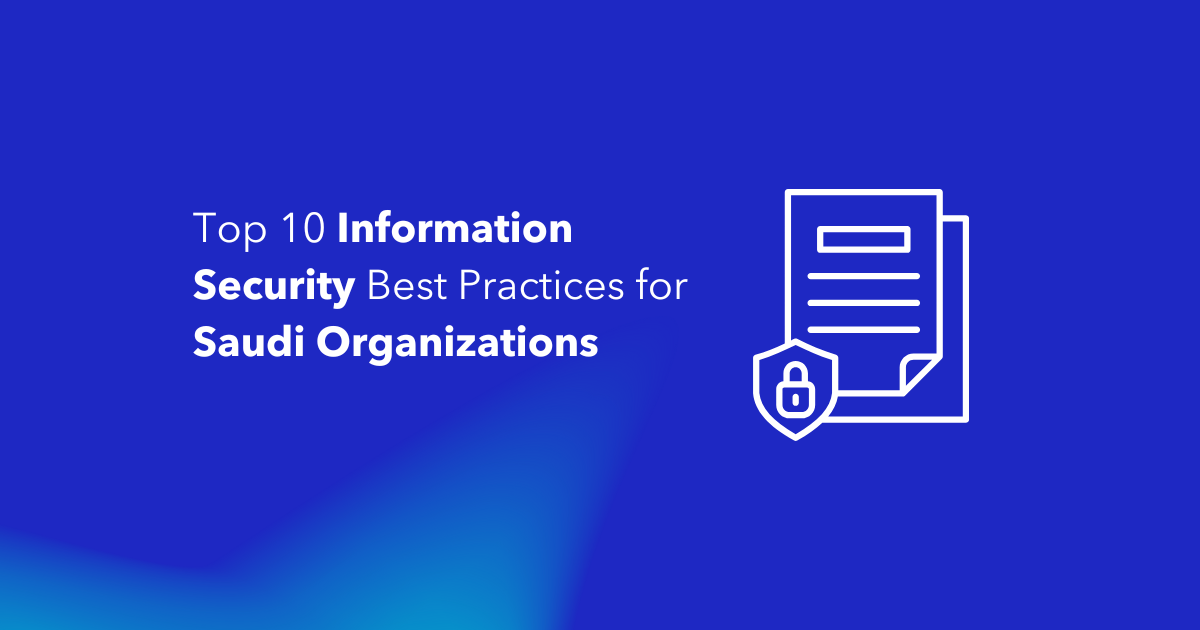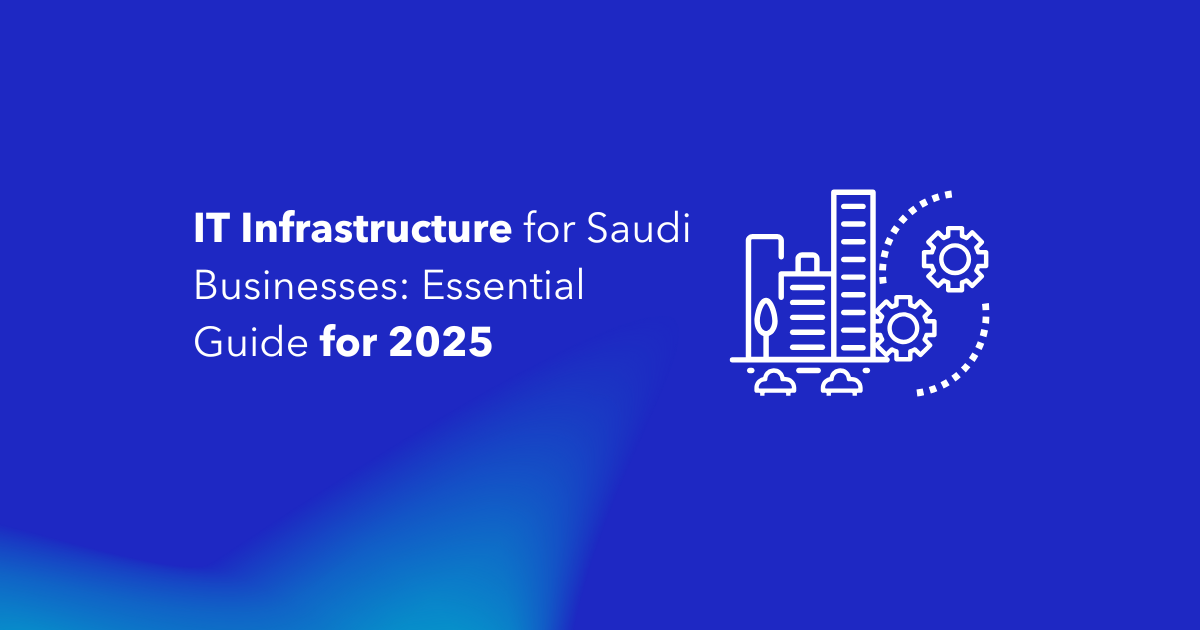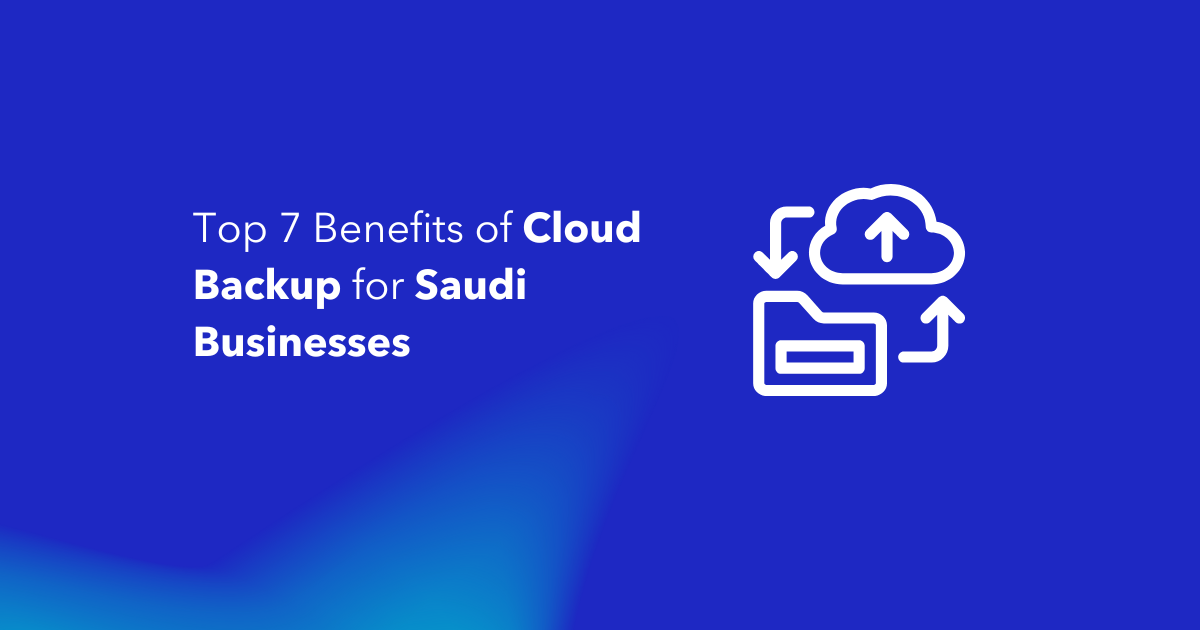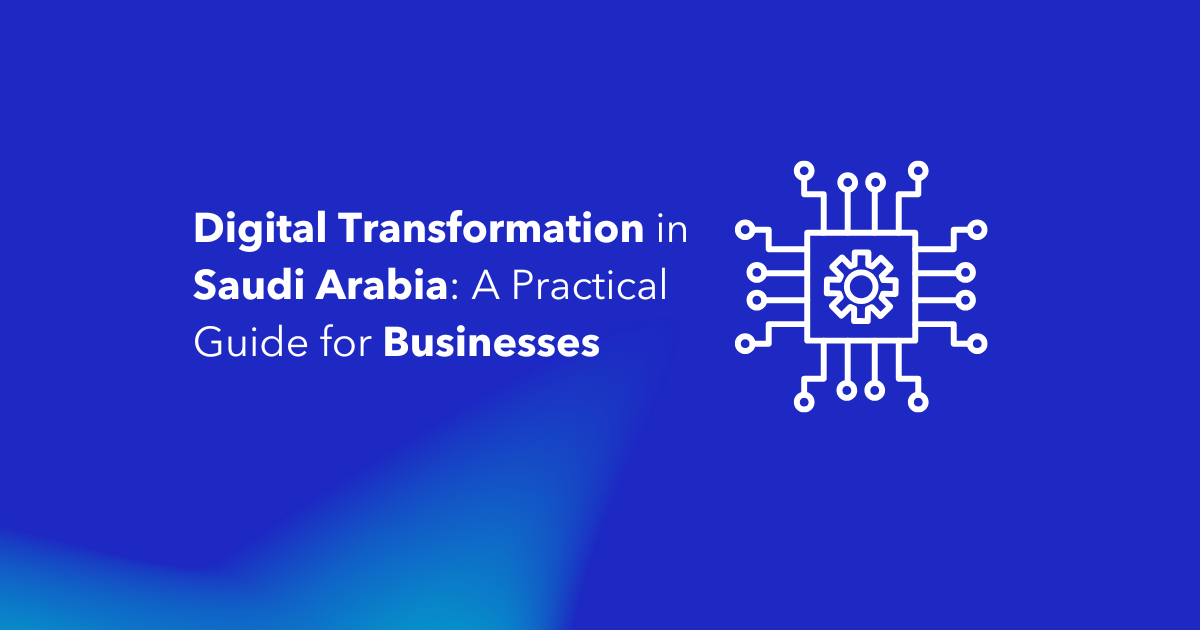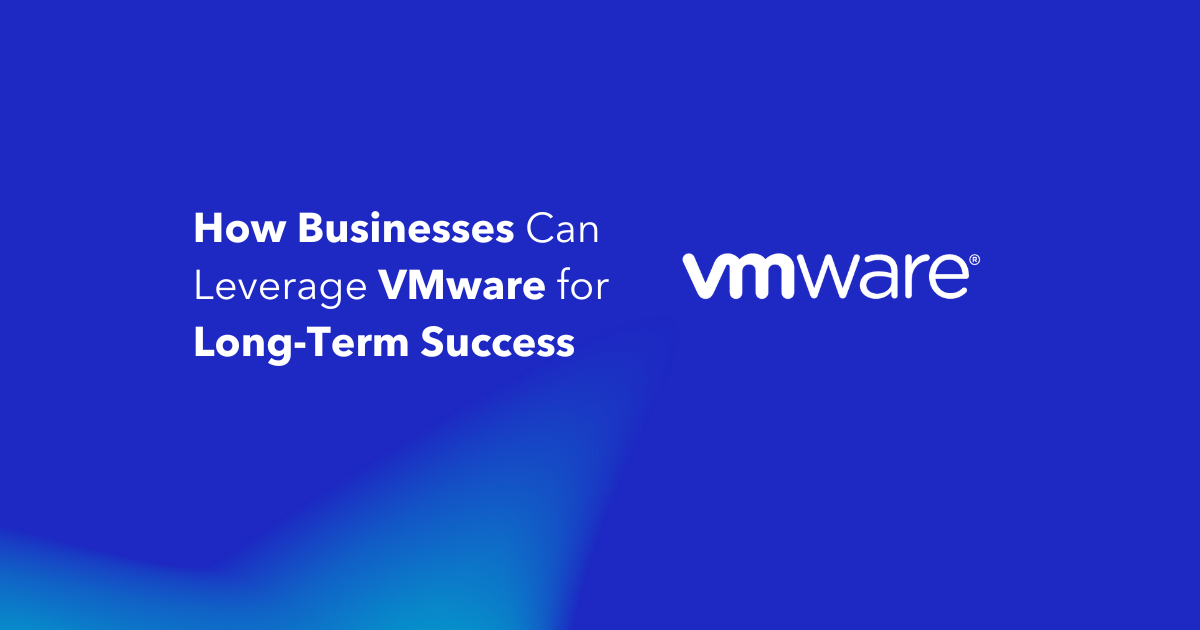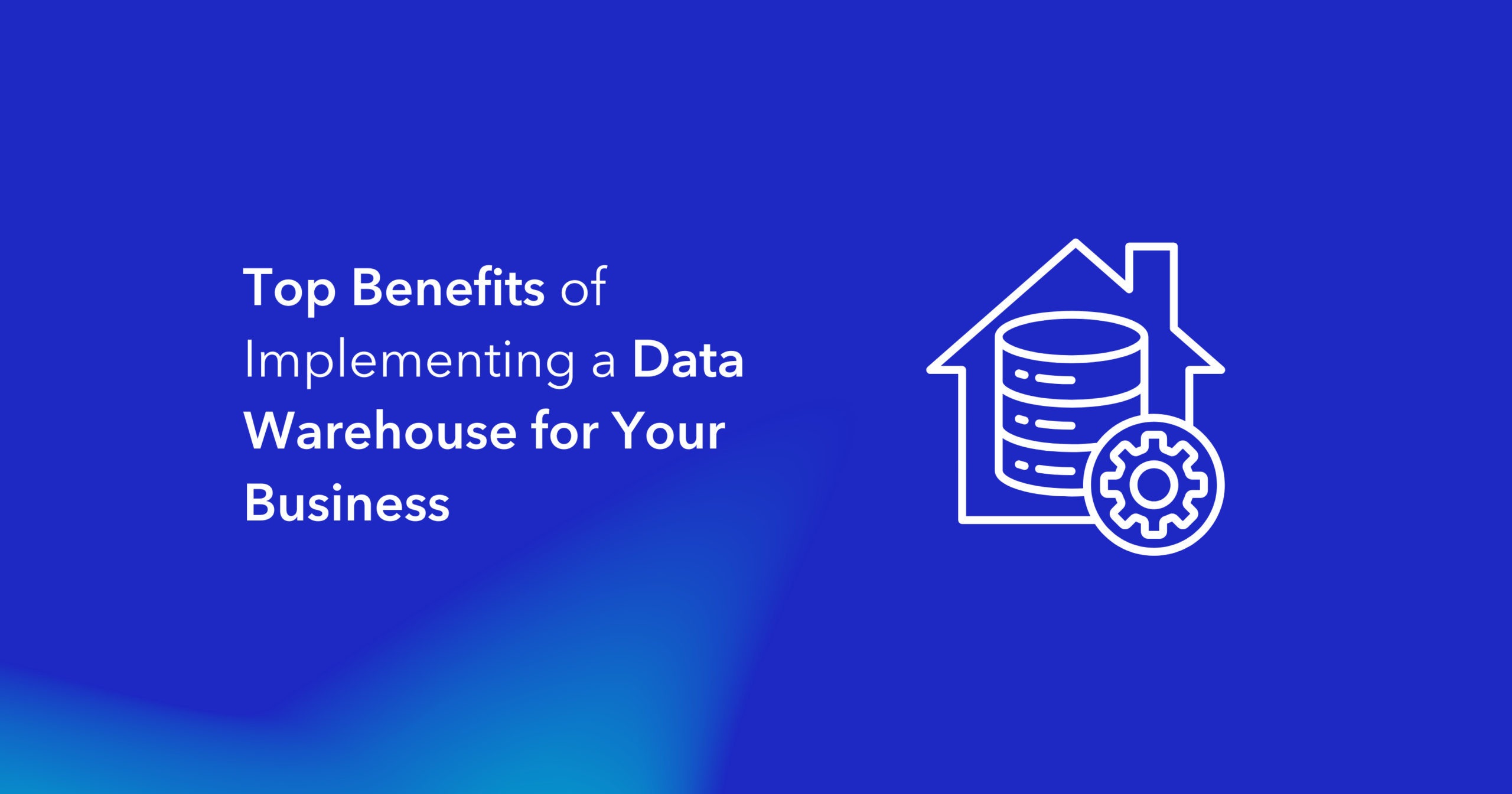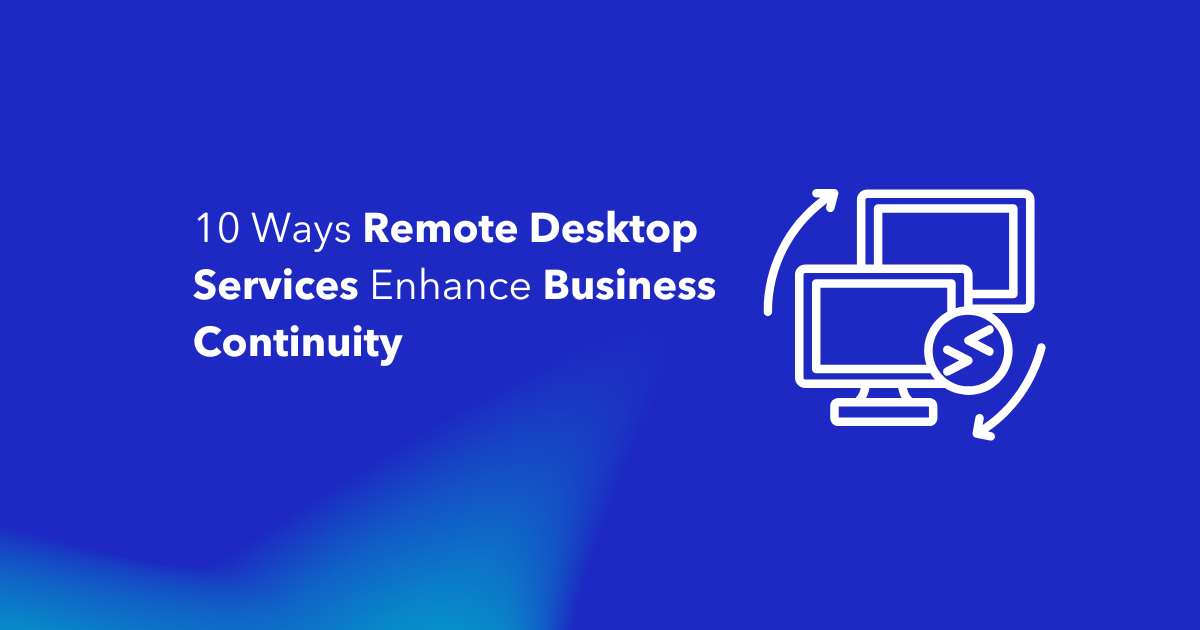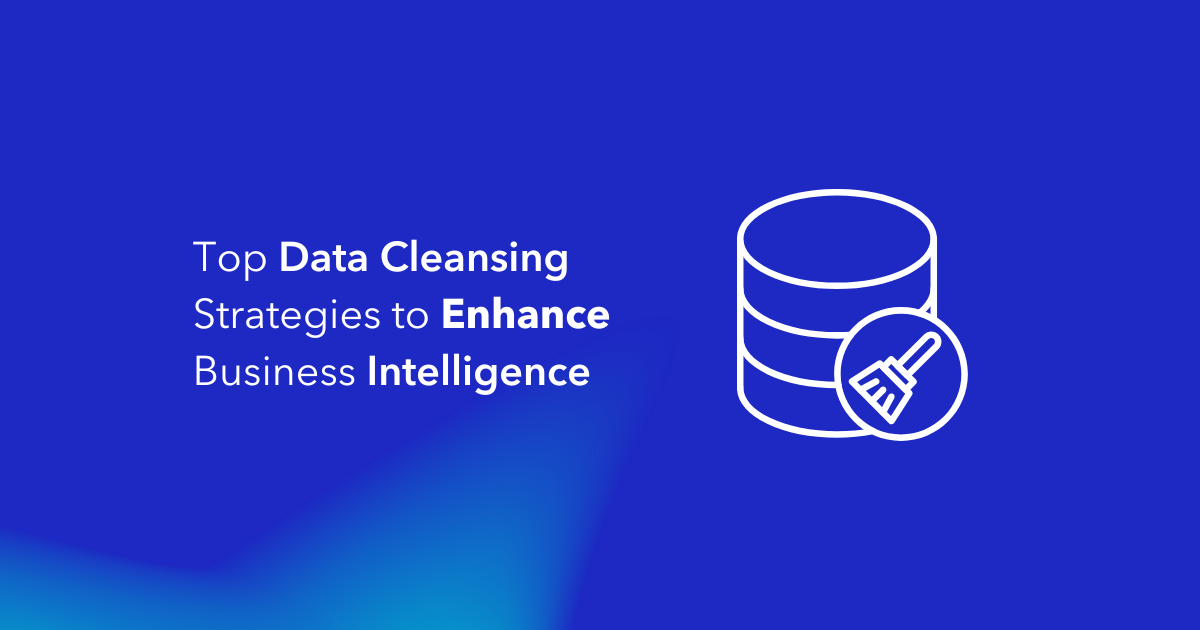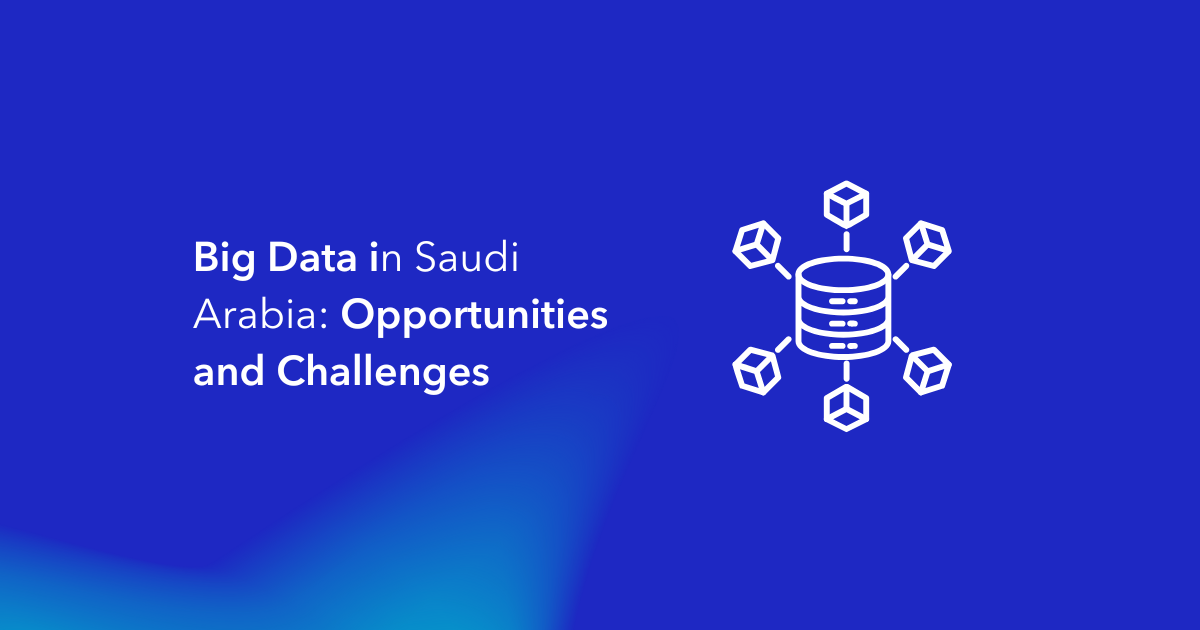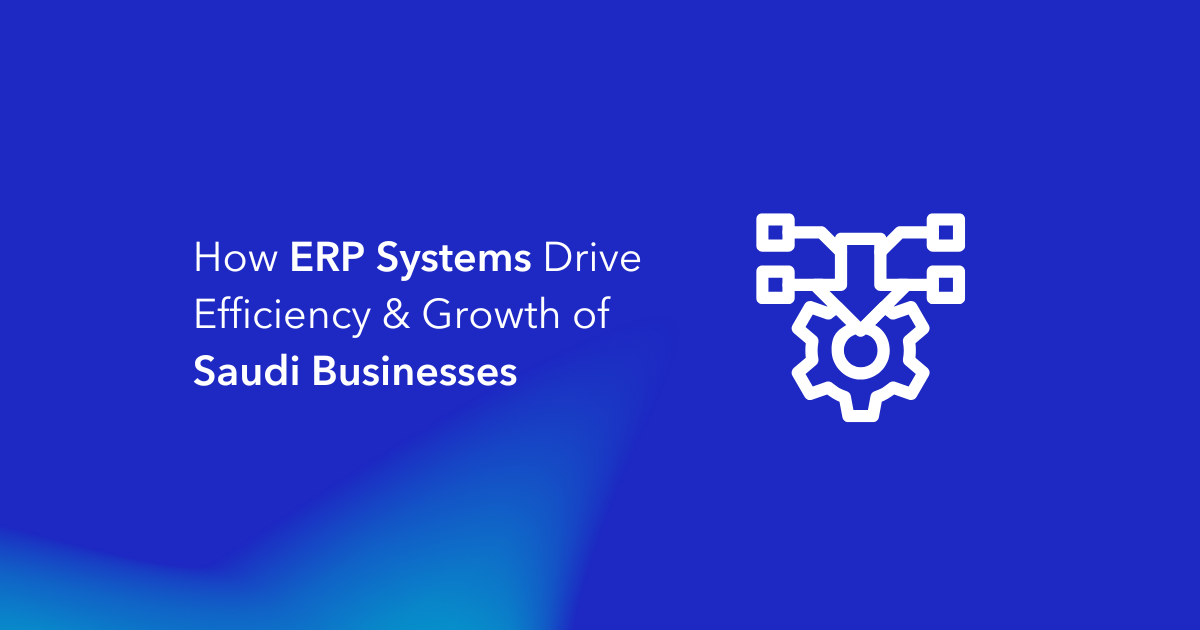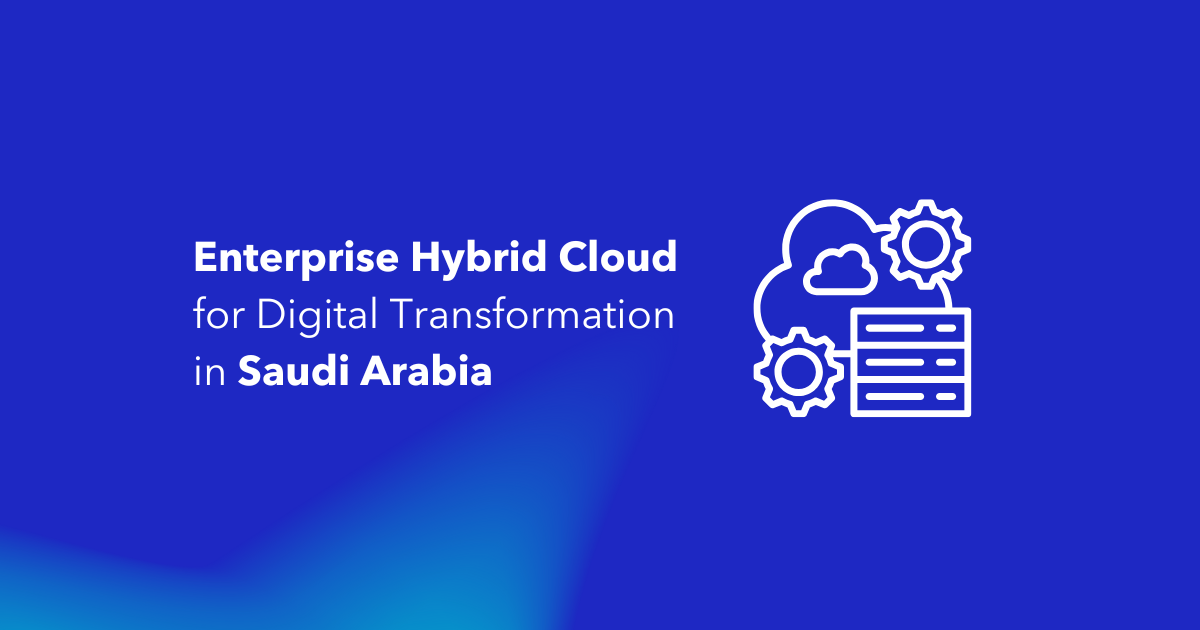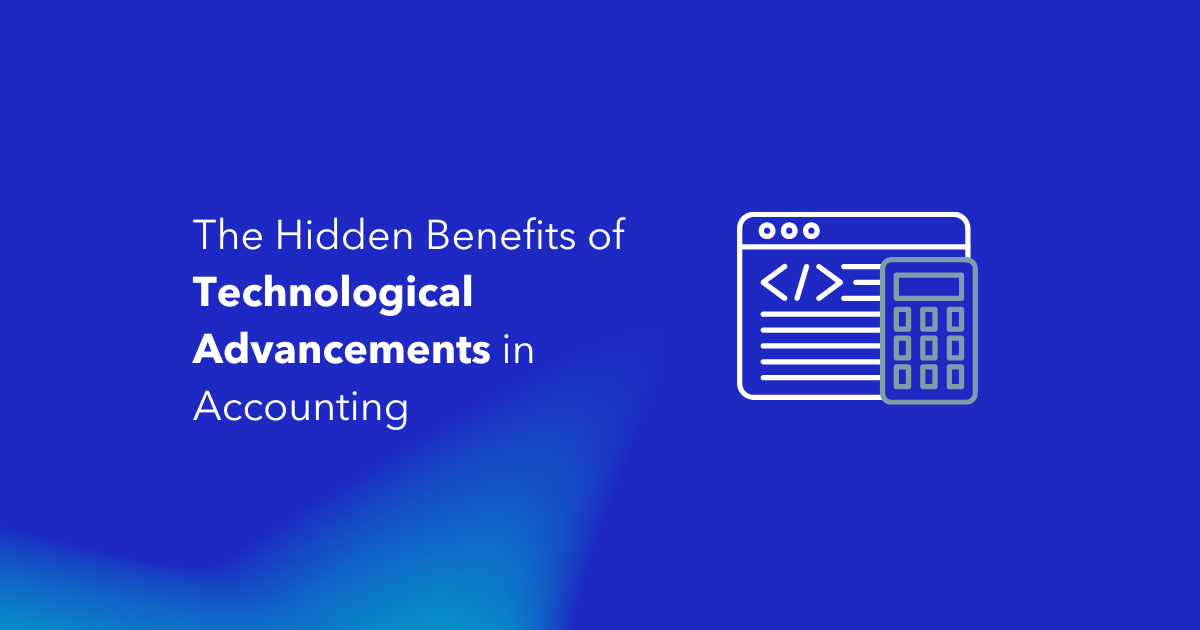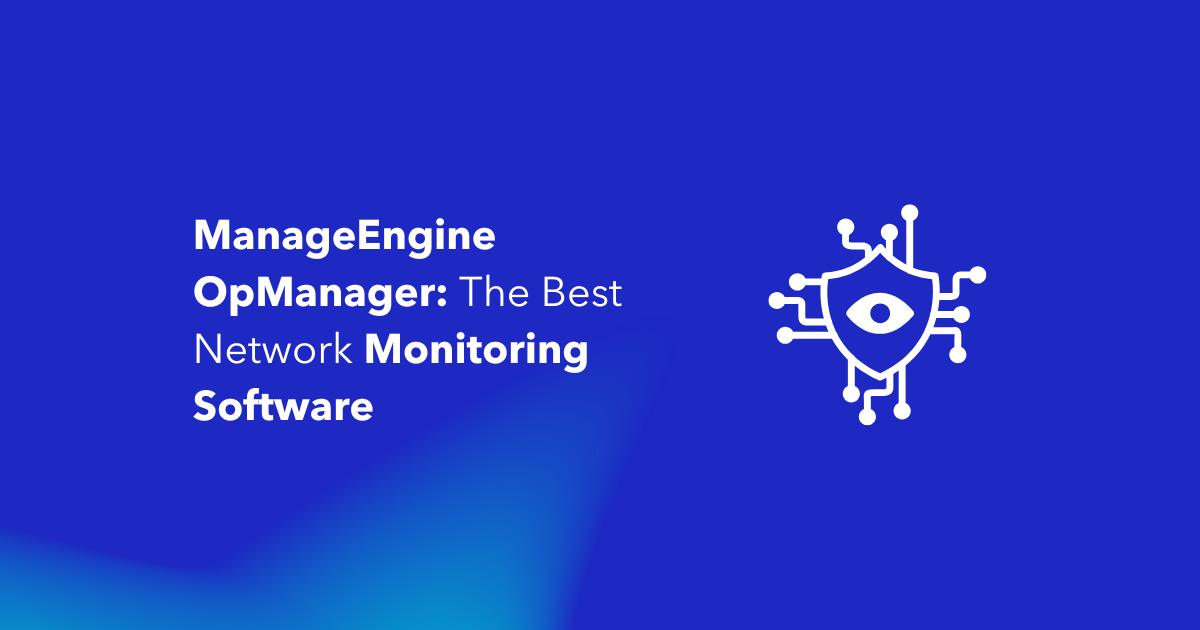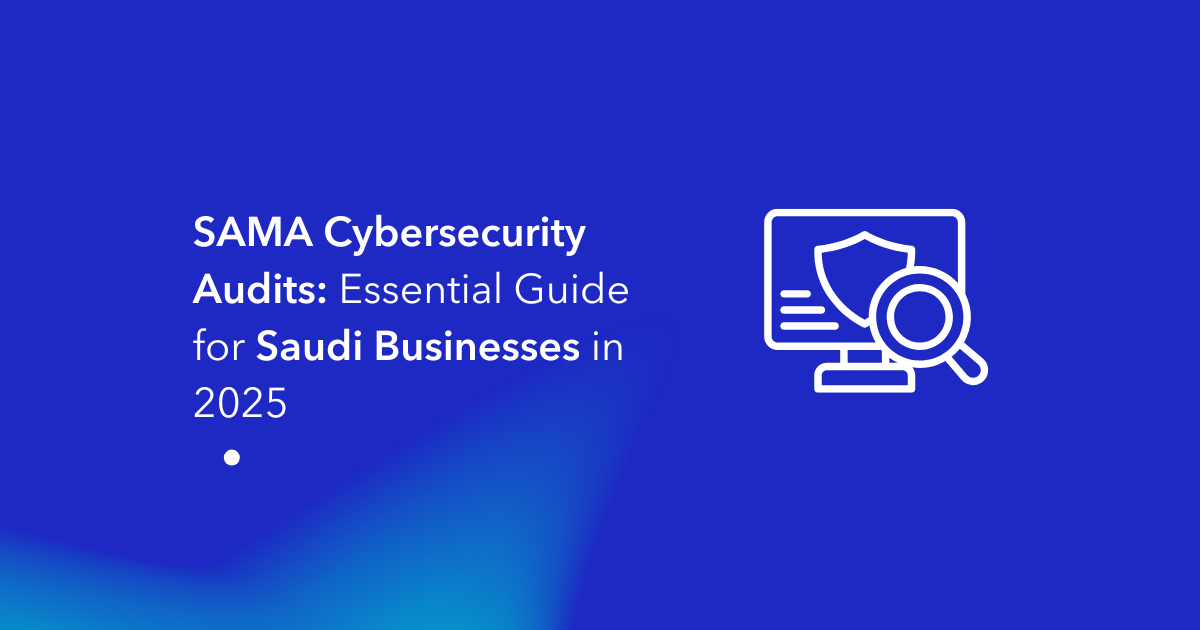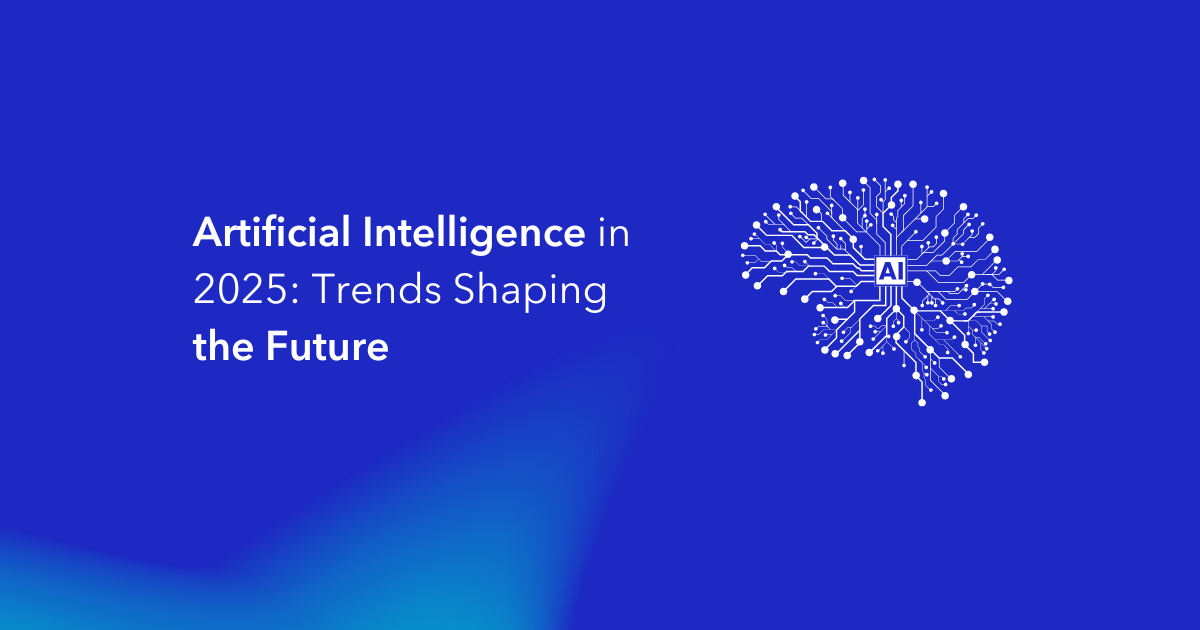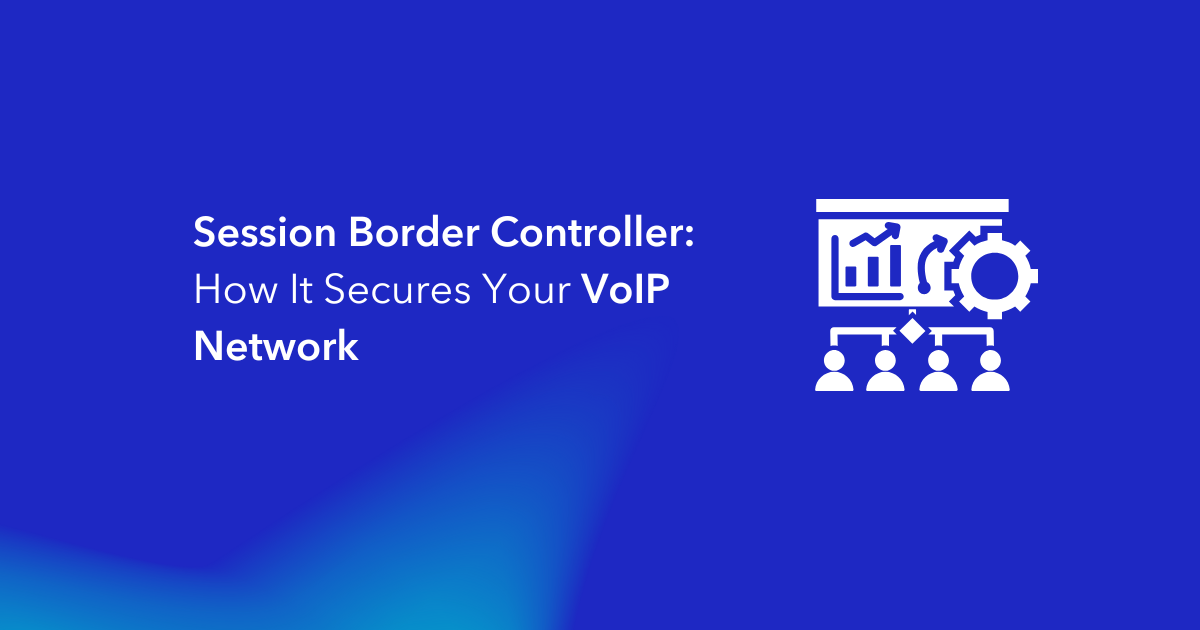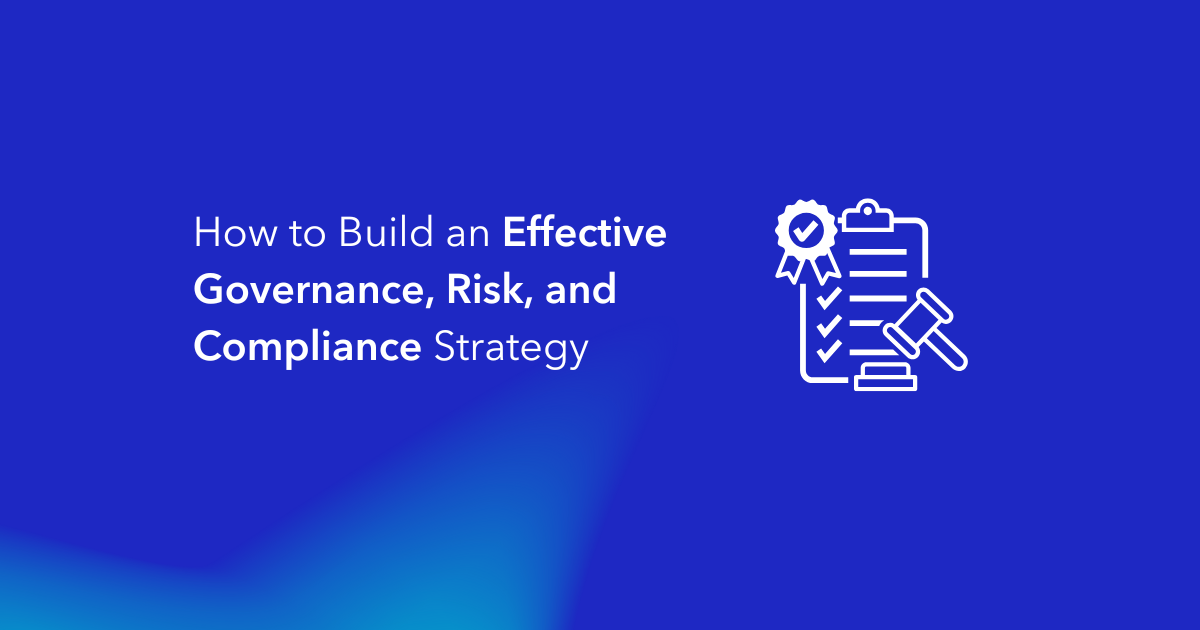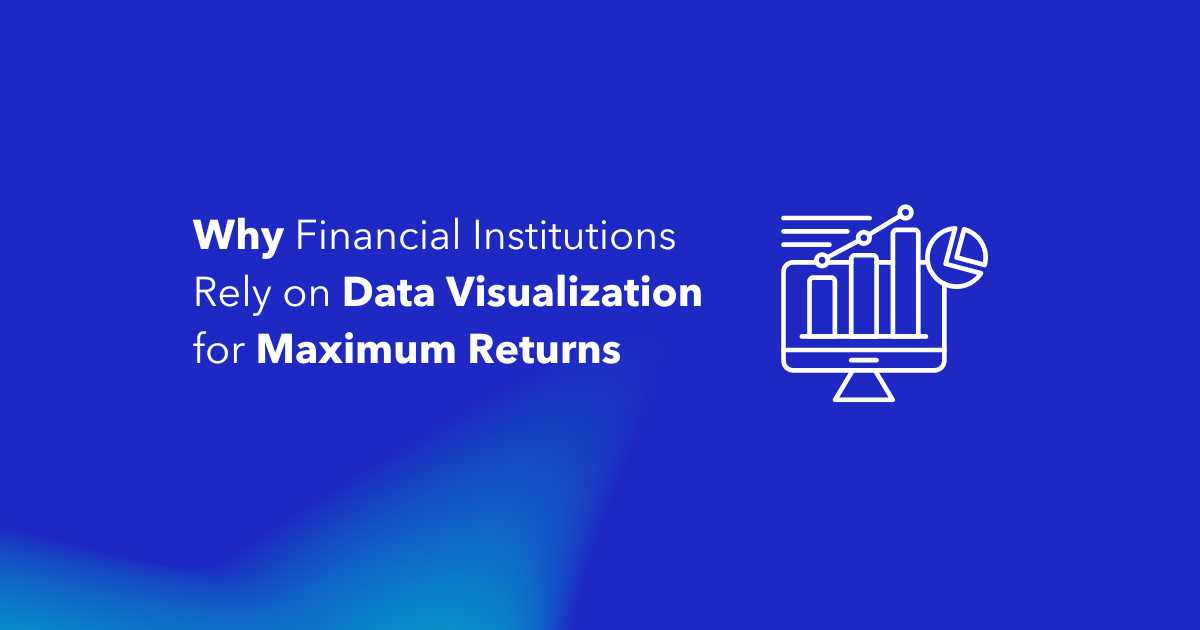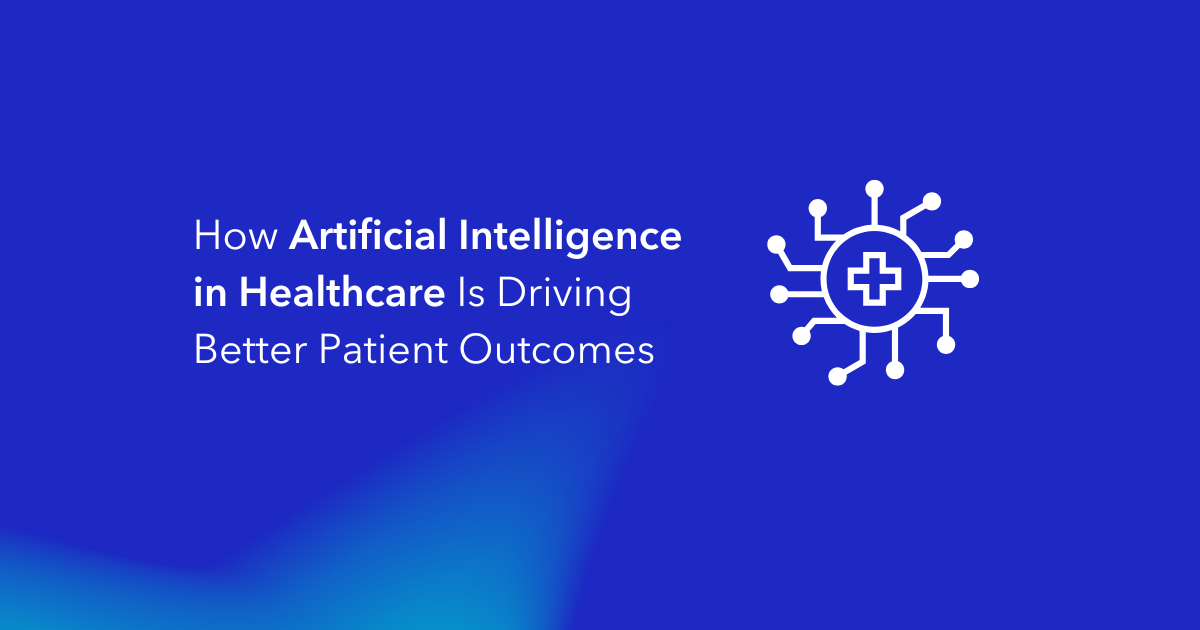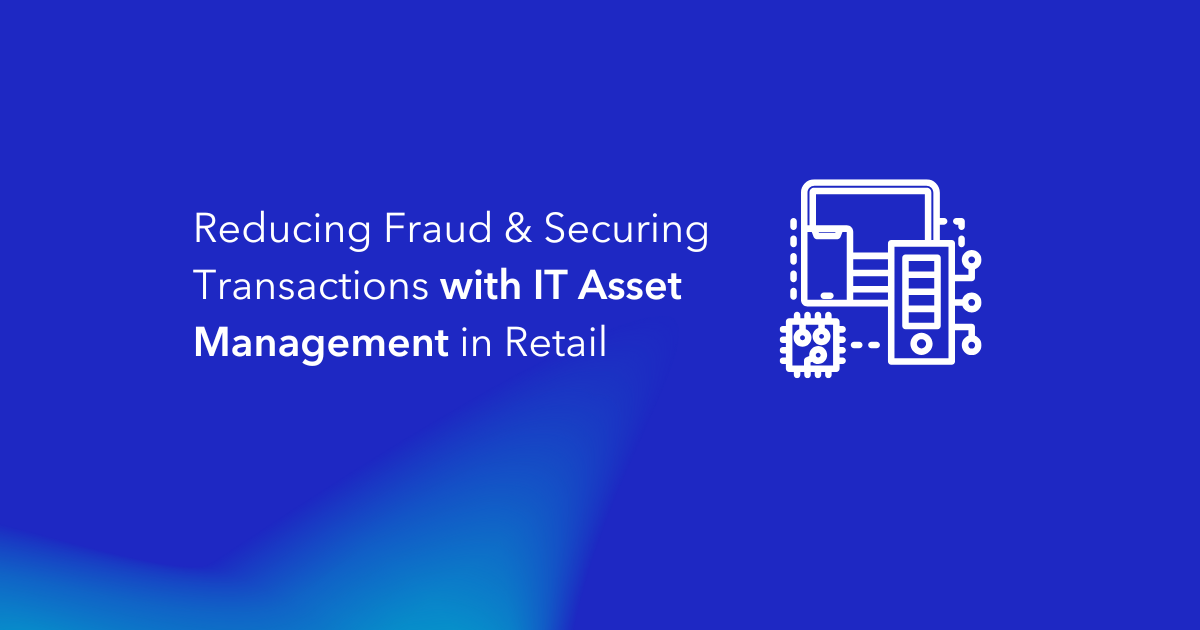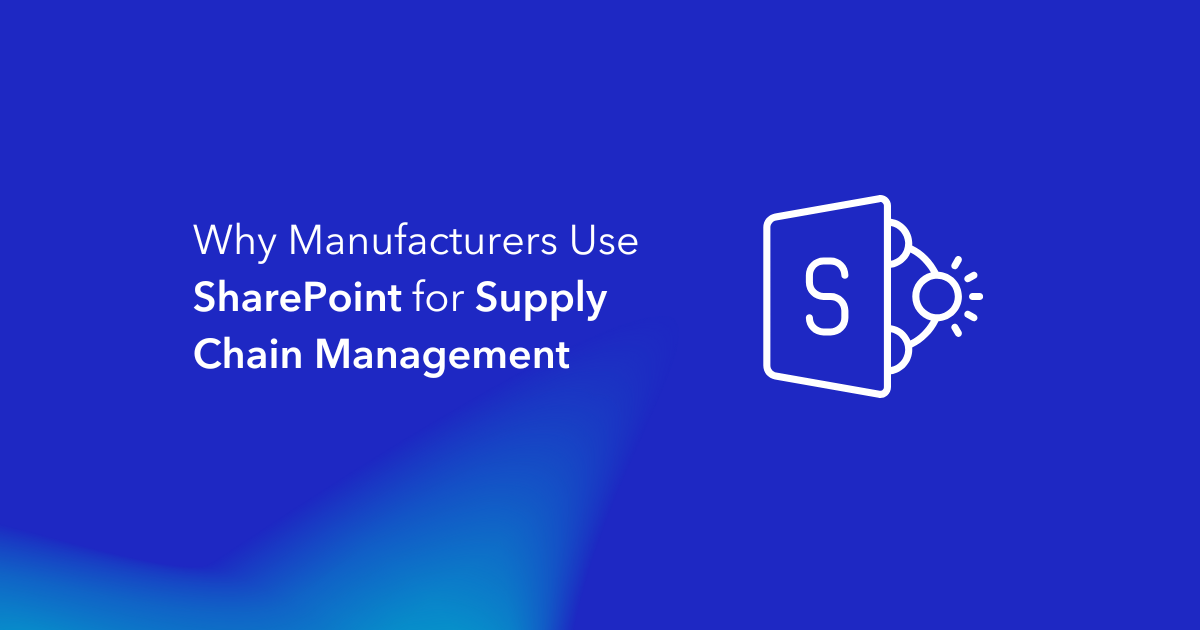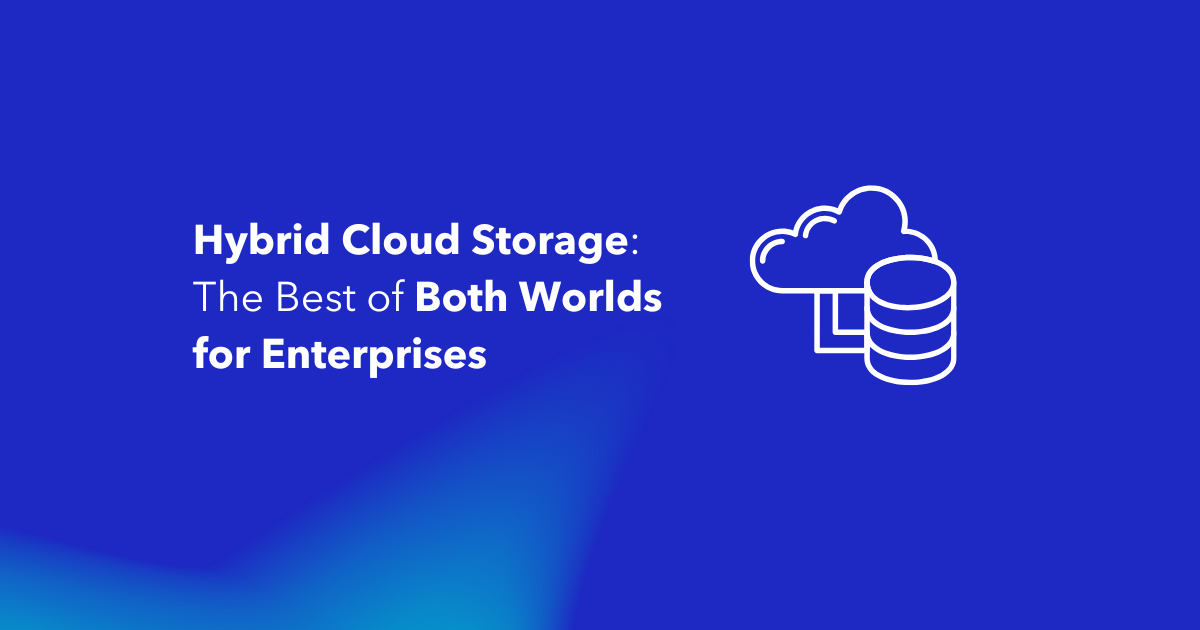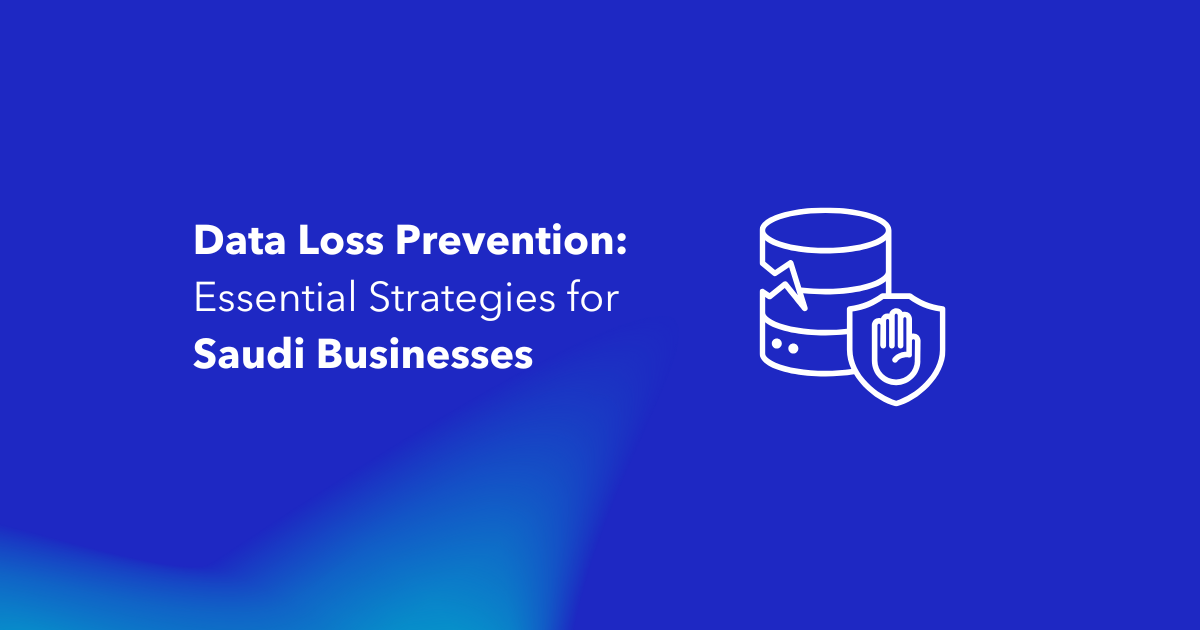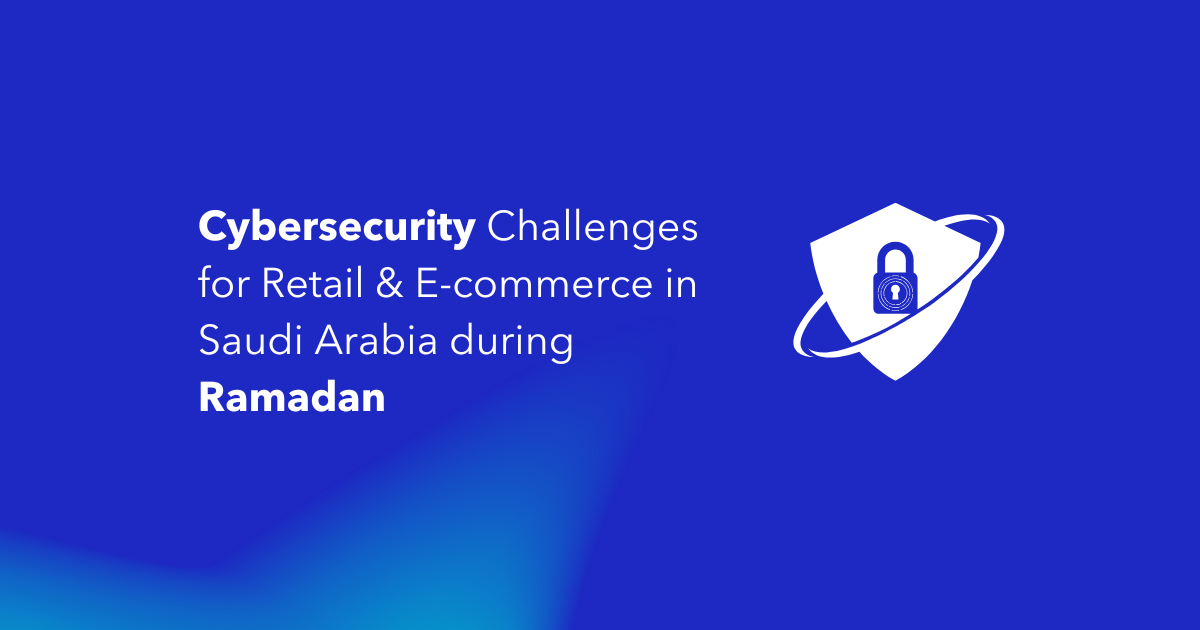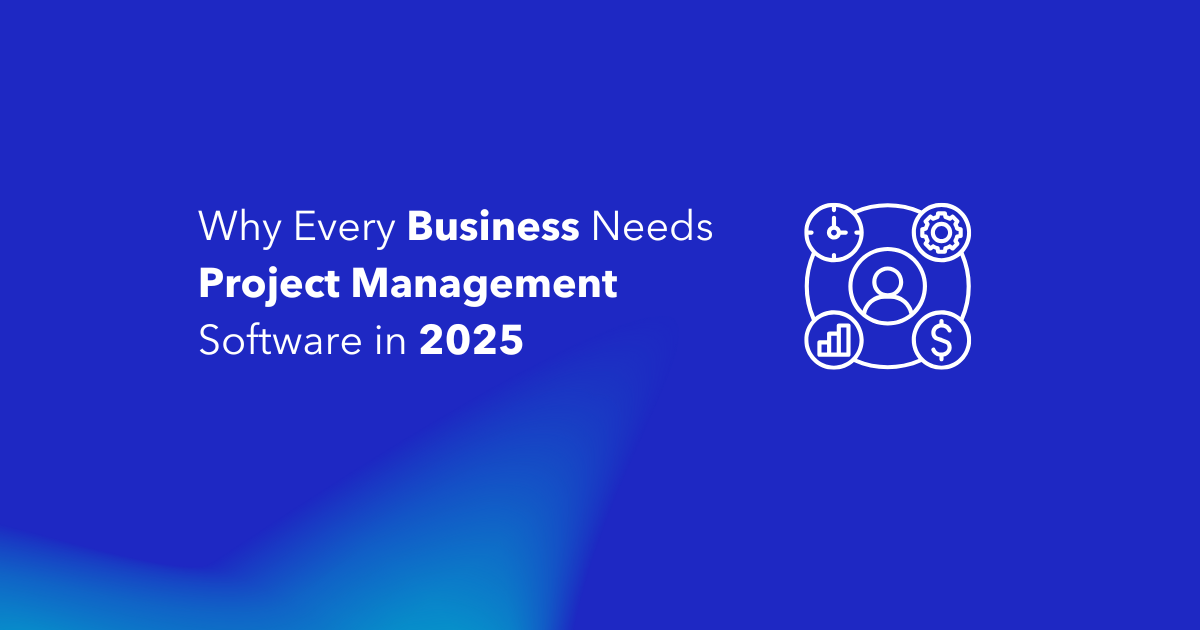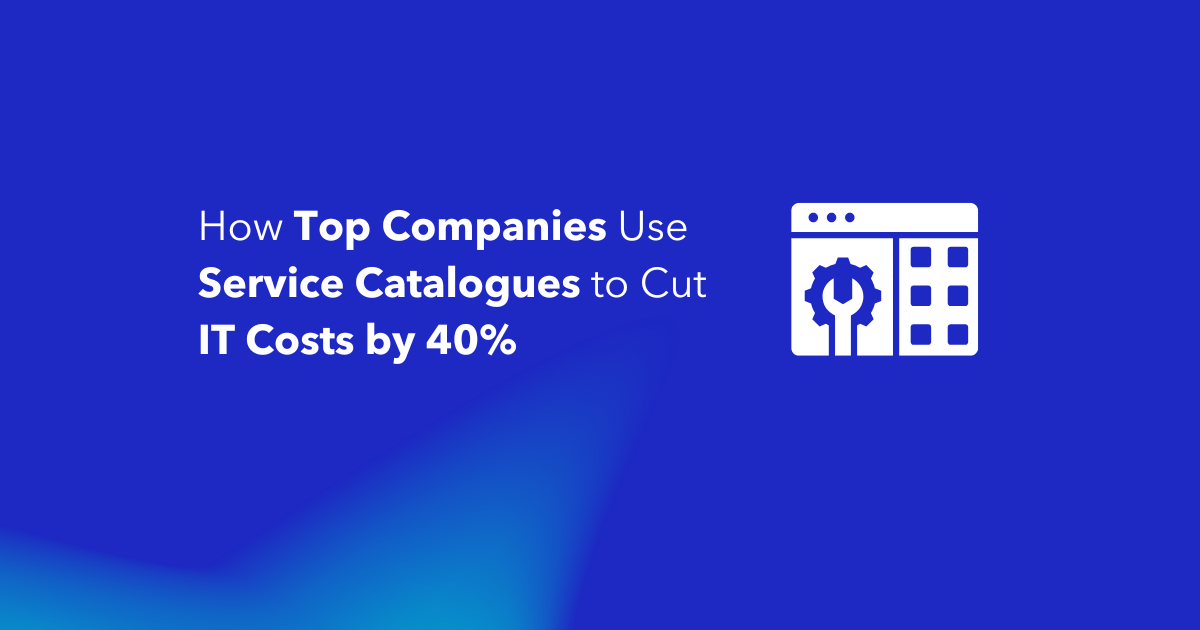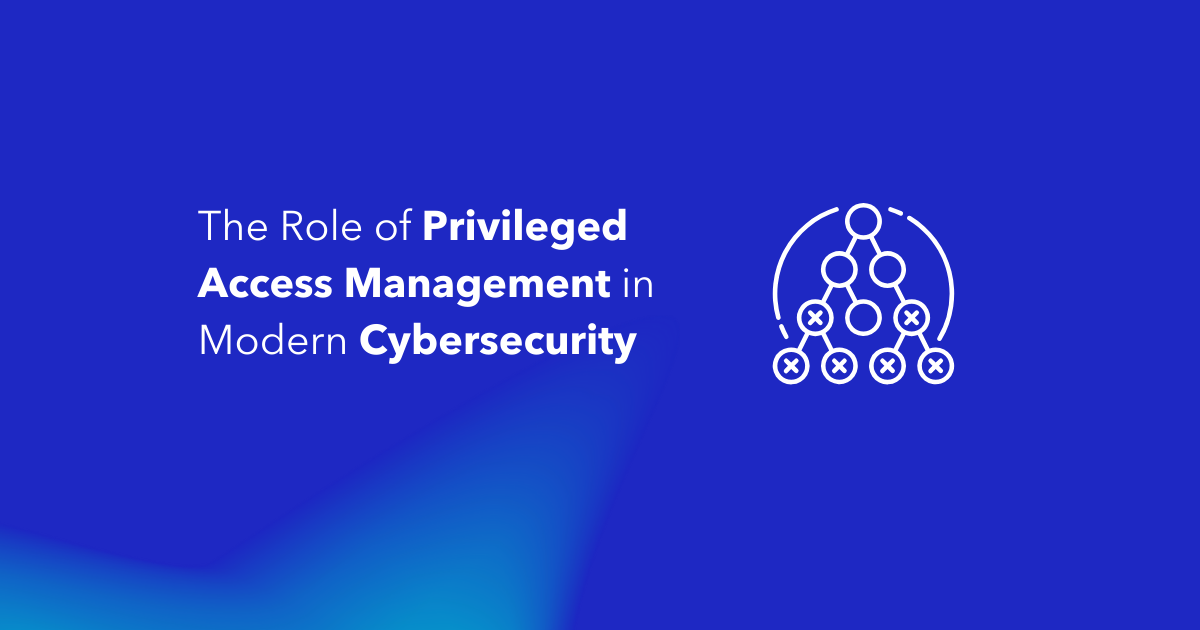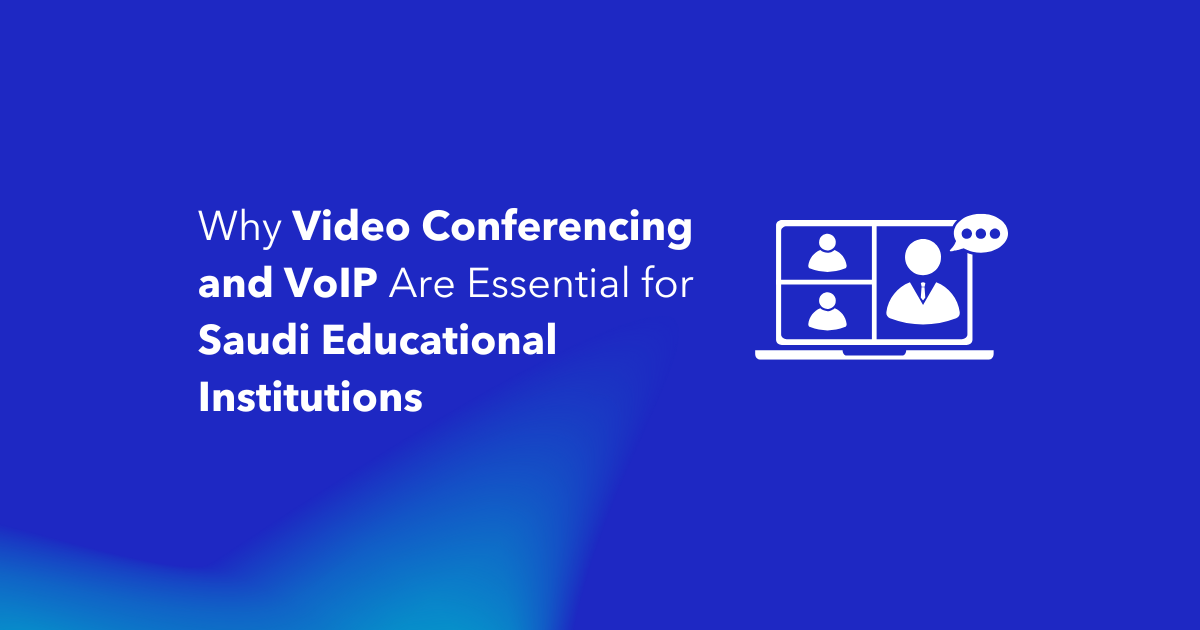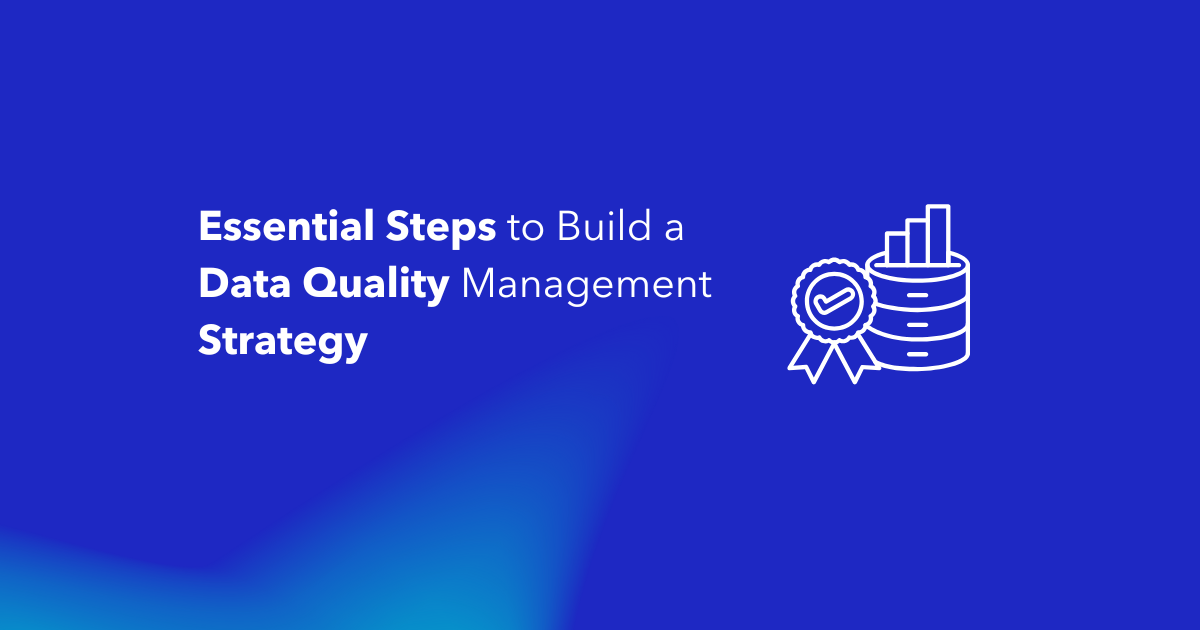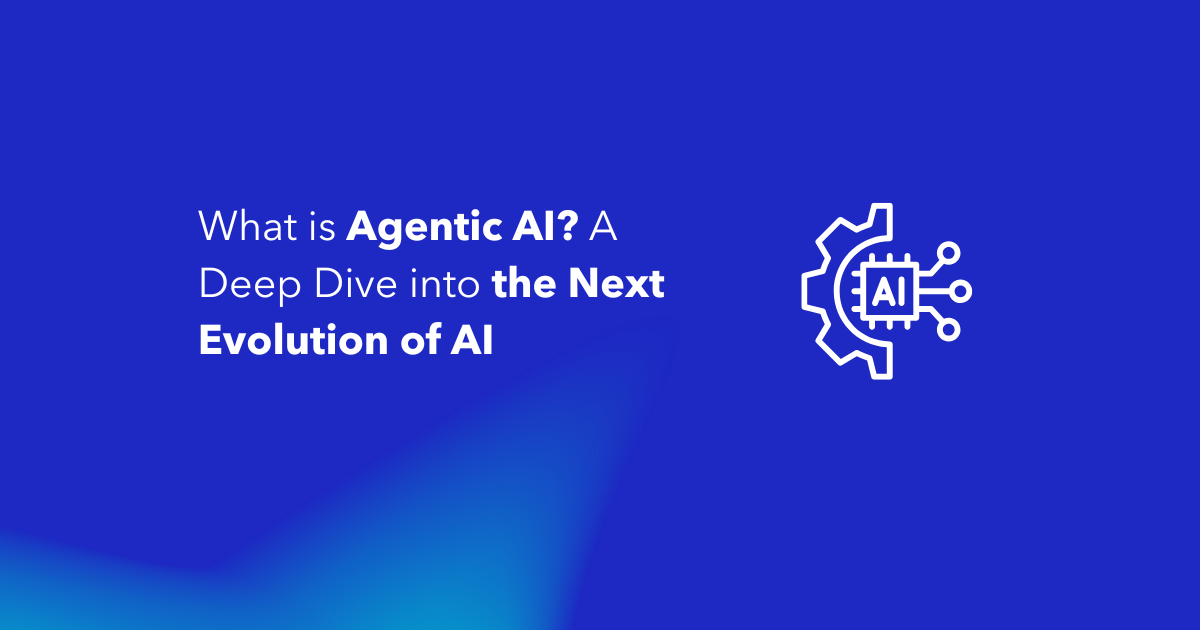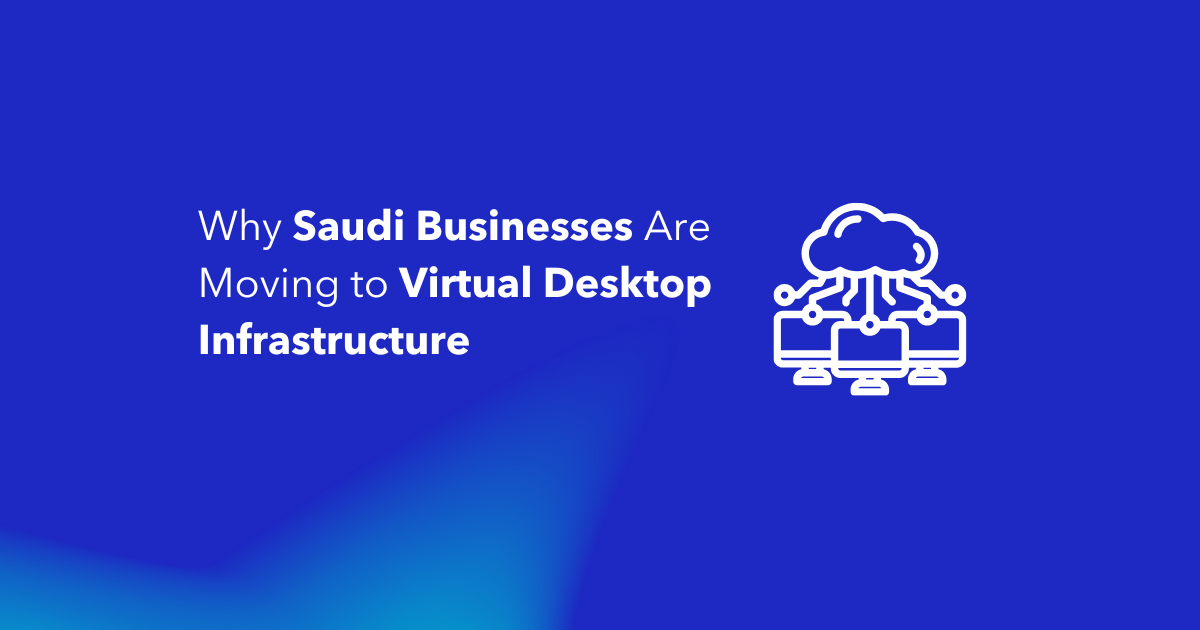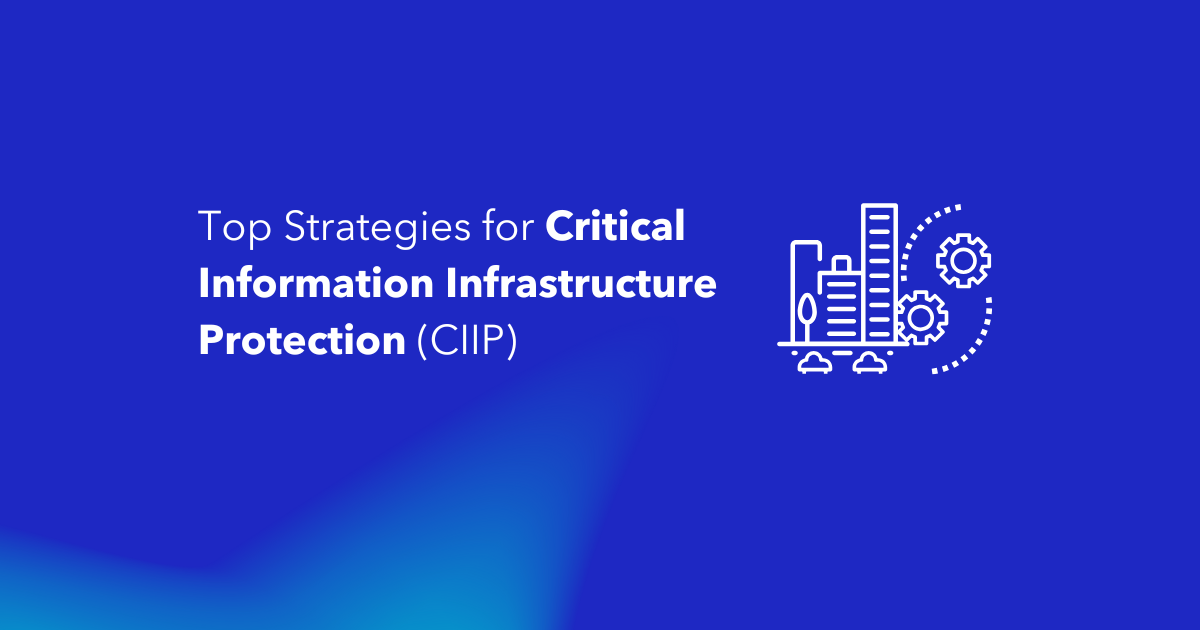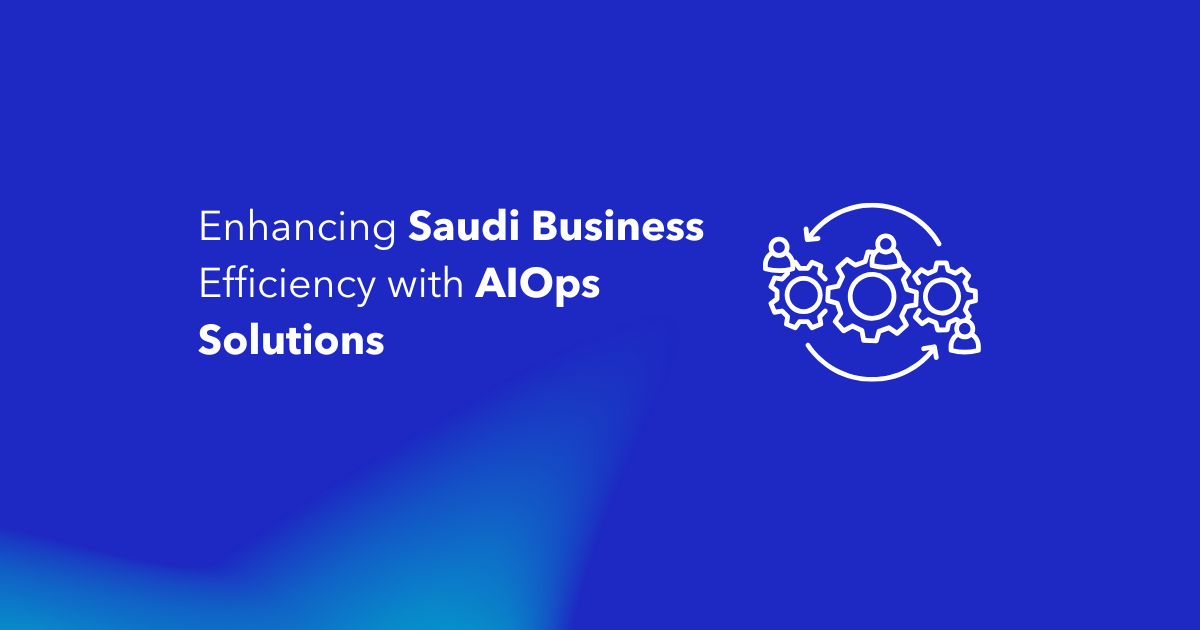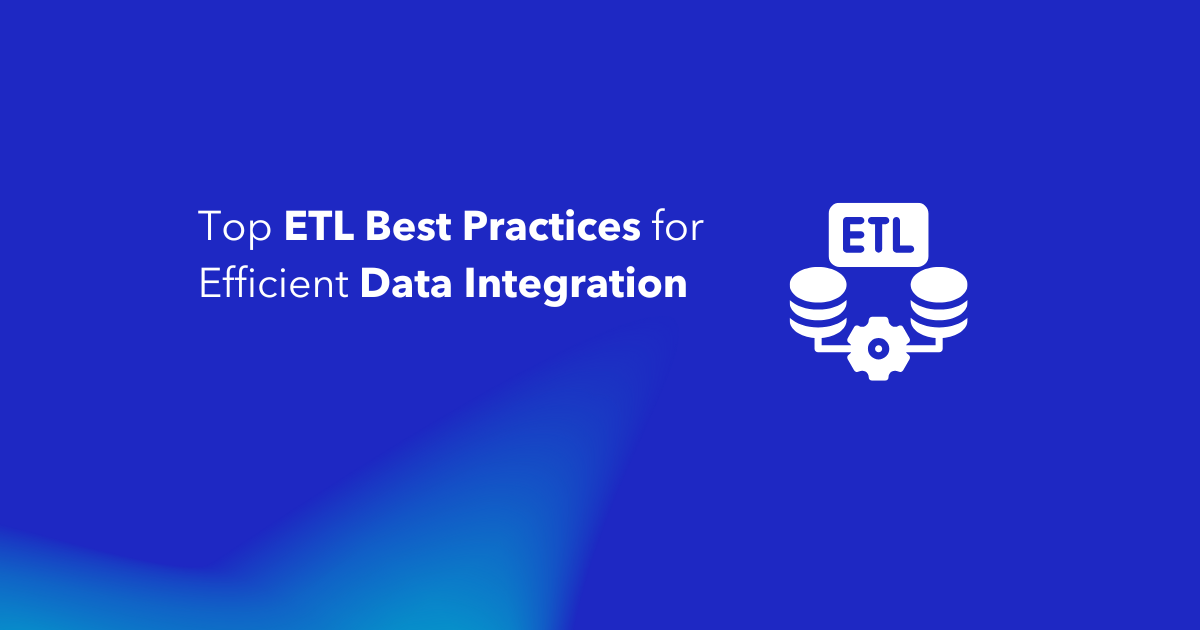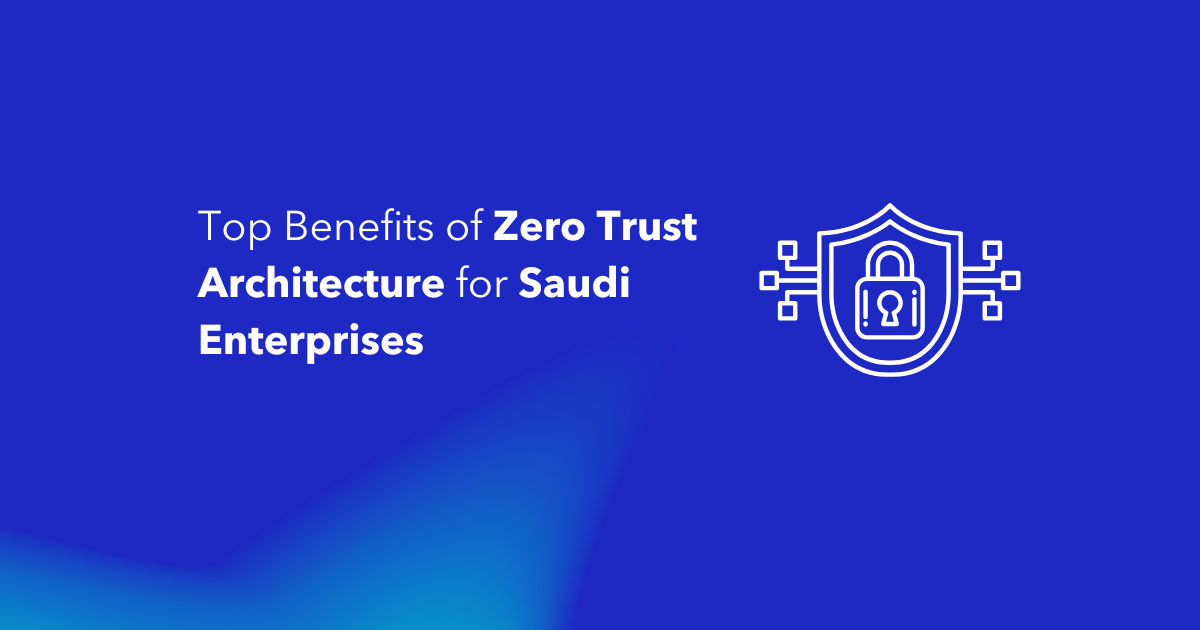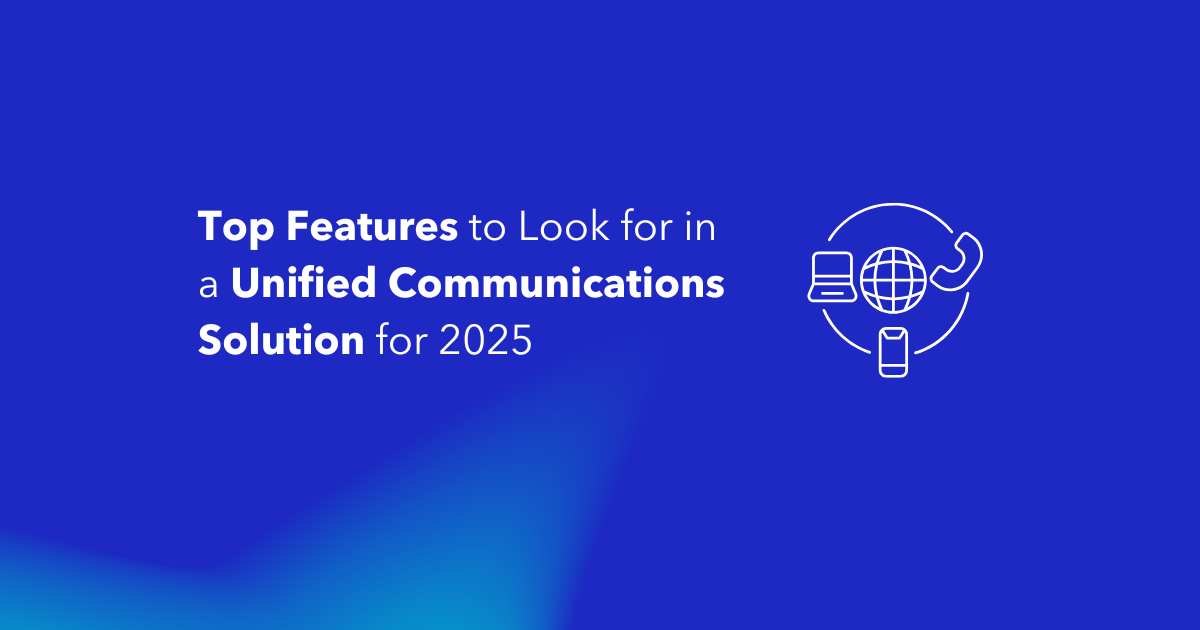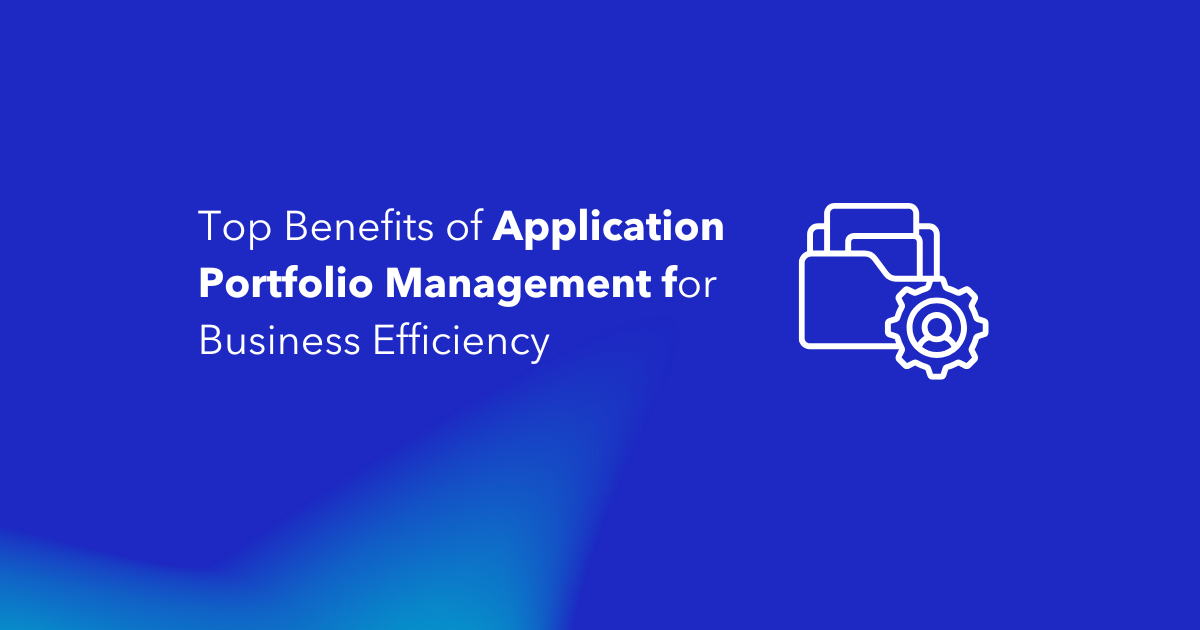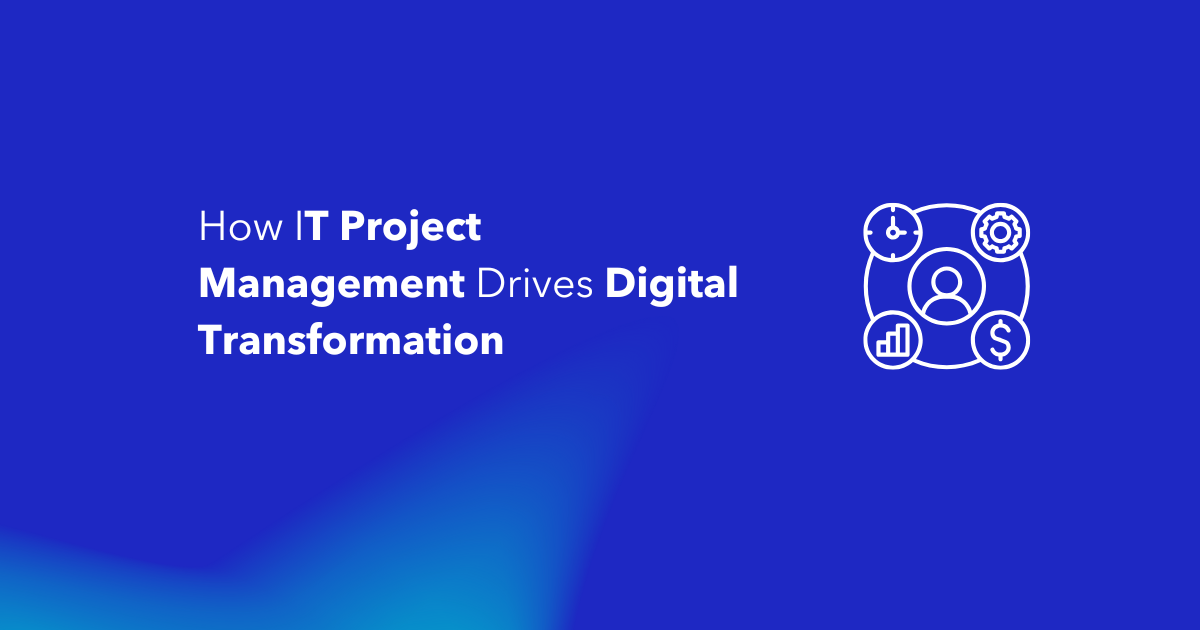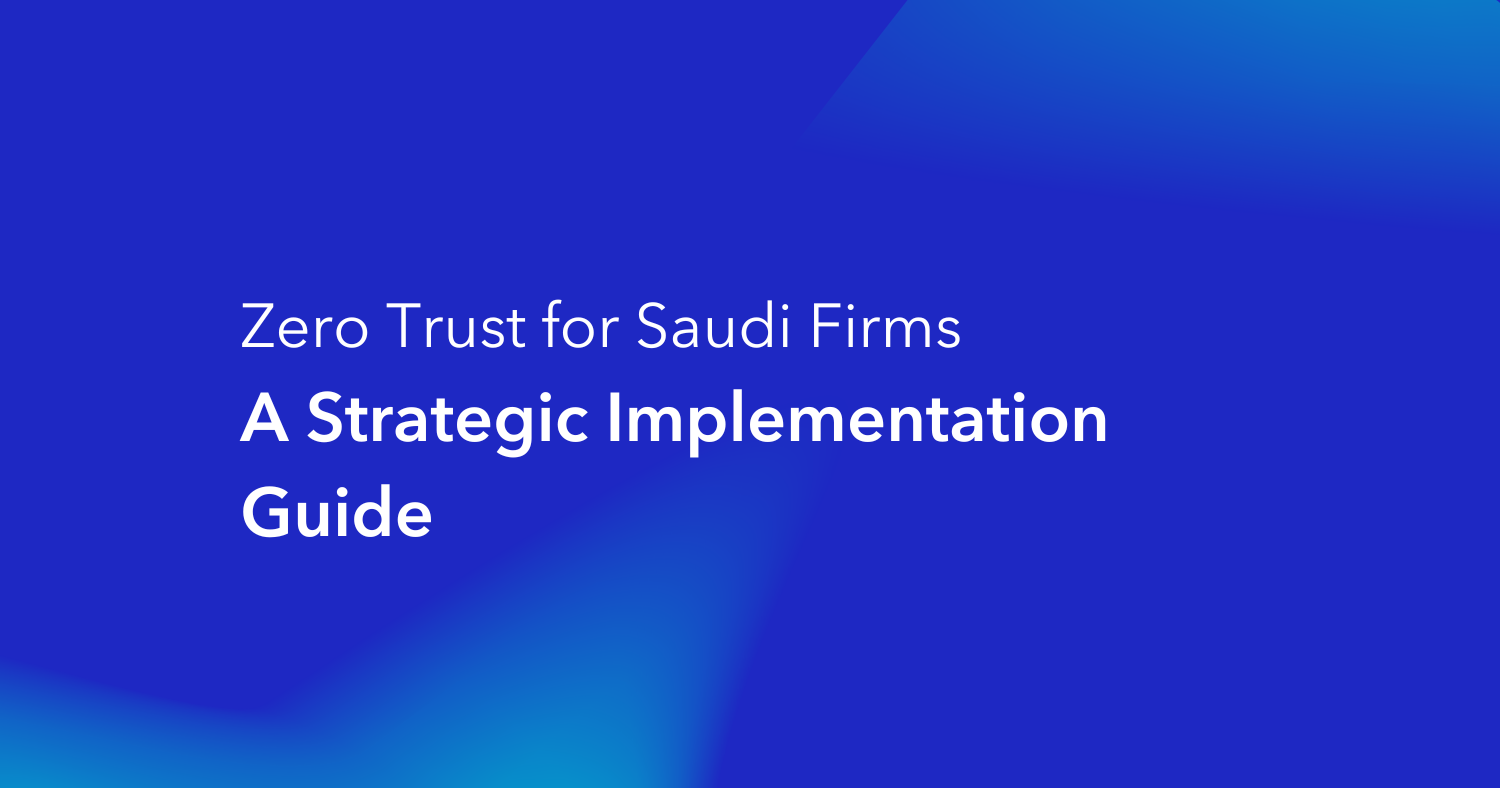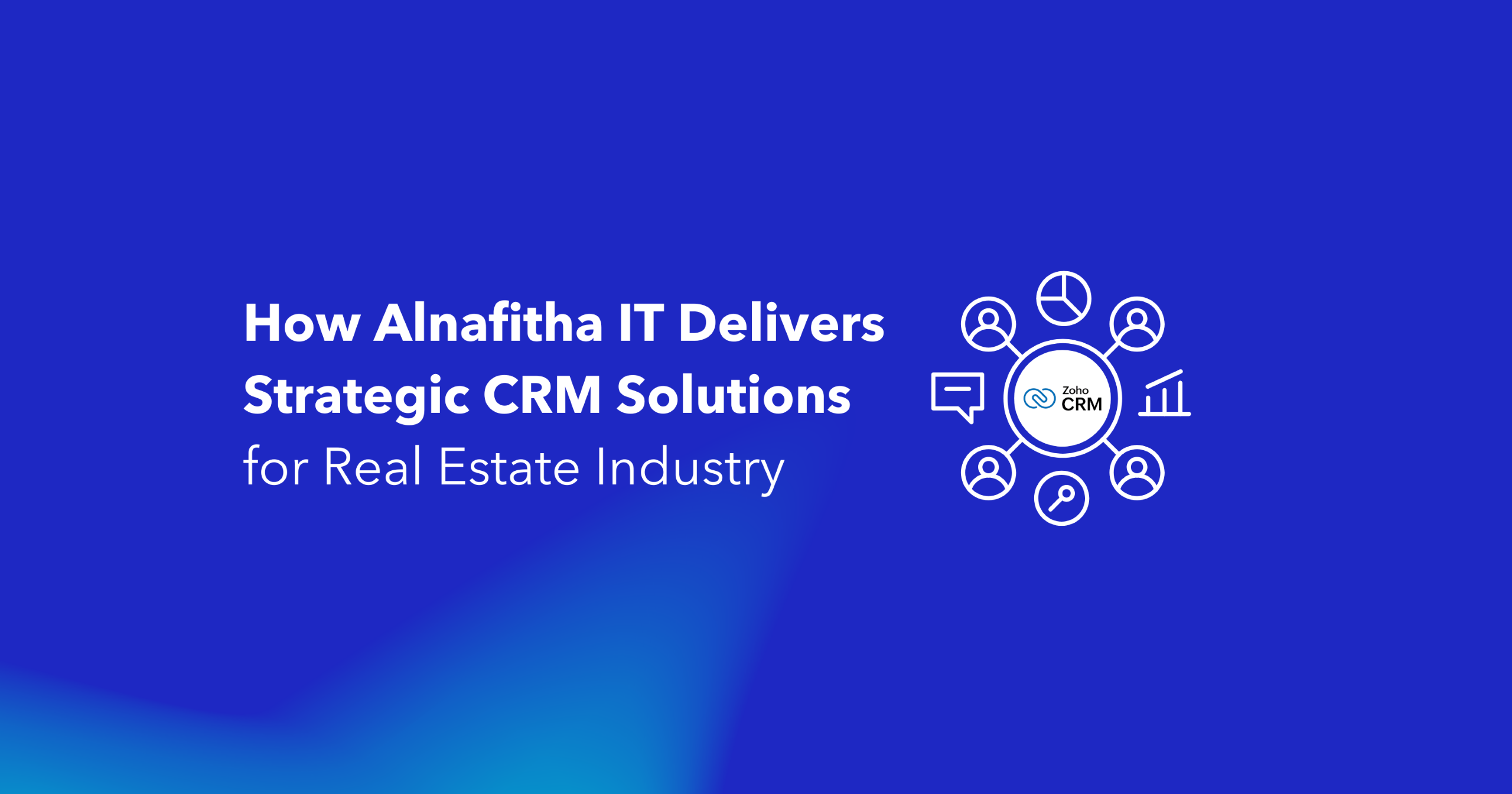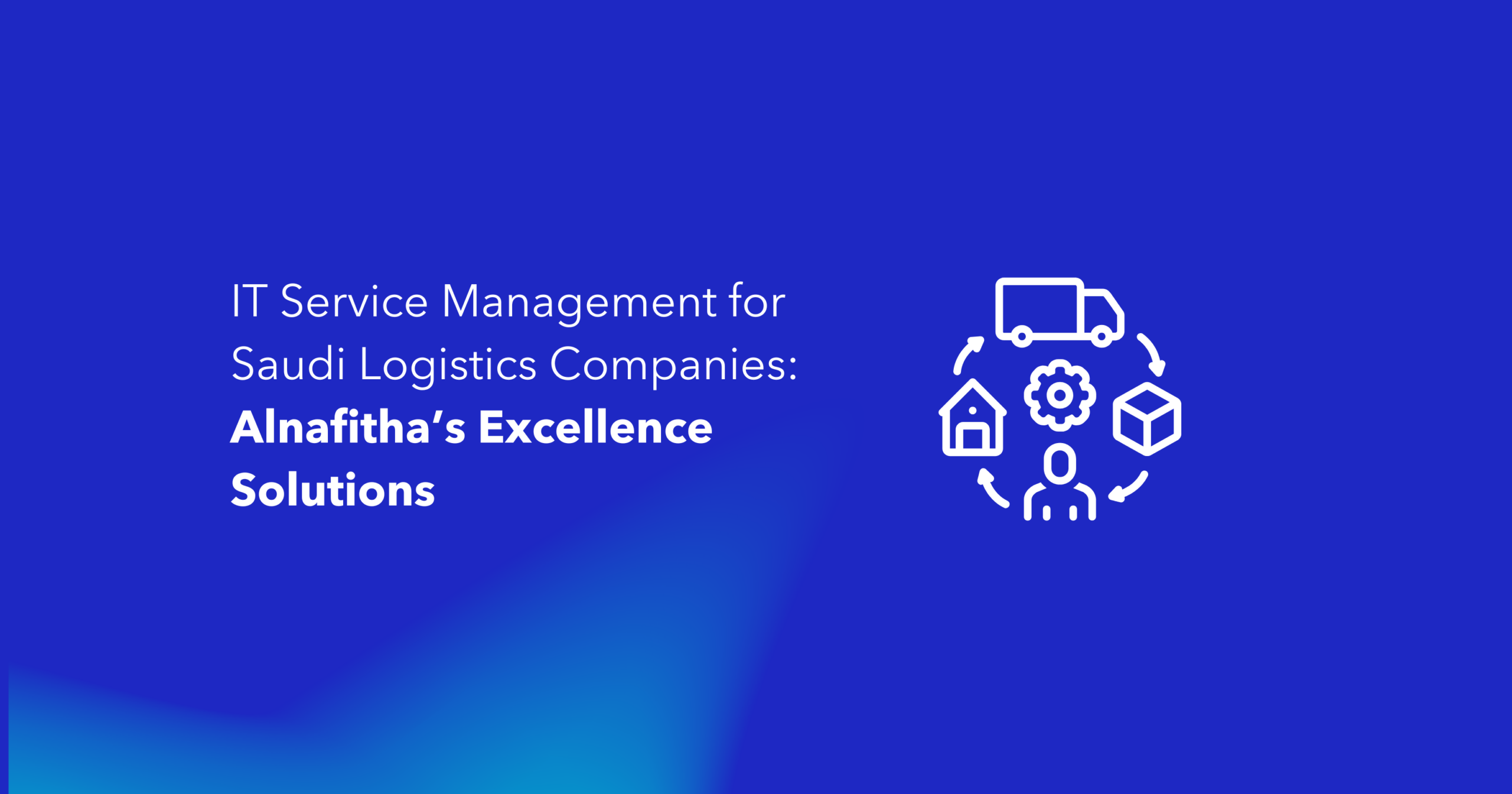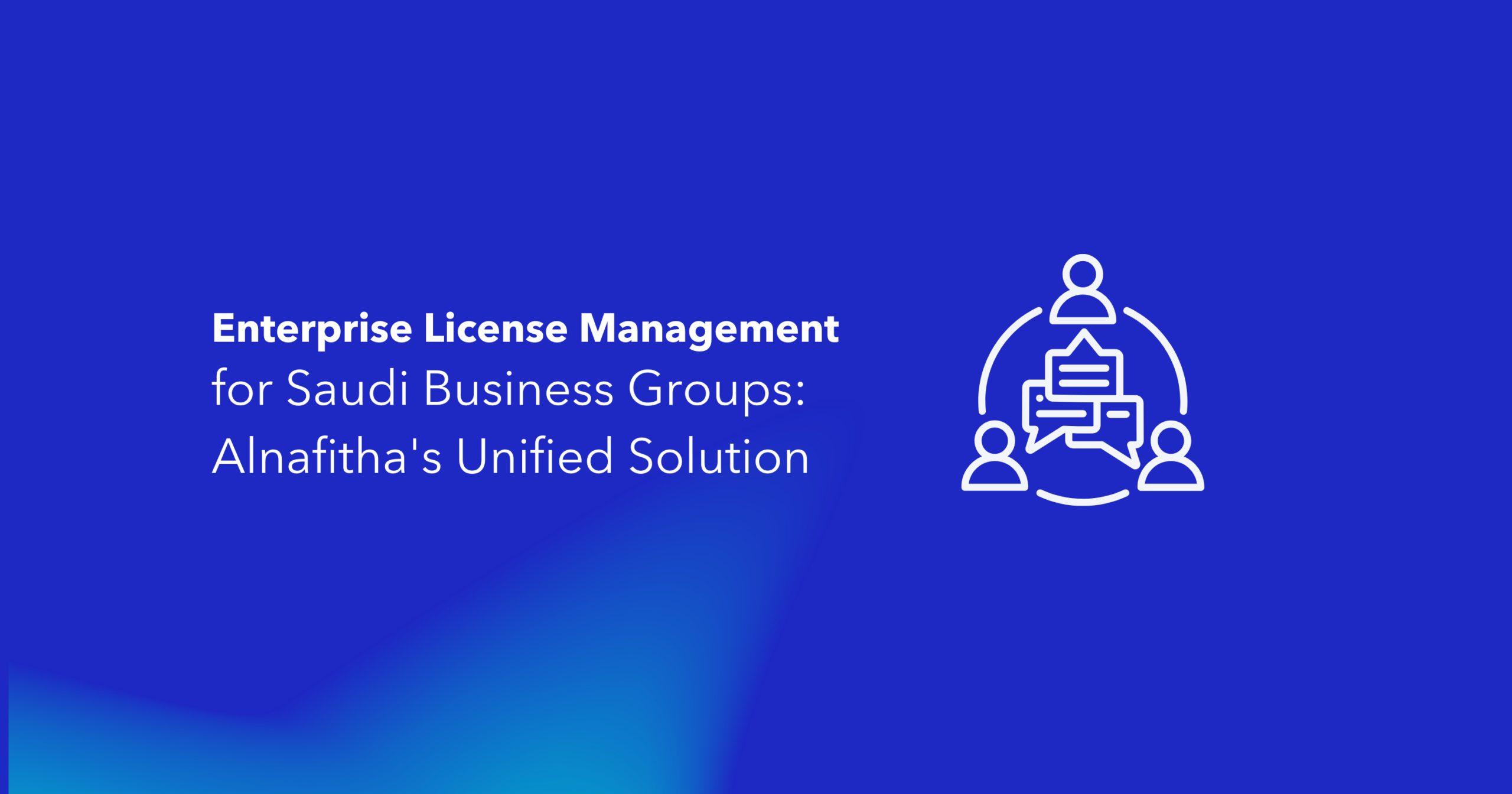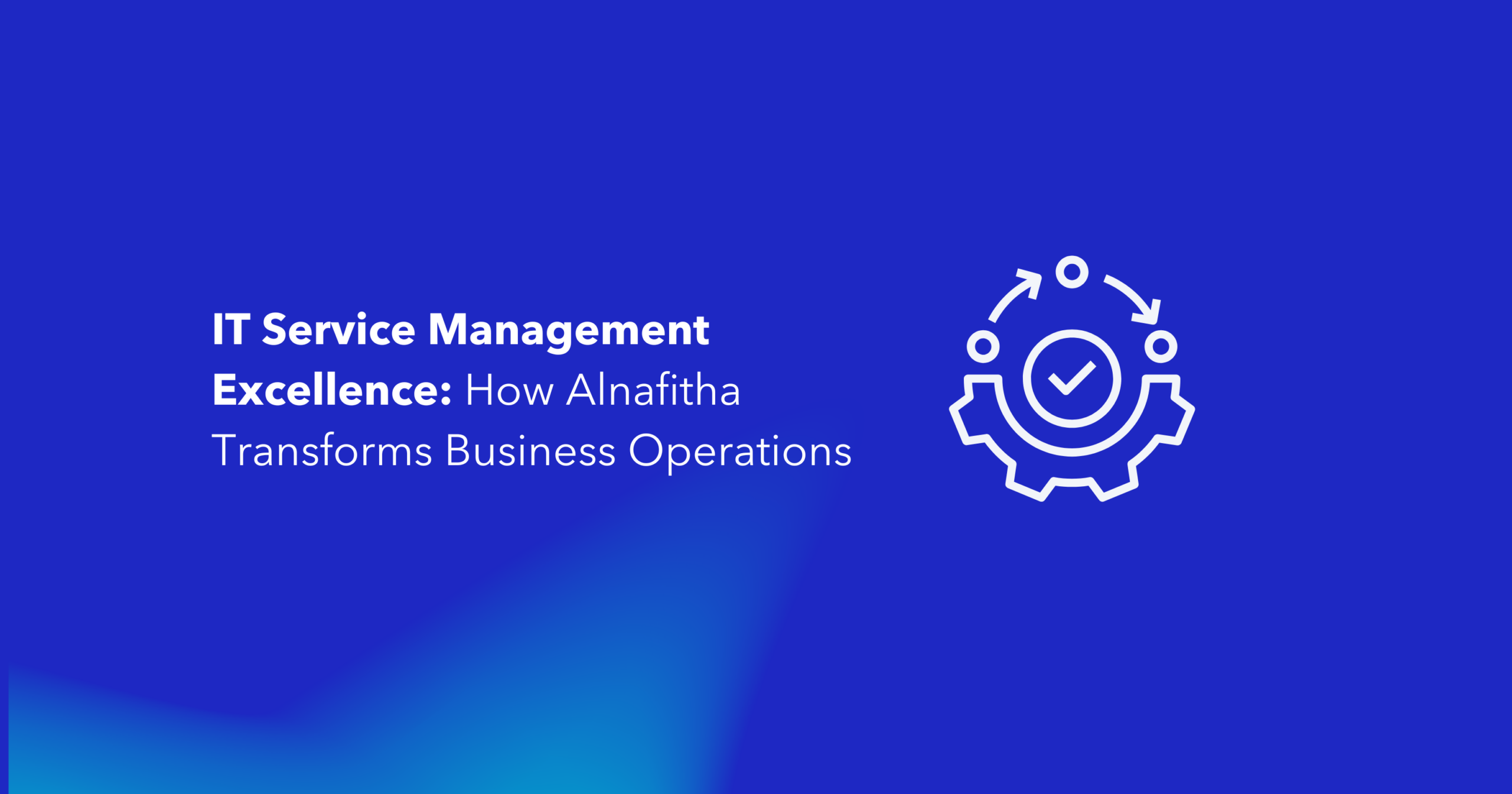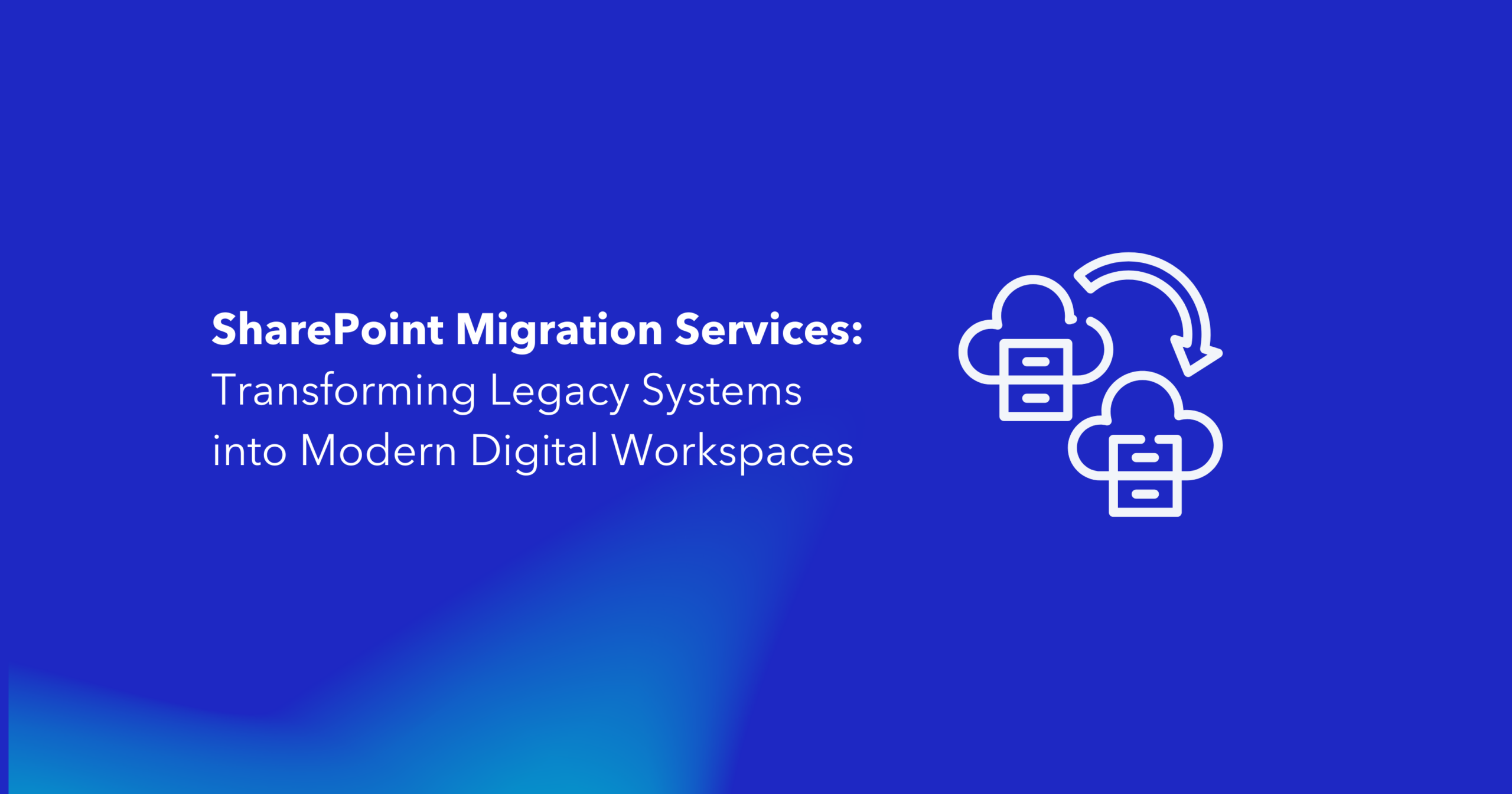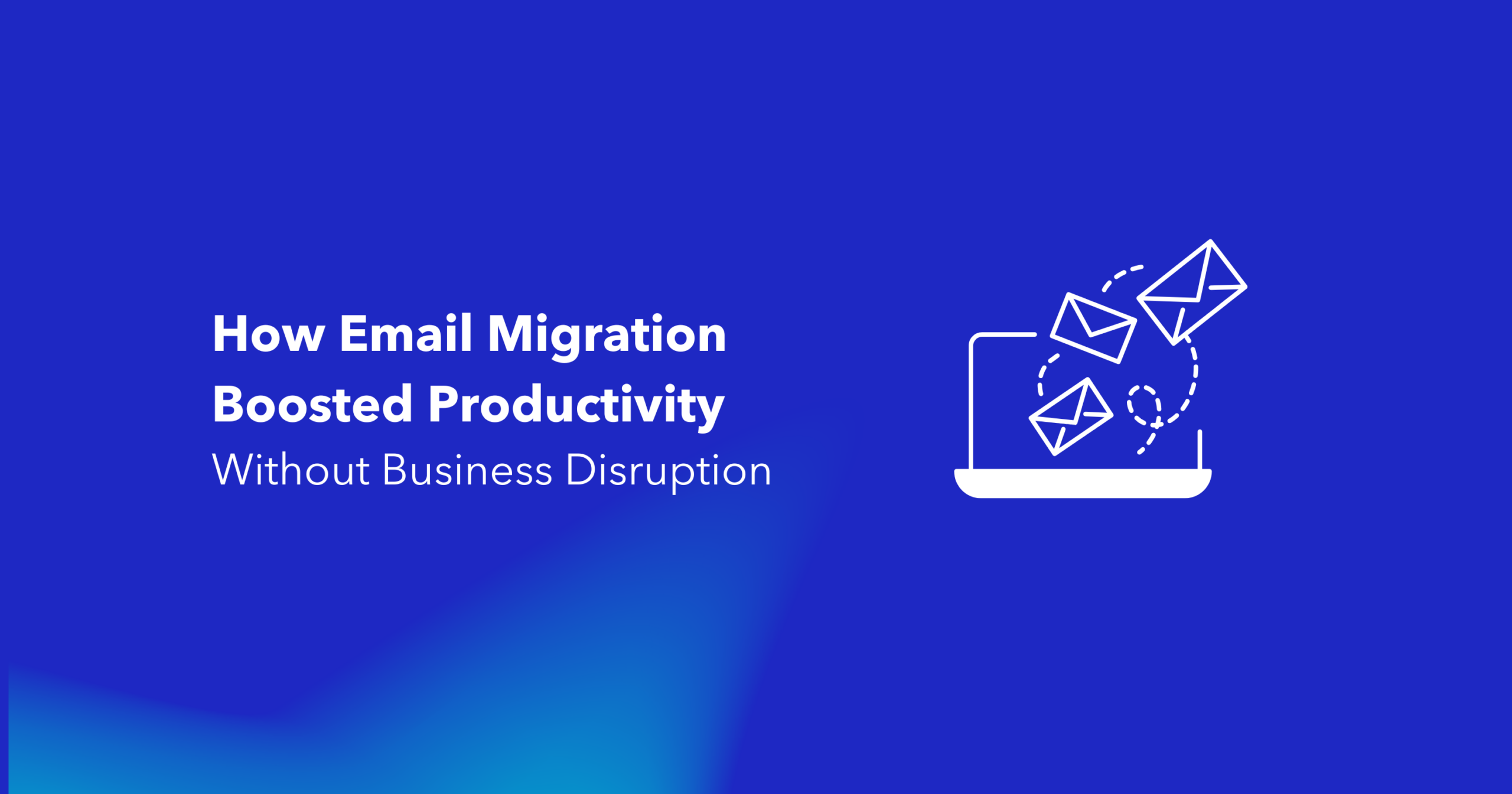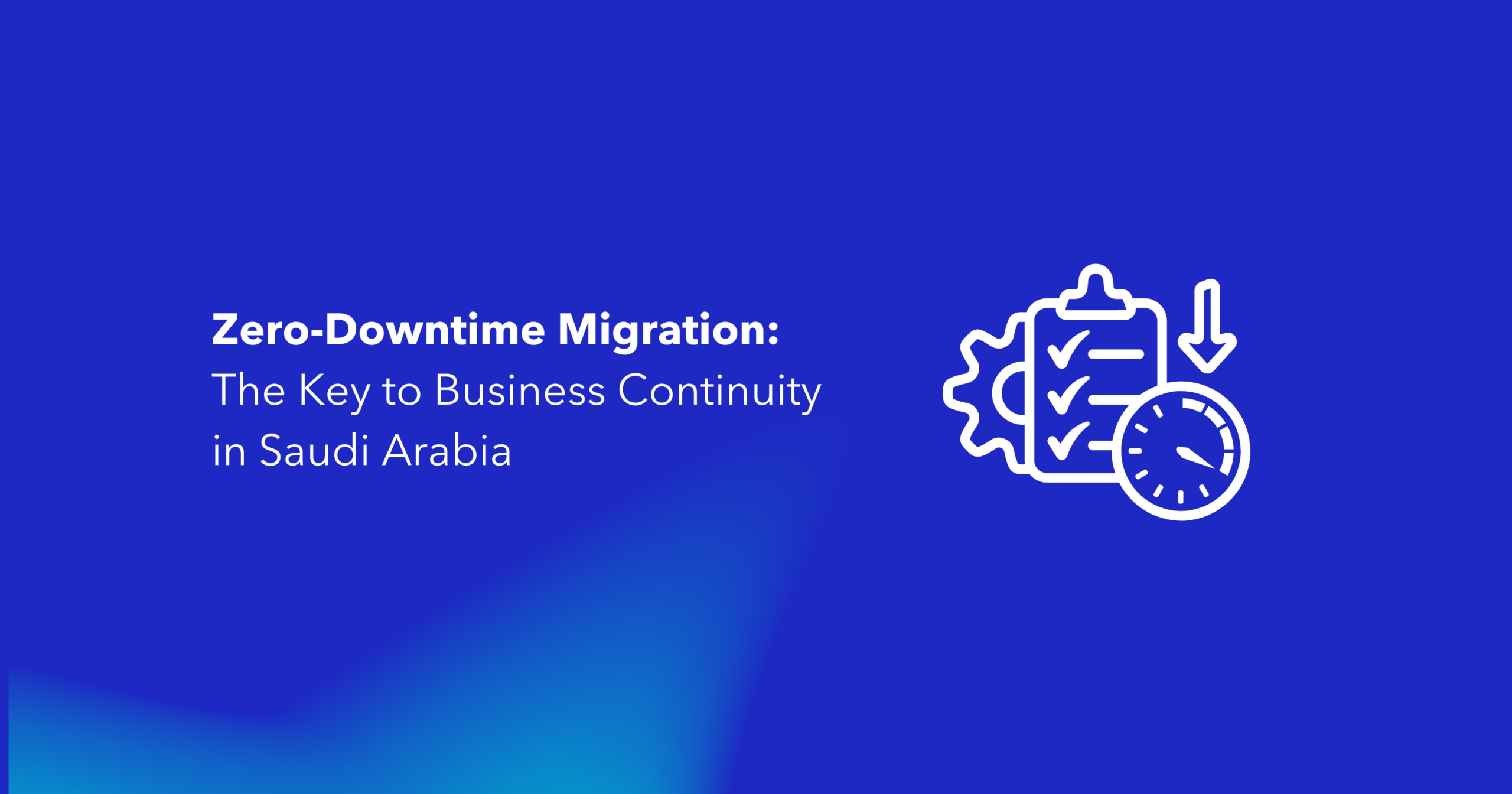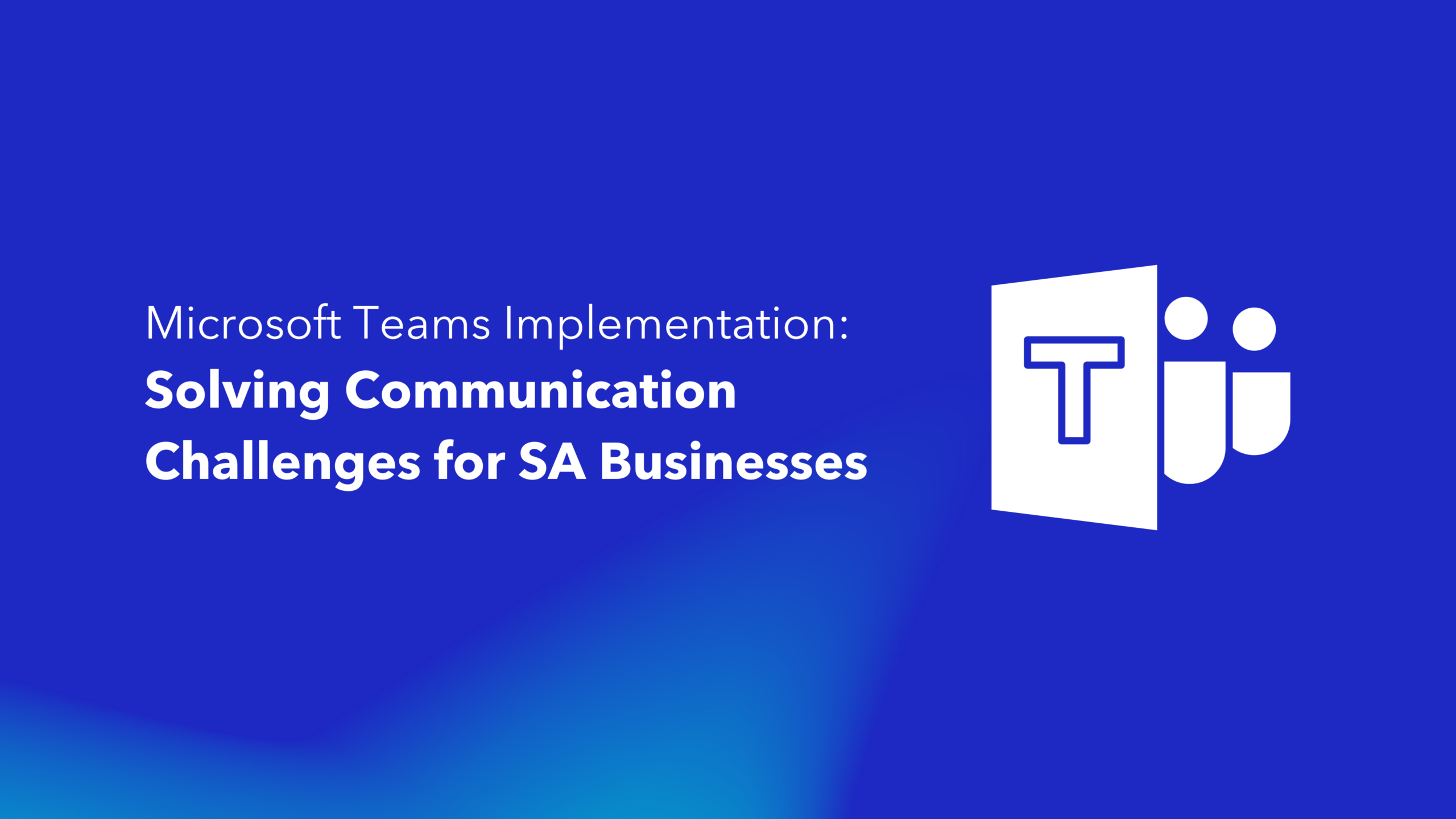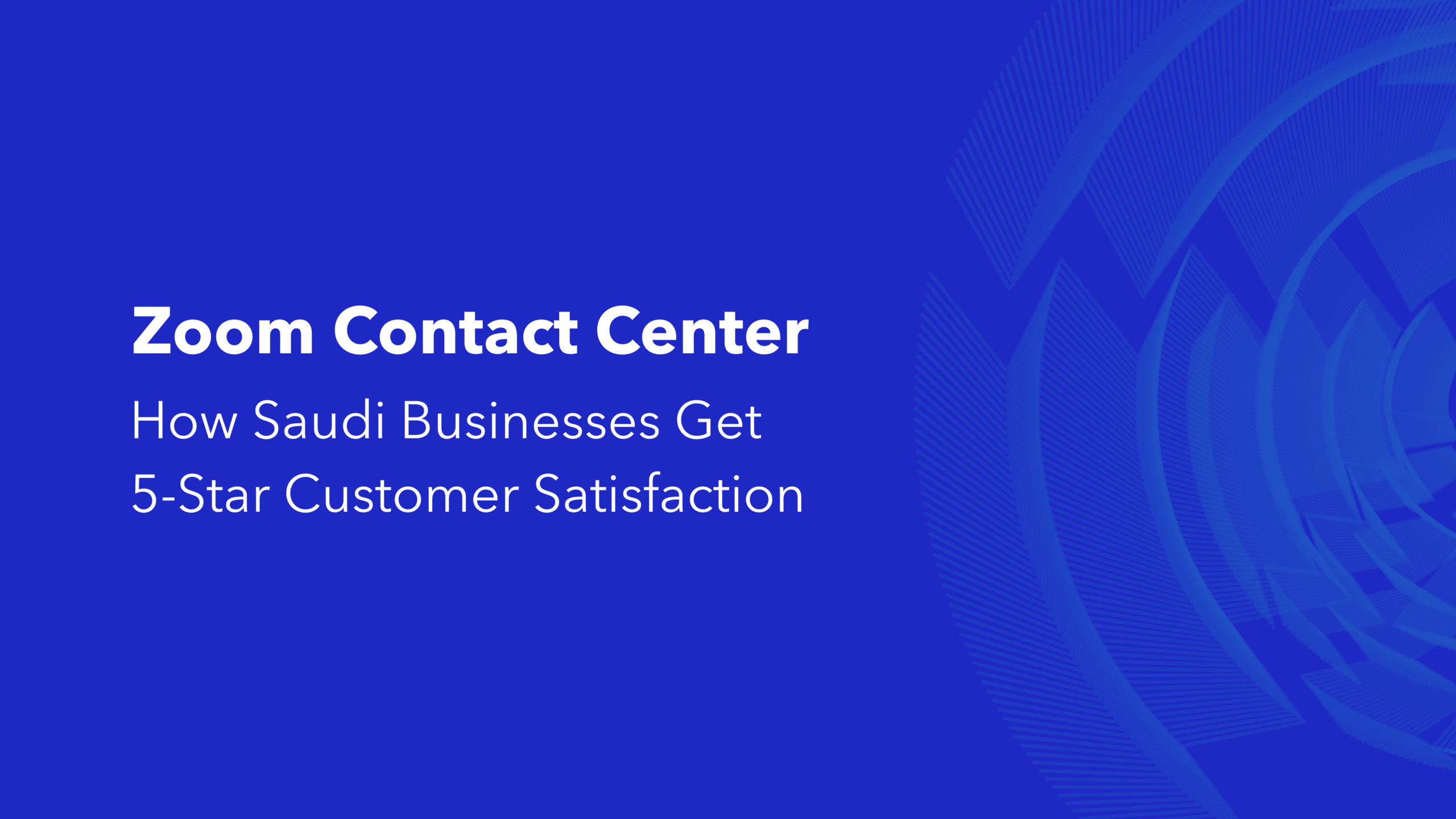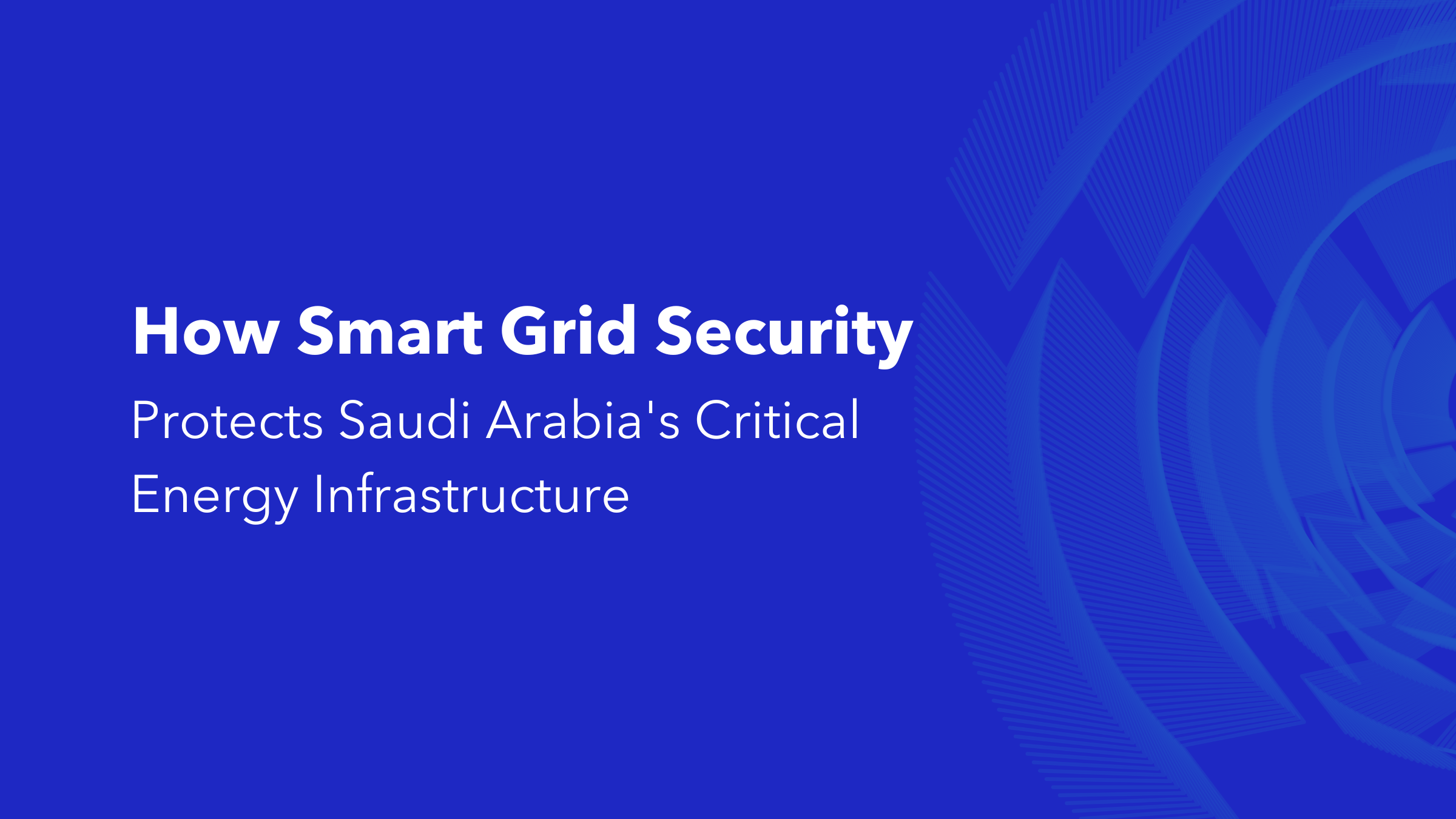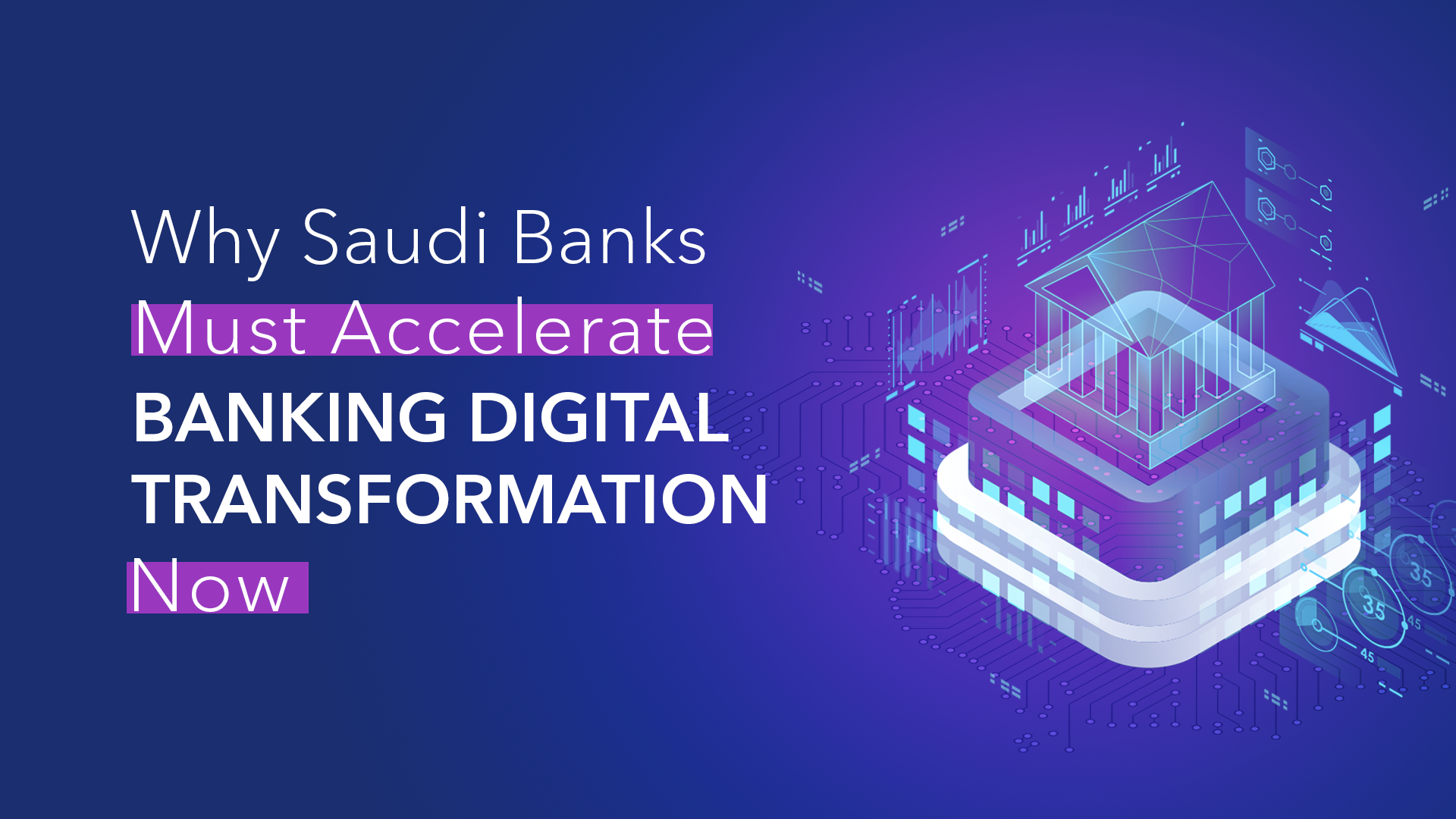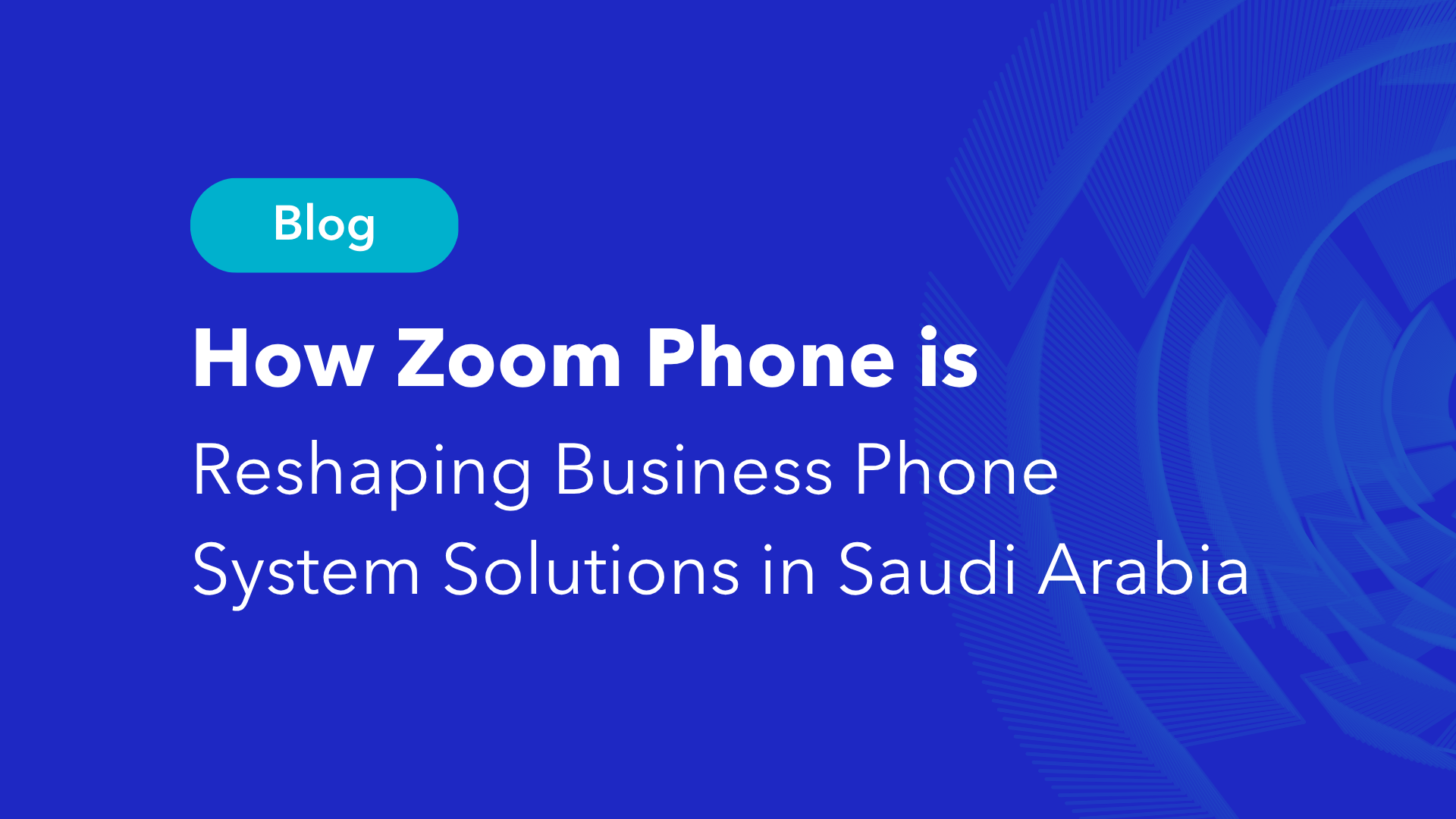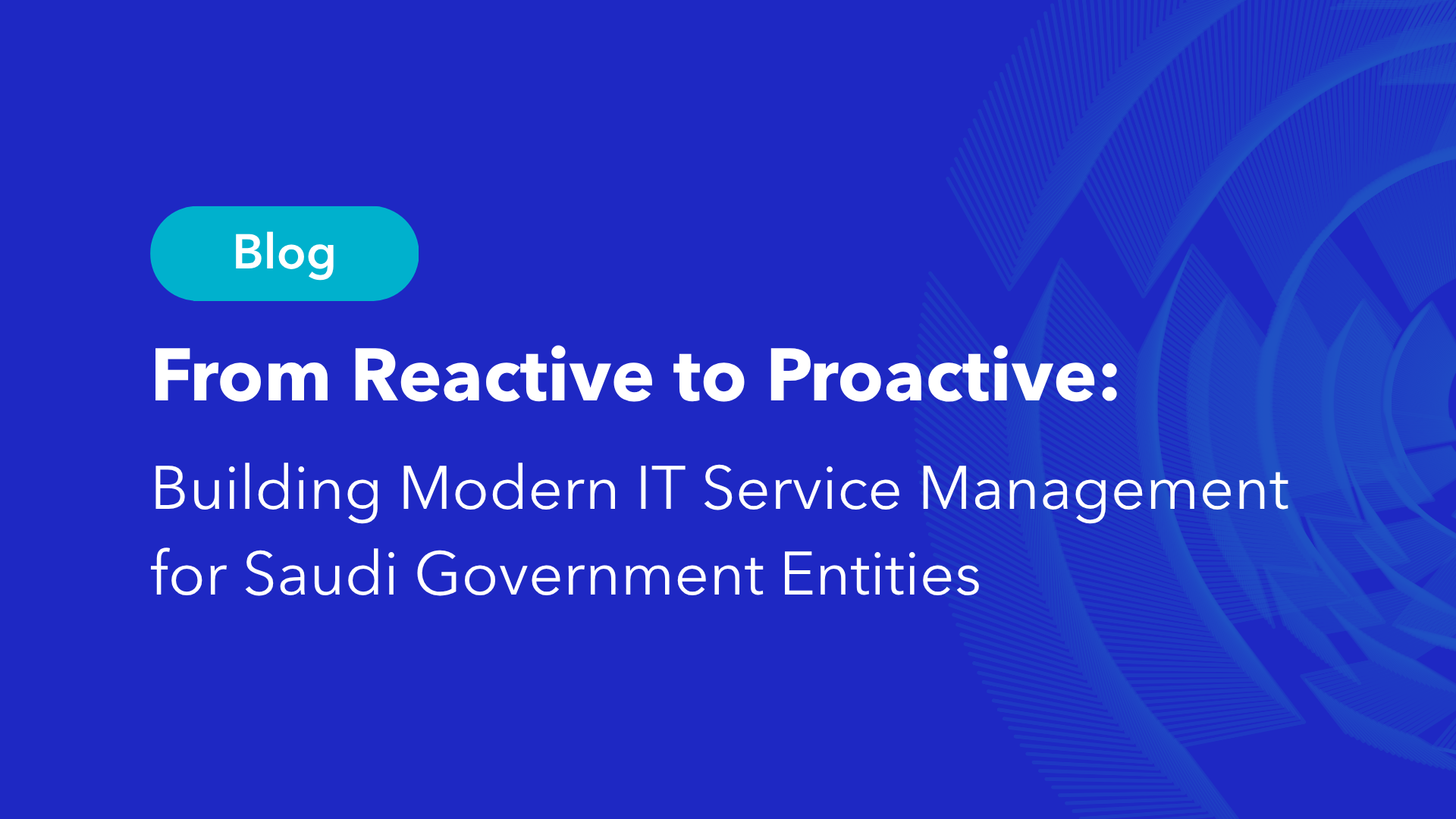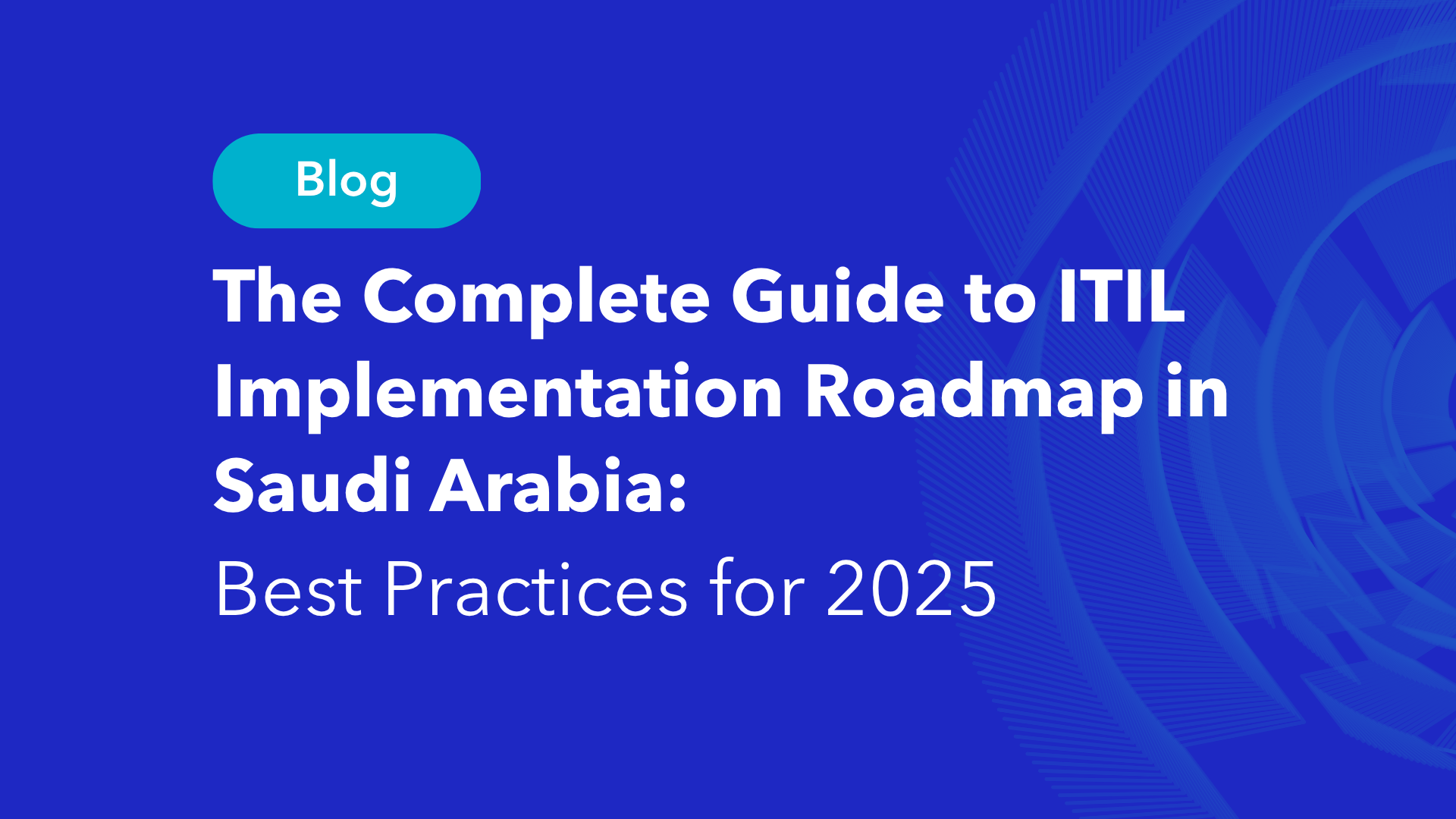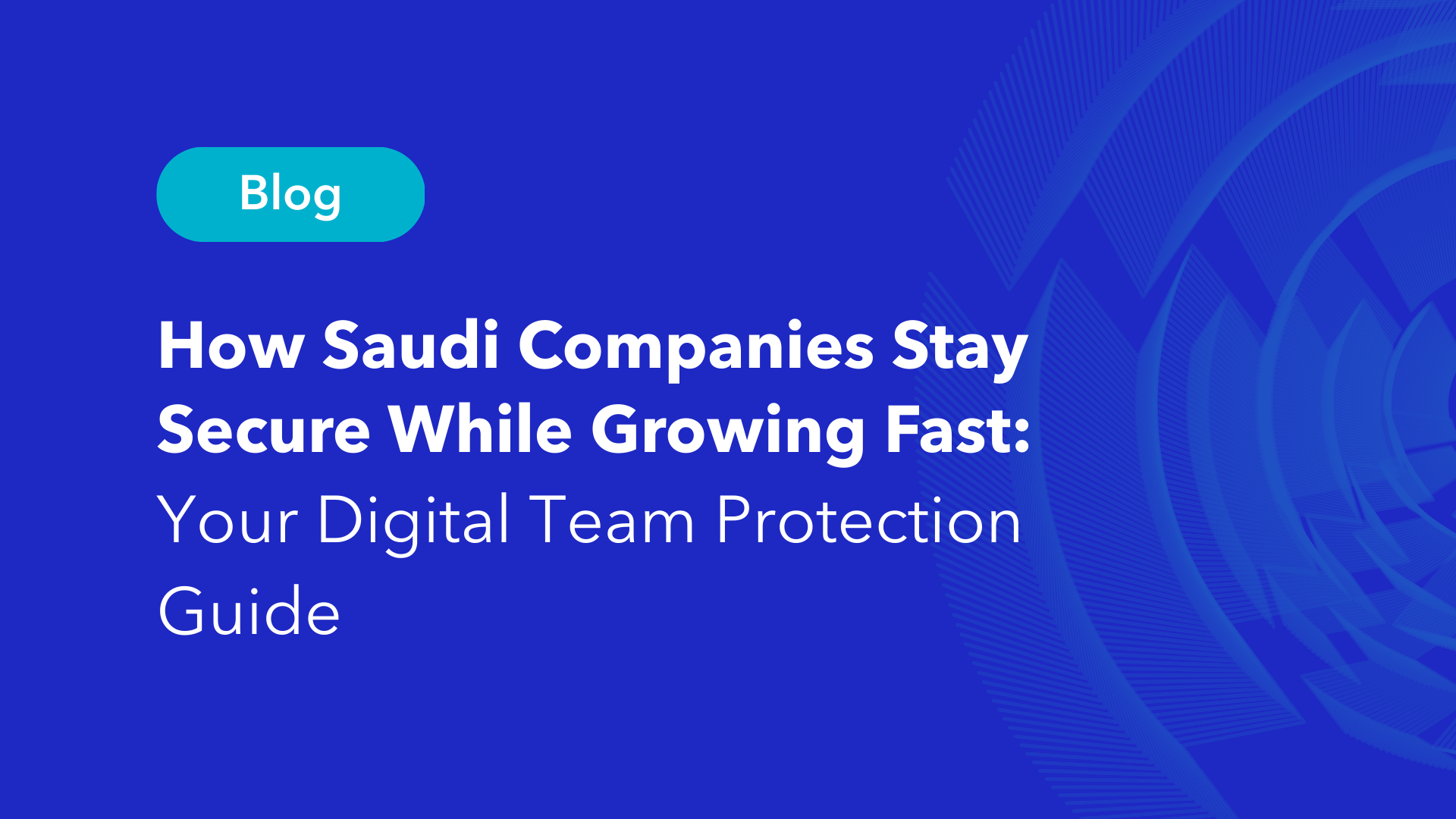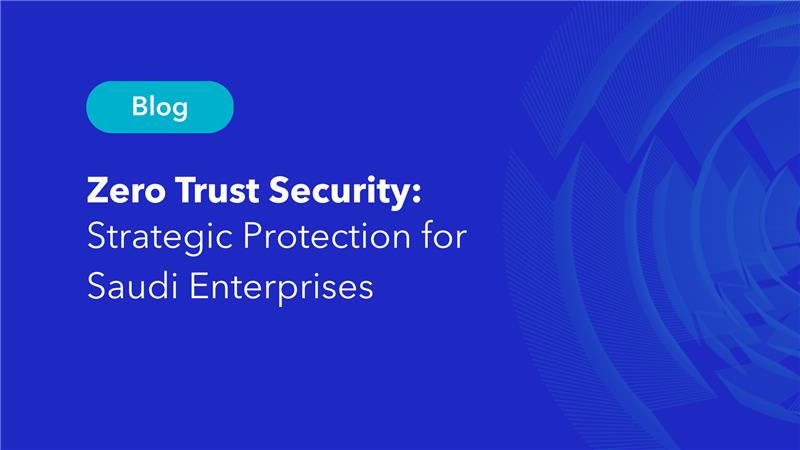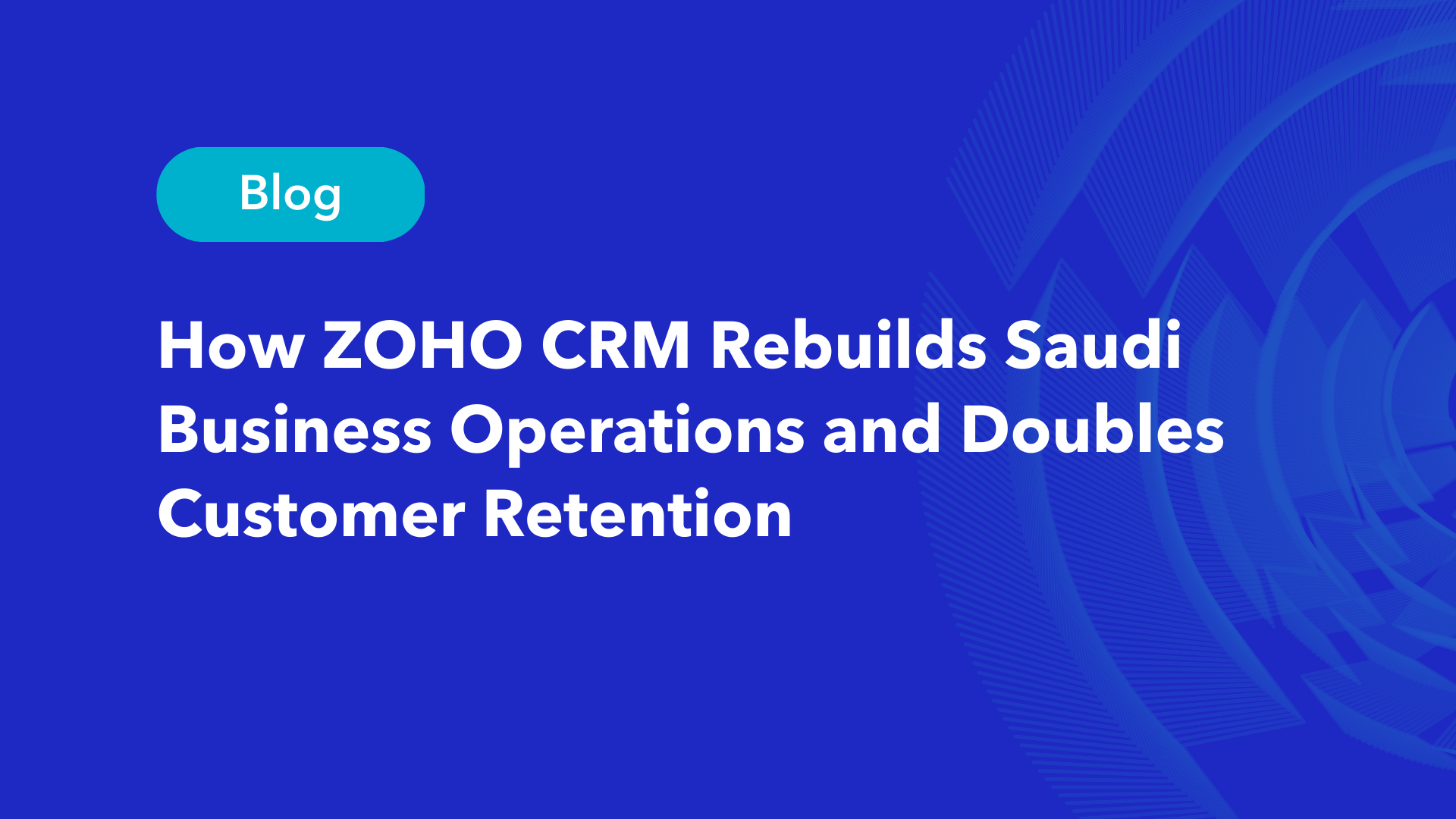Saudi organizations require robust cybersecurity measures amid the kingdom’s Vision 2030 digital transformation agenda. Meanwhile, security Information and Event Management (SIEM) technology stands central to protecting enterprise assets against sophisticated cyber threats.
Saudi Arabia’s National Cybersecurity Authority mandates stringent security protocols across public and private sectors to minimize risk exposure. Consequently, manufacturing entities face persistent threats – from targeted ransomware campaigns to sophisticated phishing attacks and data breaches. In response, SIEM platforms deliver advanced threat detection capabilities through multi-source data aggregation and correlation. Furthermore, these systems harness machine learning algorithms to identify anomalous patterns and accelerate incident response times.
Therefore, this technical guide examines SIEM implementation strategies to fortify your security infrastructure, maintain regulatory alignment, and safeguard mission-critical assets within Saudi Arabia’s evolving threat landscape.
Understanding Security Information and Event Management (SIEM)
Security Information and Event Management (SIEM) technology forms the backbone of enterprise cybersecurity frameworks. The system unifies security information management (SIM) and security event management (SEM) functionalities into an advanced monitoring platform.
What Is SIEM?
SIEM platforms execute continuous analysis of security alerts originating from network hardware and software components. The technology functions as a centralized command center, processing log data streams from distributed IT infrastructure elements.
Core architectural components of SIEM platforms include:
- Log Collection and Aggregation: Systematic acquisition of data points from enterprise servers, applications, and security infrastructure.
- Real-time Monitoring: Continuous surveillance of system operations and security-critical events.
- Alert Generation: Precise notification mechanisms for security teams regarding threat indicators.
- Automated Response: Orchestrated execution of security protocols based on predefined event parameters.
Why Saudi Companies Need SIEM
Saudi enterprises encounter distinct security challenges within the regional threat landscape. Moreover, the kingdom’s strategic position as a commercial nexus creates heightened cybersecurity risks for organizations.
To address these concerns, National Cybersecurity Authority (NCA) frameworks require sophisticated security monitoring across vital industry sectors. In this context, SIEM deployment enables Saudi organizations to maintain stringent data protection standards while also ensuring regulatory adherence.
SIEM implementation delivers measurable security advantages:
- Enterprise-wide system visibility.
- Accelerated threat identification and mitigation.
- Systematic compliance documentation.
- Advanced incident investigation tools.
SIEM platforms serve dual functions – providing robust security controls while ensuring alignment with Saudi Arabia’s evolving cybersecurity regulations and compliance requirements.
Key Benefits of Implementing SIEM Solutions
SIEM platforms deliver substantial security advantages through sophisticated analytics engines and automated response mechanisms. Additionally, modern implementations excel at correlating diverse data streams while simultaneously maintaining operational efficiency.
Enhanced Threat Detection and Incident Response
SIEM architectures elevate threat detection capabilities through multi-source event correlation and real-time monitoring protocols. Furthermore, these systems excel at pattern recognition across distributed networks, identifying subtle threat indicators that escape traditional security controls. As a result, security teams benefit from automated alert mechanisms and detailed incident data, enabling rapid threat neutralization.
Regulatory Compliance in Saudi Arabia
In particular, Saudi enterprises must align with meeting regulatory requirements mandated by the National Cybersecurity Authority (NCA). To simplify this process, SIEM frameworks streamline compliance processes through:
- Automated audit trail generation and analysis.
- Real-time compliance status reporting.
- Saudi cybersecurity framework validation.
- Systematic incident documentation protocols.
Improved Operational Efficiency
SIEM deployments optimize security operations by providing centralized data orchestration and task automation. Accordingly, security analysts gain enhanced productivity through consolidated threat visibility and streamlined workflows. Besides, integration with Security Orchestration, Automation, and Response (SOAR) modules further amplifies operational capabilities through automated incident handling.
Proactive Risk Management
In addition, SIEM platforms enable proactive approach to security through advanced threat hunting capabilities. This means security teams identify potential vulnerabilities before exploitation occurs, preventing breach scenarios. Furthermore, machine learning algorithms analyze historical security data to predict attack patterns, while continuously adapting to emerging threat vectors.
Essential Features to Look for in a SIEM Solution
Technical evaluation criteria determine SIEM platform effectiveness within enterprise security frameworks. In like manner, strategic feature selection establishes foundational capabilities required for robust threat defense and operational excellence.
Scalability and Flexibility
Enterprise SIEM deployments demand elastic architecture that can adapt to organizational growth patterns. As a result, scalable platforms maintain peak performance while handling increasing data volumes across expanding networks. Moreover, modern implementations support diverse deployment models spanning multi-cloud and hybrid infrastructures, enabling seamless integration with existing security investments.
Advanced Analytics and Threat Intelligence
SIEM platforms harness sophisticated analytics engines for precise threat identification. Advanced behavioral analysis algorithms detect attack patterns beyond traditional signature-based methods. Equally important, threat intelligence integration delivers multiple advantages:
- Dynamic threat indicator updates.
- Contextual correlation of local and global security events.
- Automated threat signature deployment.
- Enhanced detection accuracy with reduced false positives.
Customizable Dashboards and Reporting
Superior SIEM solutions feature configurable visualization interfaces that effectively pressent actionable security metrics. Thereupon, security operations teams gain immediate insight into threat patterns and incident trends. Similarly, automated reporting engines generate compliance documentation aligned with GDPR, HIPAA, and PCI-DSS frameworks.
Automated Response Capabilities
Automation capabilities define modern SIEM effectiveness. In particular, platform architectures must support rapid incident response through predefined workflow execution. Key functionalities include automated incident creation, security team assignment protocols, and ticketing system integration. By the same token, intelligent playbooks handle routine security events, enabling analysts to focus on complex threat scenarios.
Common Challenges in SIEM Implementation
Security information and event management systems deployment presents technical complexities requiring strategic resolution approaches. For instance, industry data reveals 41% of organizations lack qualified personnel for effective SIEM operations.
Complexity of Deployment
Technical implementation protocols demand precise architectural planning and specialized security expertise. Consequently, security teams encounter significant challenges in event source integration, correlation rule configuration, and alert customization. In many cases, failed deployments frequently result from misalignment between technical requirements and organizational risk parameters.
Managing False Positives
Security operations face critical alert management challenges. For example, technical studies document over 500 cloud security alerts daily per organization. Furthermore, statistical analysis shows 55% of security teams miss critical alerts amid notification volumes. For this reason, platform effectiveness diminishes as 90% of security operations report degraded performance from excessive false positives.
Technical mitigation strategies include:
- Advanced log filtering algorithms implementation.
- Machine learning pattern detection protocols.
- Alert threshold optimization procedures.
- Context-sensitive correlation frameworks.
Cost Considerations
SIEM platform economics present complex variables beyond initial procurement costs. Data volume variations trigger unexpected operational expenses. Vendor pricing architectures incorporate multiple technical parameters:
- Event processing throughput metrics.
- Endpoint monitoring scale.
- Data retention specifications.
- Feature activation tiers.
Technical infrastructure planning requires precise capacity analysis, as system performance degrades when event volumes exceed specified thresholds. In addition, modern licensing models offer structured pricing frameworks, though data ingestion limitations remain critical considerations.
Therefore, SIEM deployment success demands balanced technical architecture, resource allocation, and vendor selection protocols. To achieve this, organizations must execute comprehensive security requirement analysis while maintaining focus on infrastructure scalability parameters.
Best Practices for Successful SIEM Deployment
SIEM platform implementation demands precise technical planning coupled with methodical execution protocols. Because of this, strategic deployment methodologies maximize security value while eliminating operational inefficiencies.
Assessing Business Needs and Risks
To begin this, technical assessment protocols begin with security posture evaluation and objective definition. Furthermore, SIEM architecture planning requires precise prioritization of mission-critical processes. Security teams must quantify infrastructure requirements through data volume metrics – measuring gigabytes per day and events per second processing capabilities.
Critical assessment protocols include:
- Analysis of security policies against compliance frameworks.
- Security control validation procedures.
- Data growth trajectory mapping.
- Device topology documentation.
Choosing the Right SIEM Vendor
Vendor selection criteria demand rigorous technical evaluation. Specifically, platform capabilities must address current security requirements while supporting future scalability. Above all, technical expertise in infrastructure optimization stands essential for customized deployment strategies.
Technical evaluation framework includes:
- API integration capabilities across network segments.
- Support infrastructure availability metrics.
- Data processing capacity parameters.
- Compliance management track record.
Ongoing Monitoring and Optimization
Once deployed, the platform initiates continuous security enhancement cycles. Further, continuous monitoring and refinement protocols ensure sustained effectiveness. For instance, security teams analyze event data streams to enhance threat detection capabilities.
Performance optimization requires:
- Correlation rule refinement.
- Alert threshold calibration.
- Pattern analysis procedures.
- System parameter adjustments.
After all, security teams must implement automated response protocols while maintaining oversight on complex threat scenarios.
Platform maintenance demands systematic health monitoring procedures. For example, technical teams track system metrics including log processing rates and resource utilization patterns. Regular configuration reviews ensure alignment with evolving network architectures and security policies.
How Alnafitha IT Supports Saudi Businesses with SIEM Solutions from ManageEngine
Alnafitha IT, a Platinum Partner for ManageEngine in Saudi Arabia, delivers enterprise-grade security solutions backed by three decades of technical excellence. Our strategic partnership enables precise SIEM implementation protocols for Saudi enterprises.
Our Expertise in ManageEngine SIEM Implementation
Our technical foundation comprises 12+ certified ManageEngine professionals specializing in SIEM architectures. Notably, professional certifications in ISO 27001 and ITIL frameworks ensure deployment excellence. Additionally, technical capabilities span multiple sectors – from complex financial systems to government infrastructure.
Our End-to-End Services for ManageEngine solutions
Technical service portfolio encompasses comprehensive implementation protocols:
- Strategic requirement analysis and consultation.
- Security-hardened deployment procedures.
- System validation and acceptance testing.
- Advanced technical capability training.
- Post-deployment system optimization.
- Detailed technical documentation.
Compliance-Ready Solutions for Saudi Regulations
Platform implementations align with Saudi Arabia’s stringent regulatory requirements. Technical architectures maintain strict compliance with:
- National Cybersecurity Authority (NCA) frameworks.
- Saudi Arabian Monetary Authority (SAMA) directives.
- Personal Data Protection Law (PDPL) requirements.
24/7 Security Monitoring and Support
Furthermore, security operations extend beyond initial deployment phases. Round-the-clock monitoring protocols ensure continuous protection. To demonstrate, Security Operations Center (SOC) specialists integrate with client security teams, enhancing threat detection capabilities.
Technical monitoring framework includes:
- Advanced threat analytics
- Systematic log analysis
- Rapid incident mitigation
- Security posture assessment
Strategic presence across Riyadh, Jeddah, and Dammam enables rapid incident response capabilities. Moreover, dedicated support infrastructure, including toll-free access and specialized technical channels, ensures immediate resolution protocols.
Conclusion
SIEM platforms stand fundamental to Saudi enterprises executing digital transformation strategies. In particular, technical excellence in SIEM deployment safeguards mission-critical assets while ensuring regulatory alignment.
To succeed, SIEM implementation success demands precise architectural planning, resource allocation, and specialized expertise. Saudi organizations require technology partners possessing deep understanding of regional compliance frameworks and international security standards. Alnafitha IT delivers SIEM architectures aligned with Saudi Arabia’s cybersecurity mandates while maintaining robust threat defense capabilities.
Modern threat landscapes demand sophisticated security controls. SIEM platforms enable rapid threat detection, precise incident analysis, and accelerated response protocols. Likewise, advanced analytics engines and automated workflows optimize security operations, enabling teams to execute strategic security initiatives.
Contact Alnafitha IT’s certified security architects for expert SIEM consultation tailored to your enterprise requirements.
